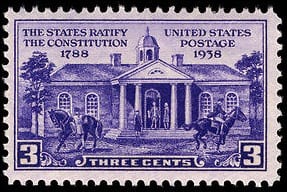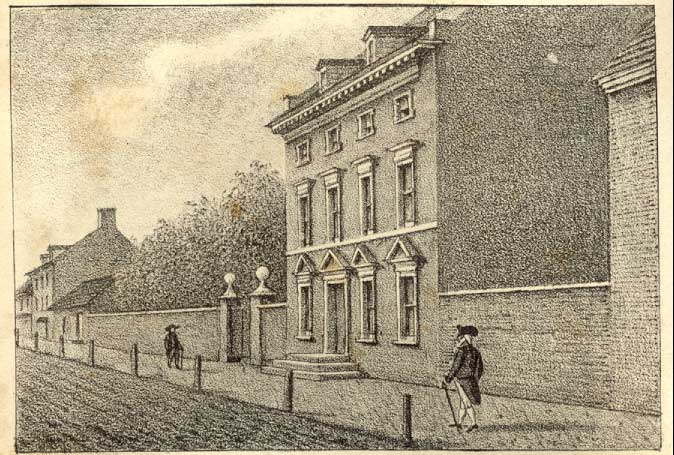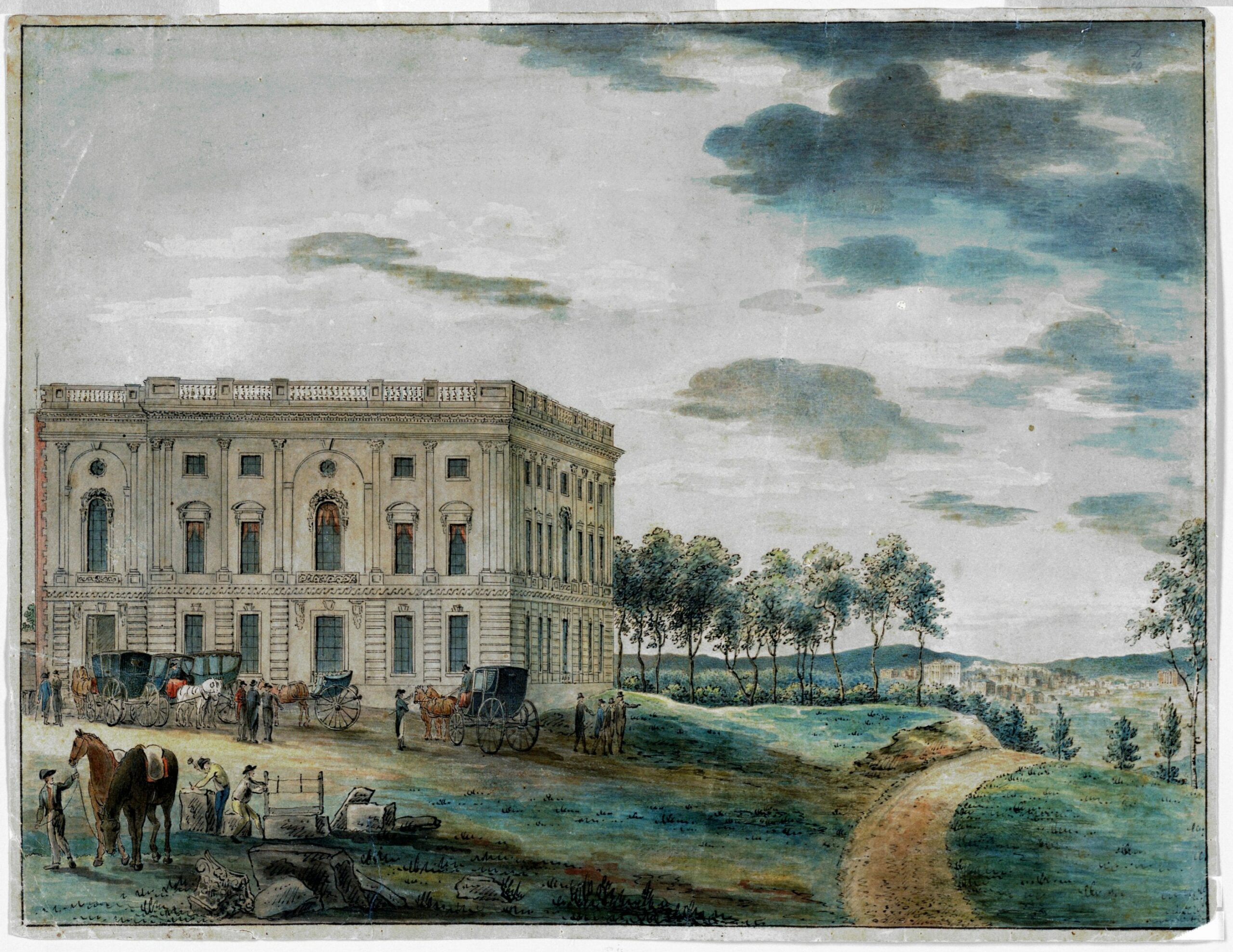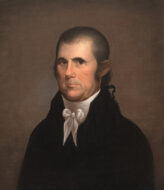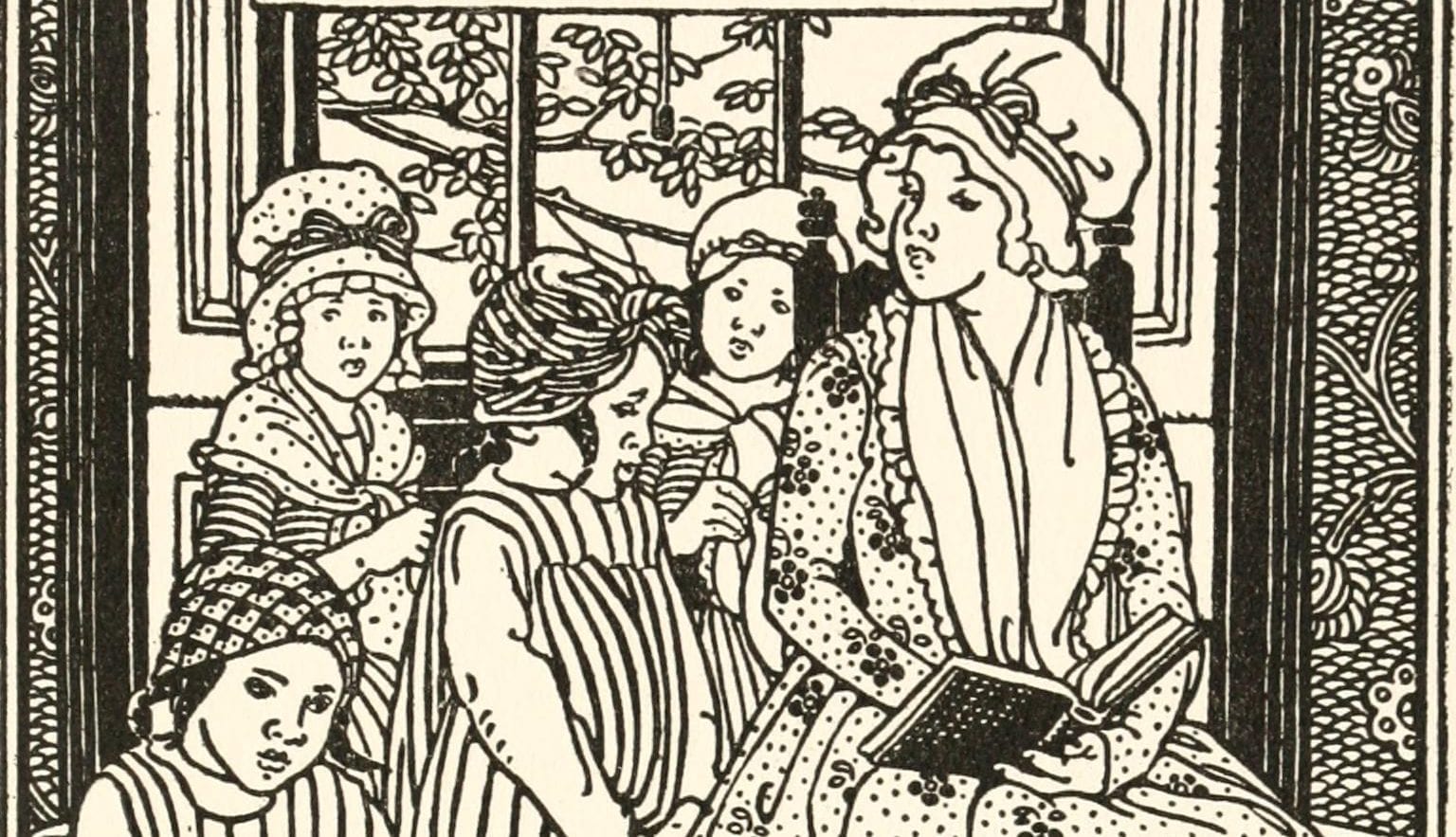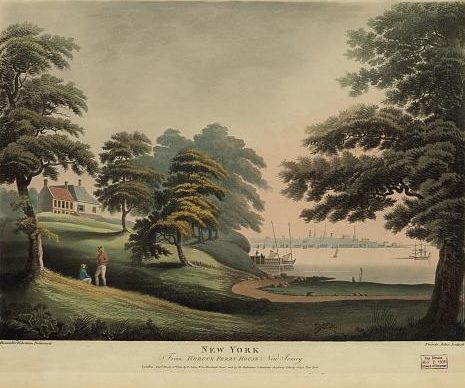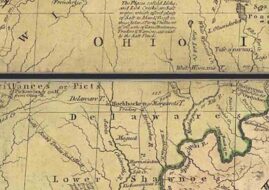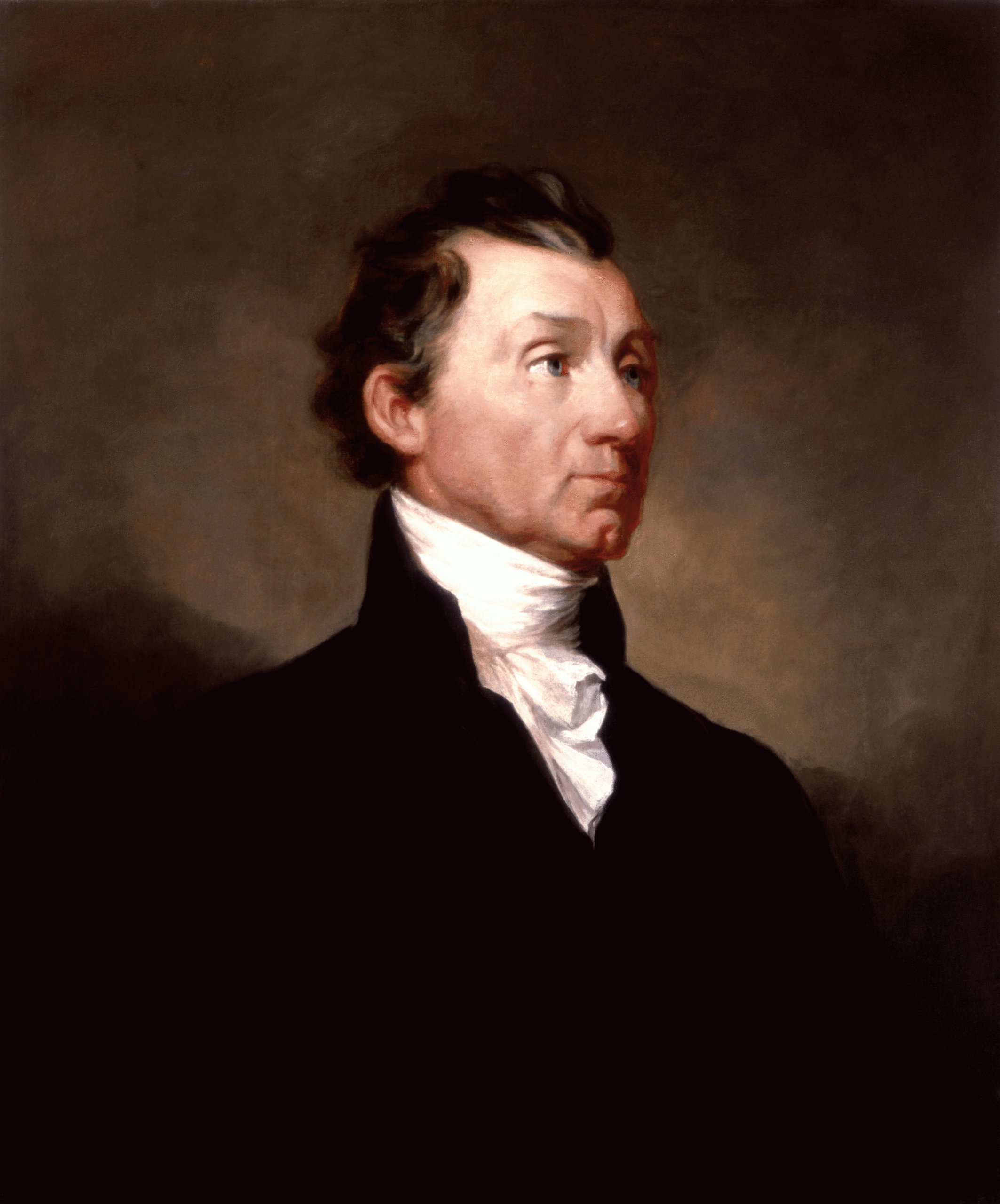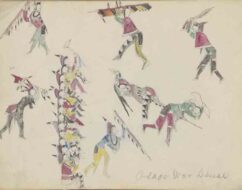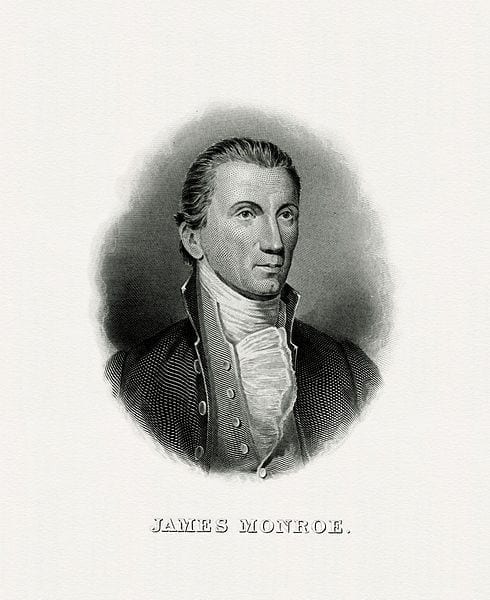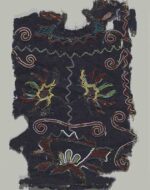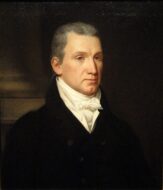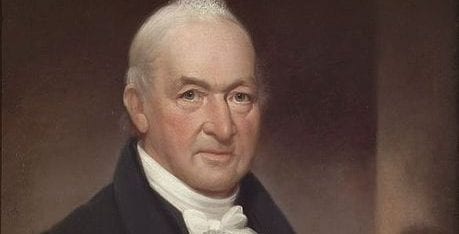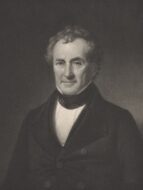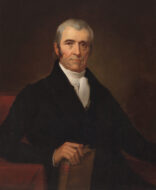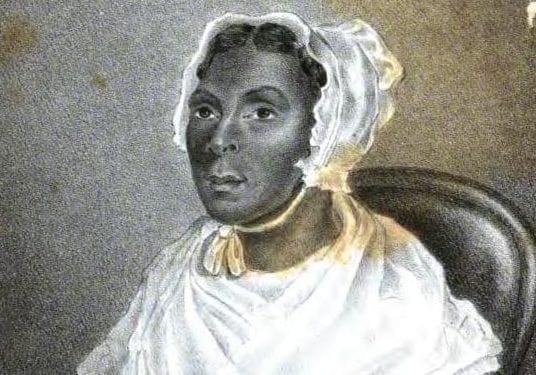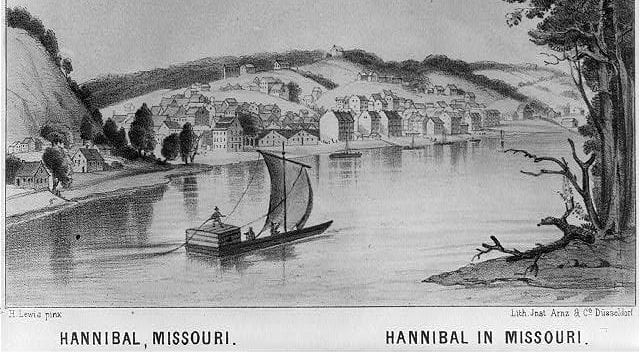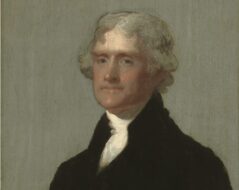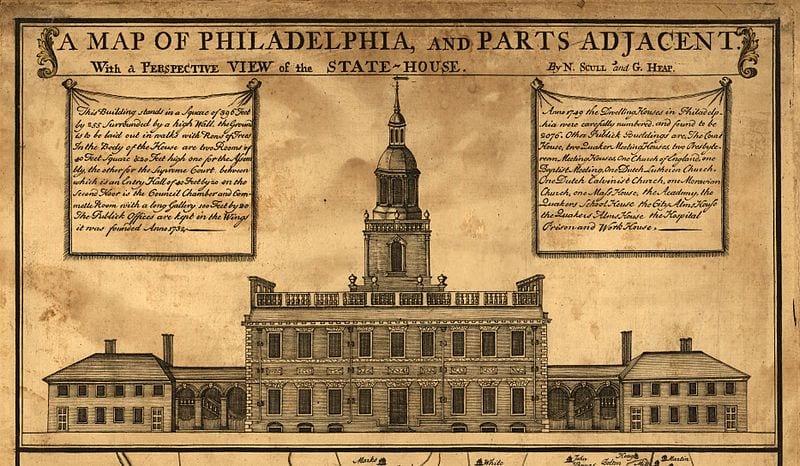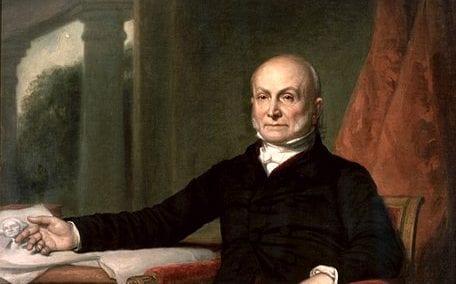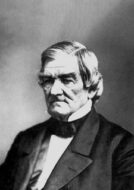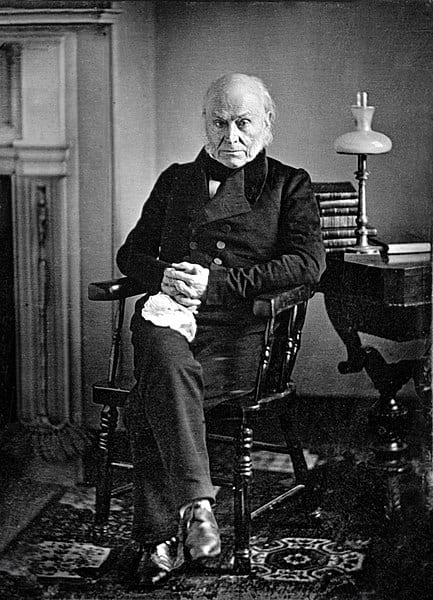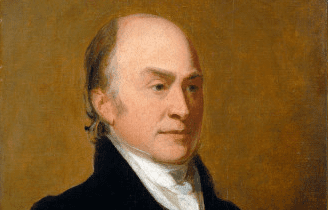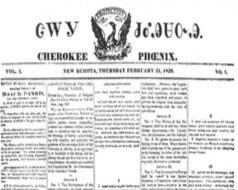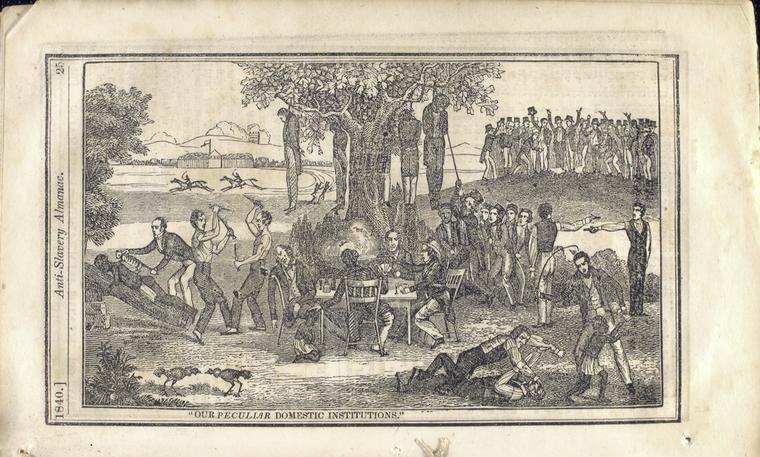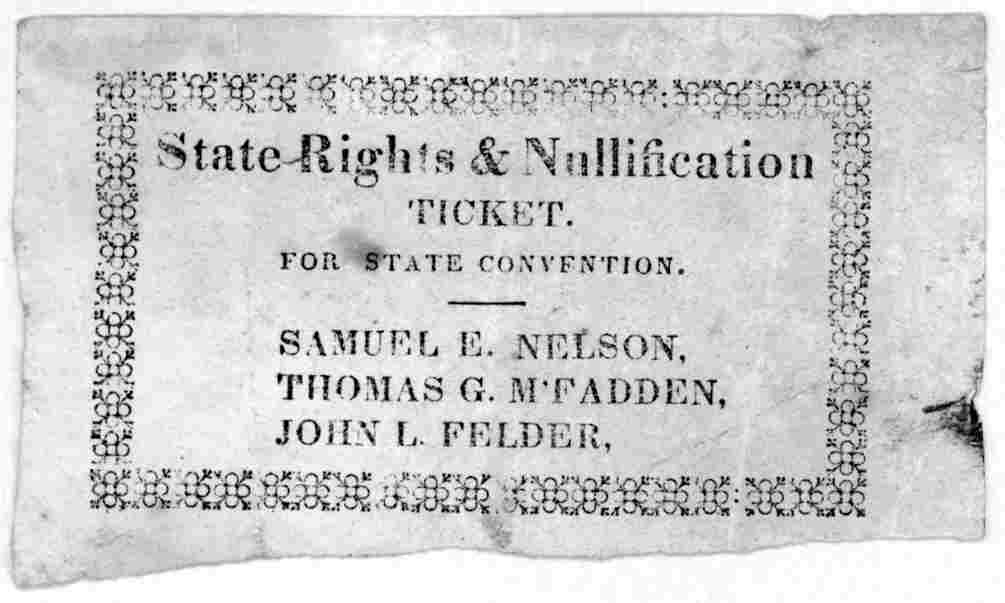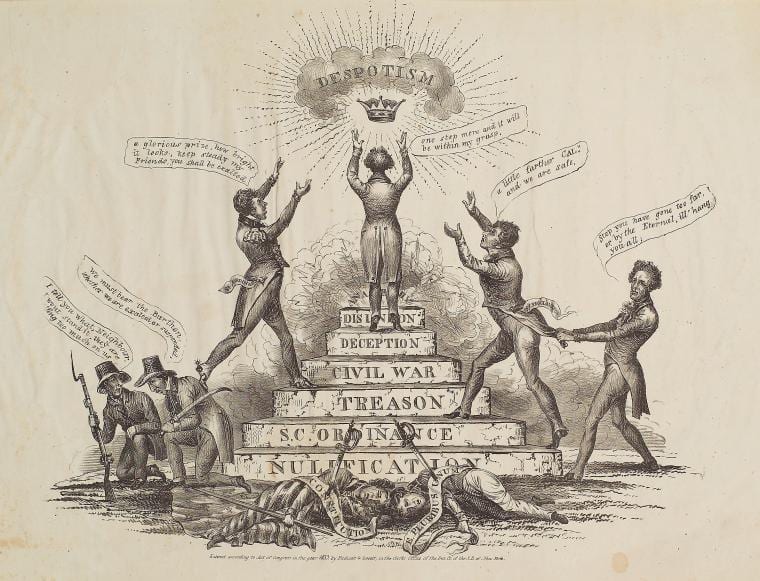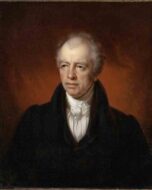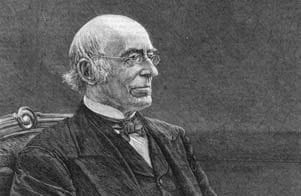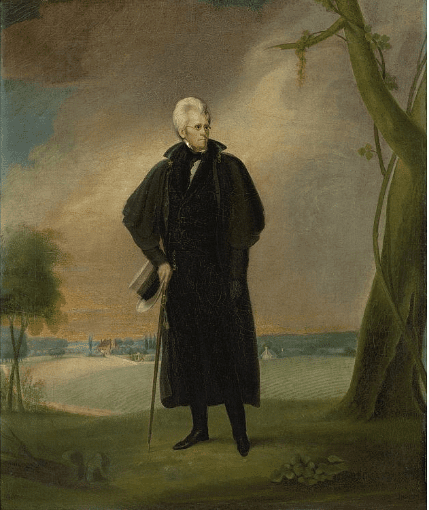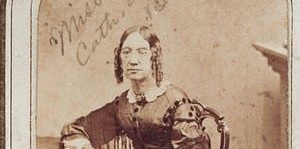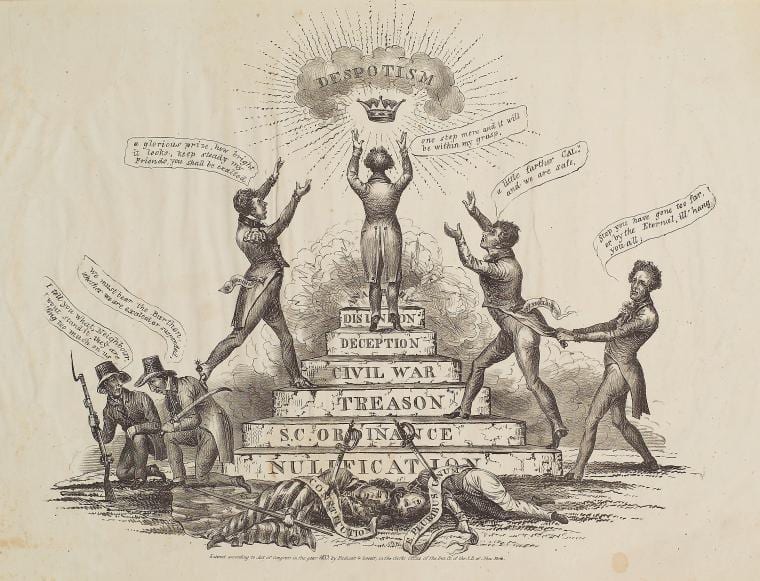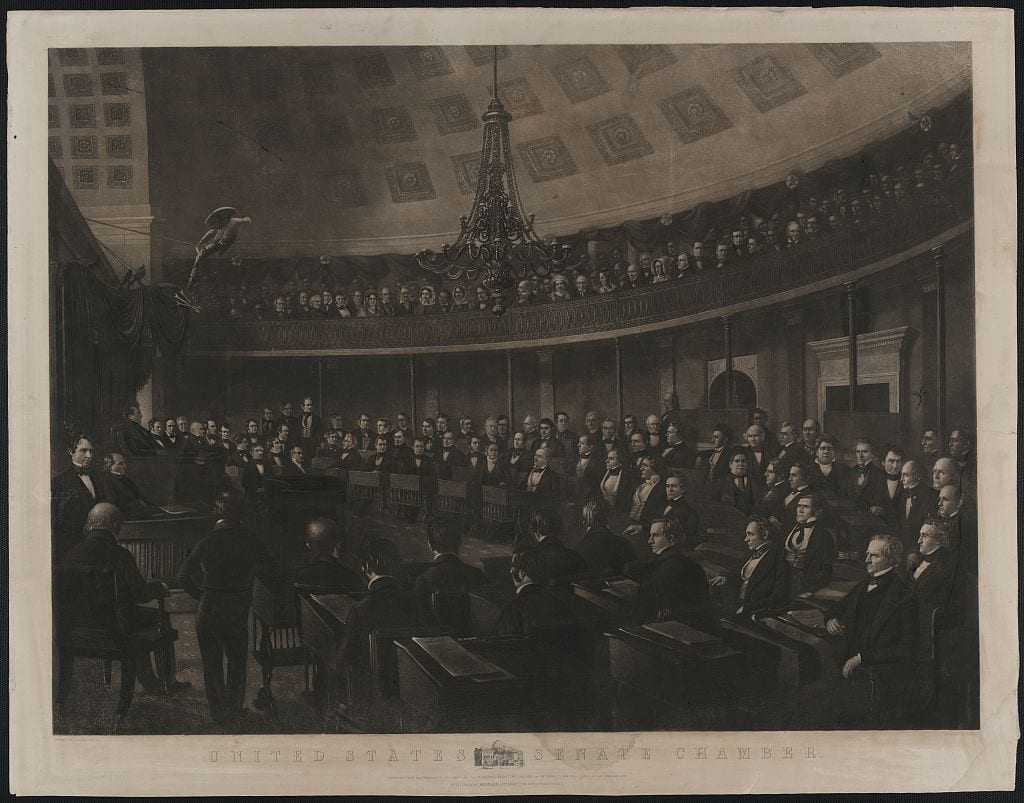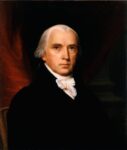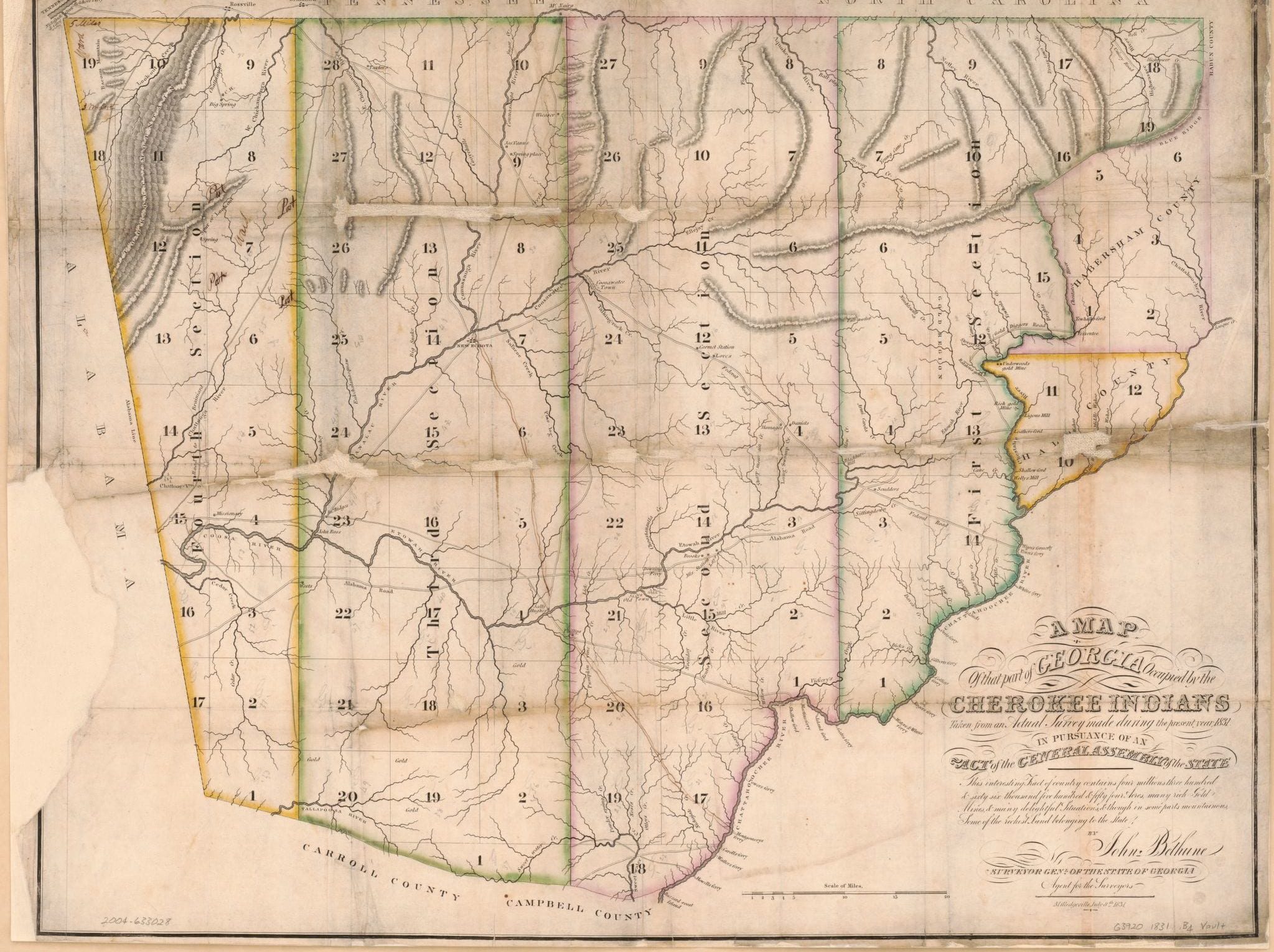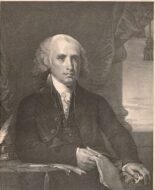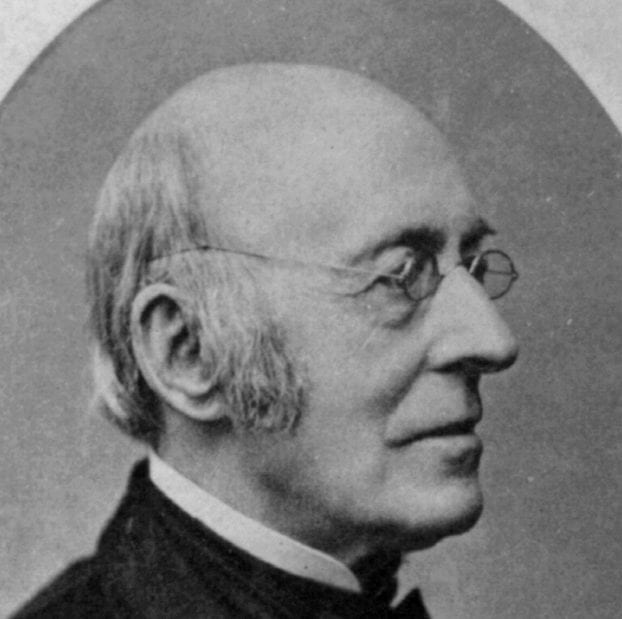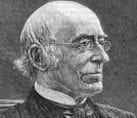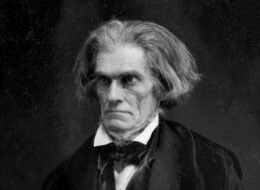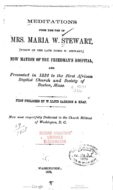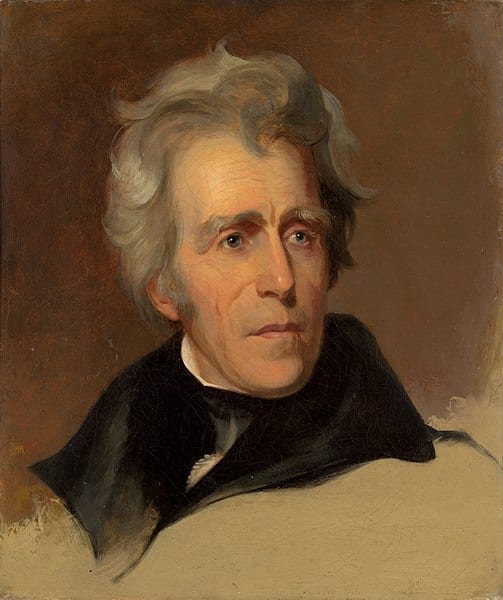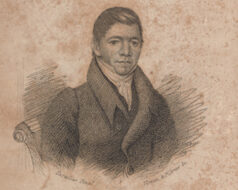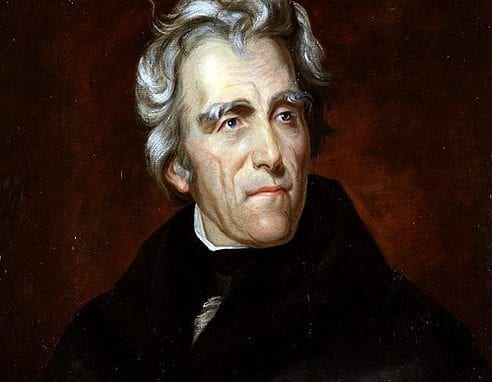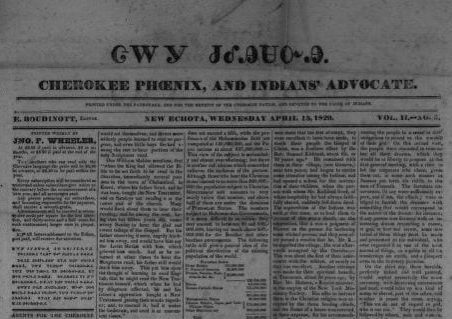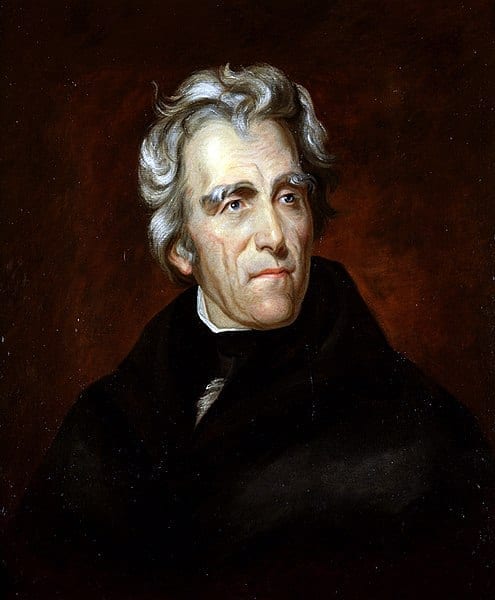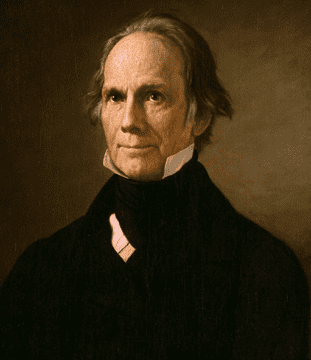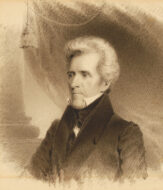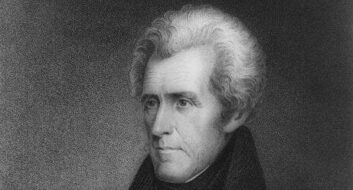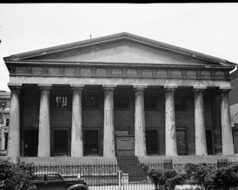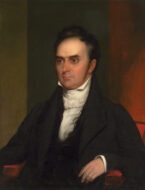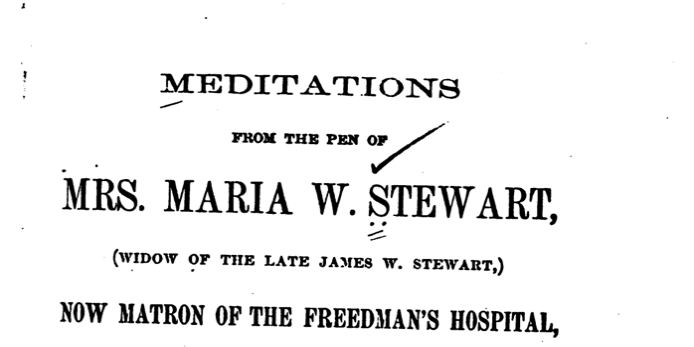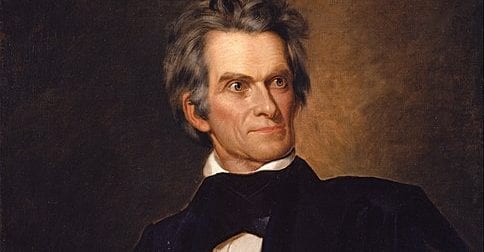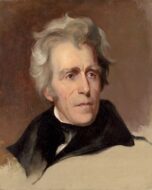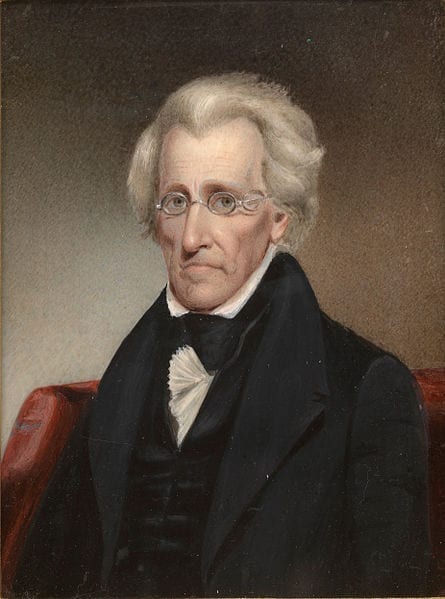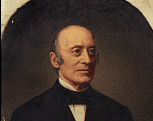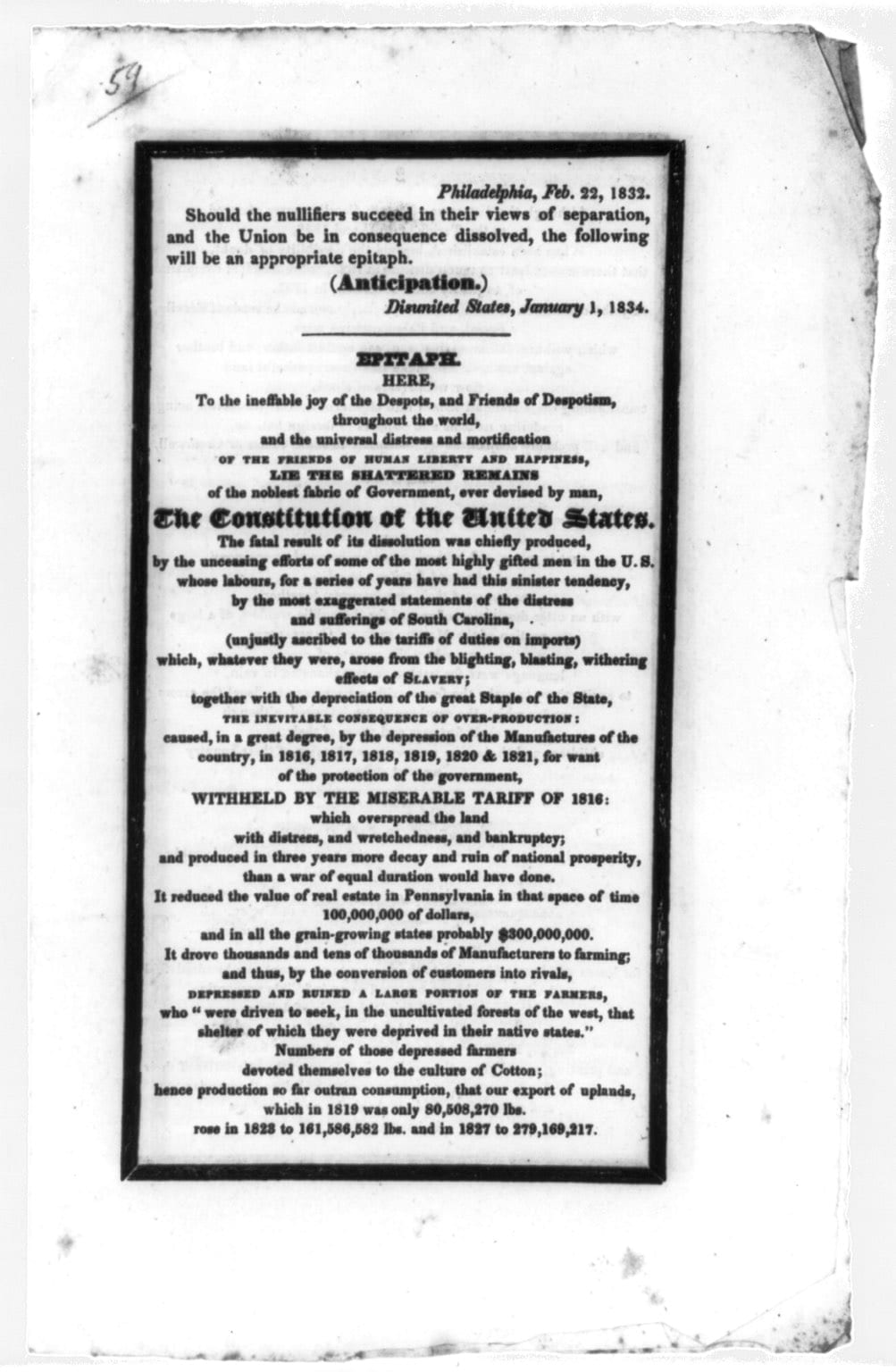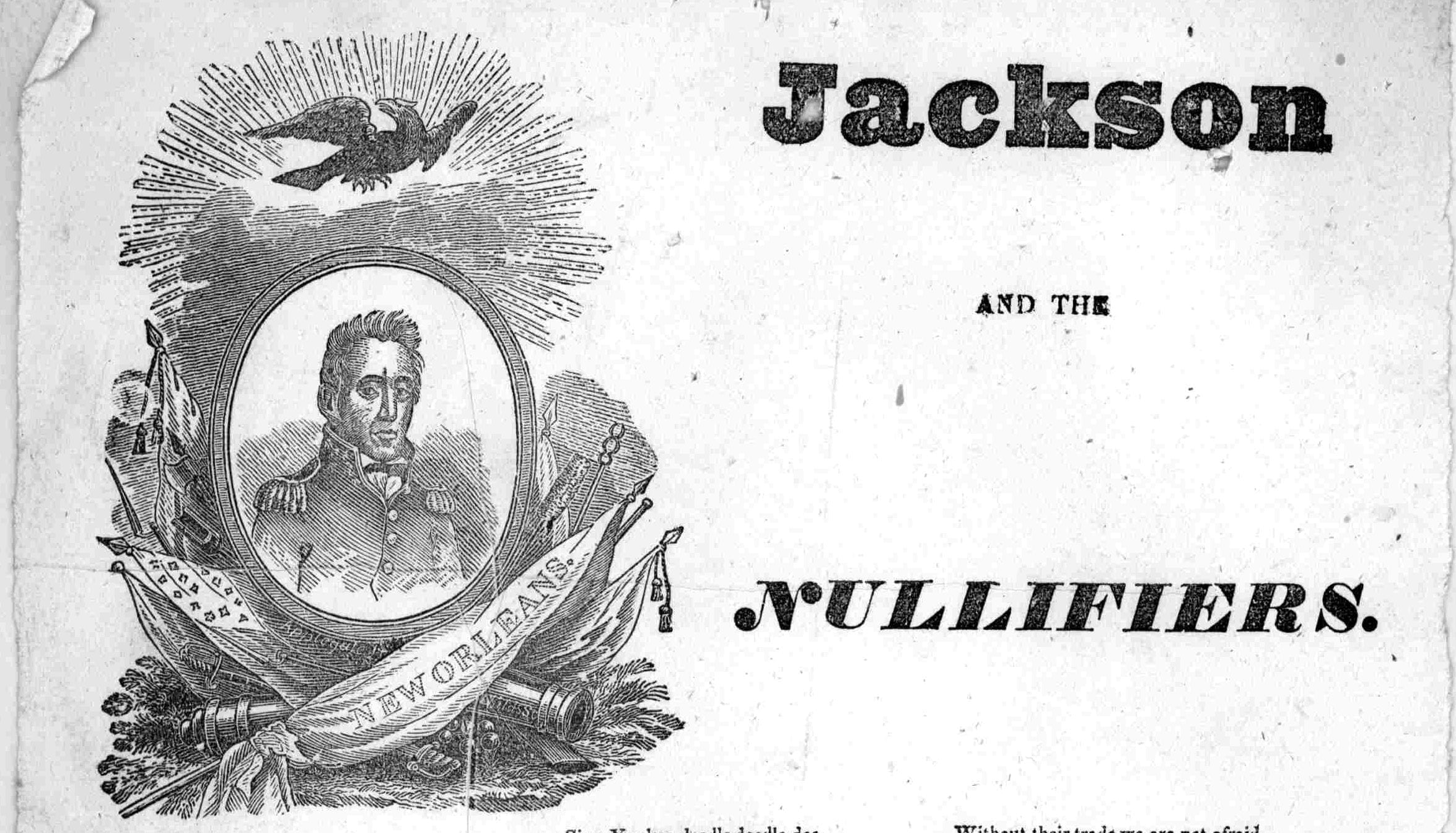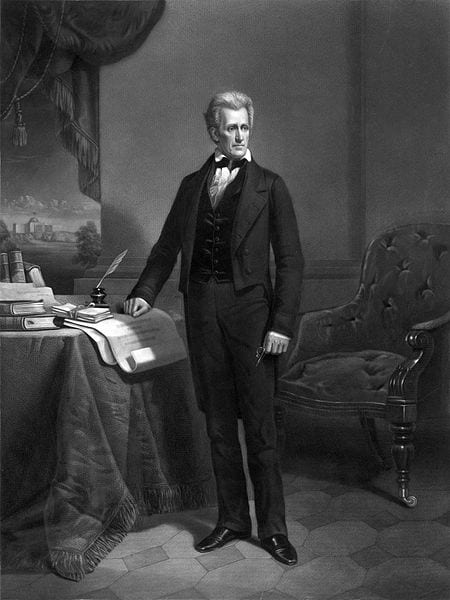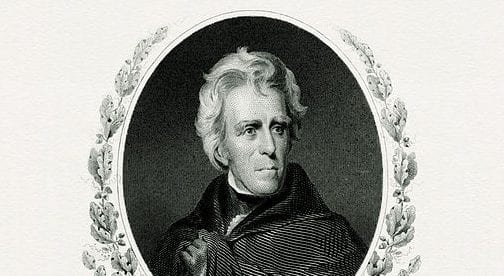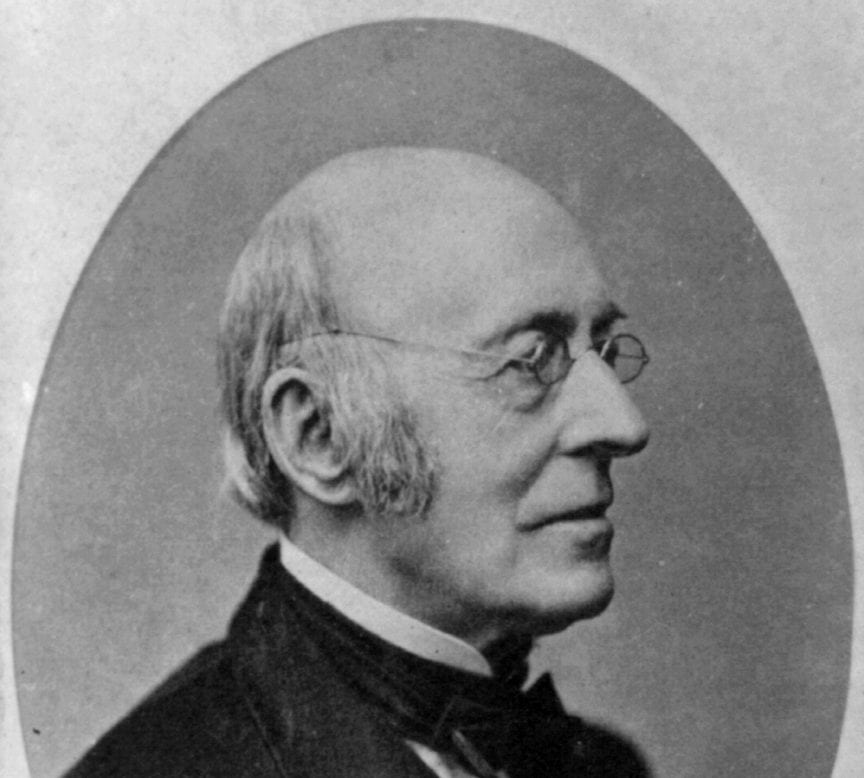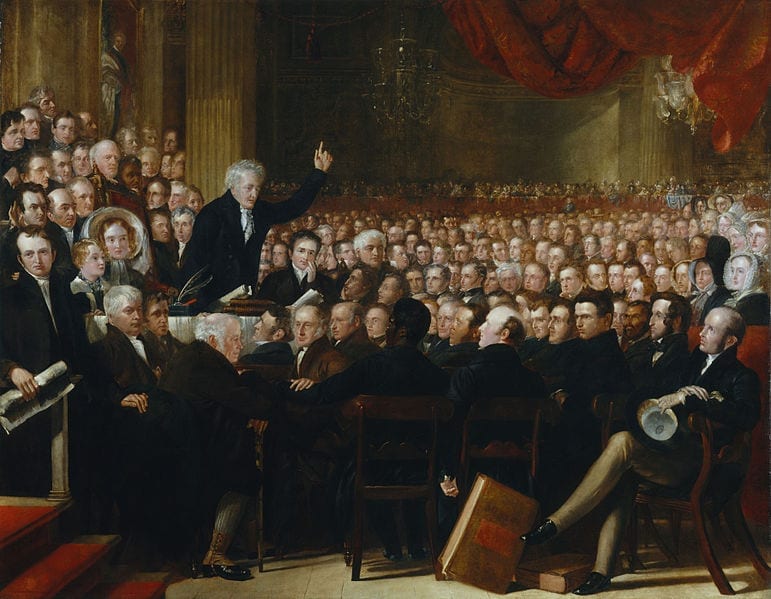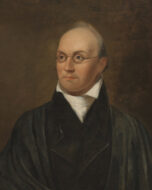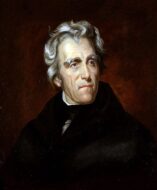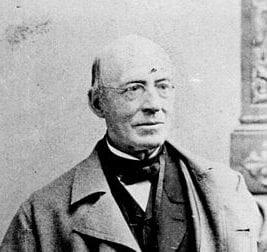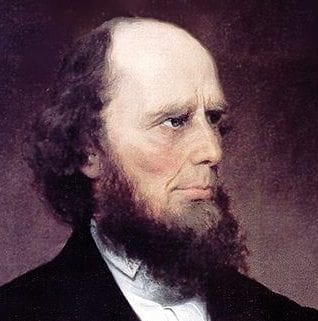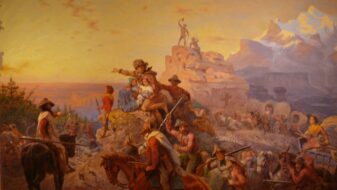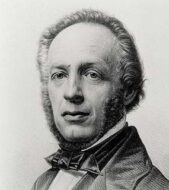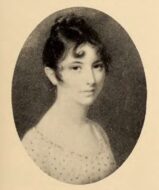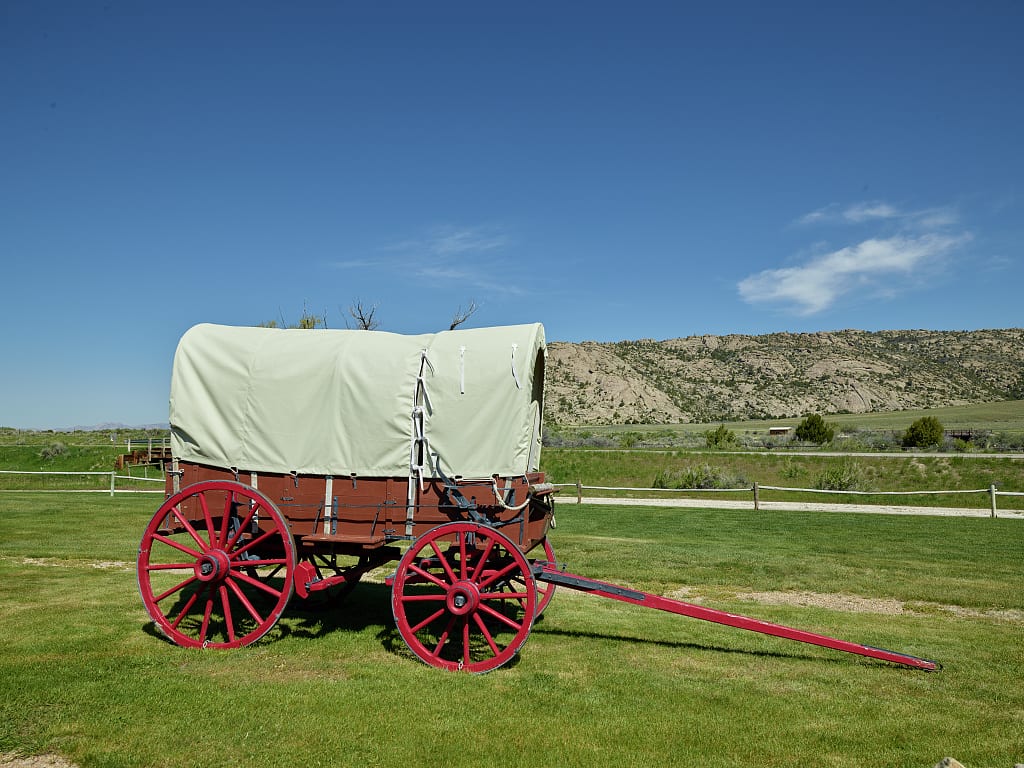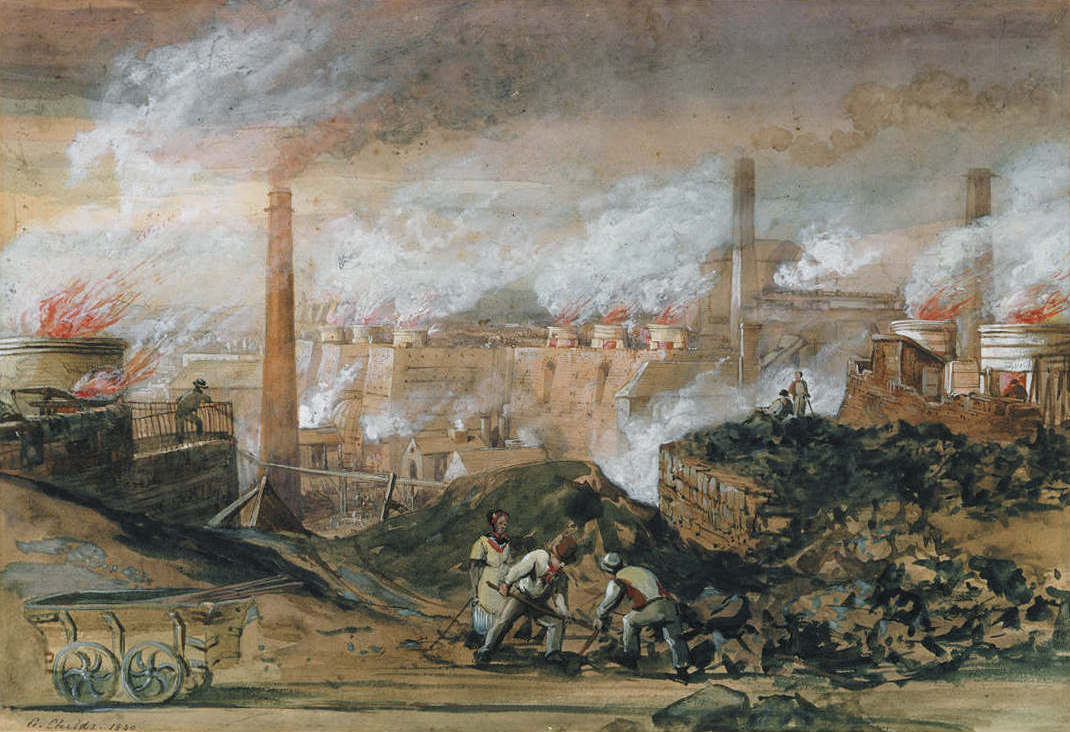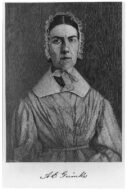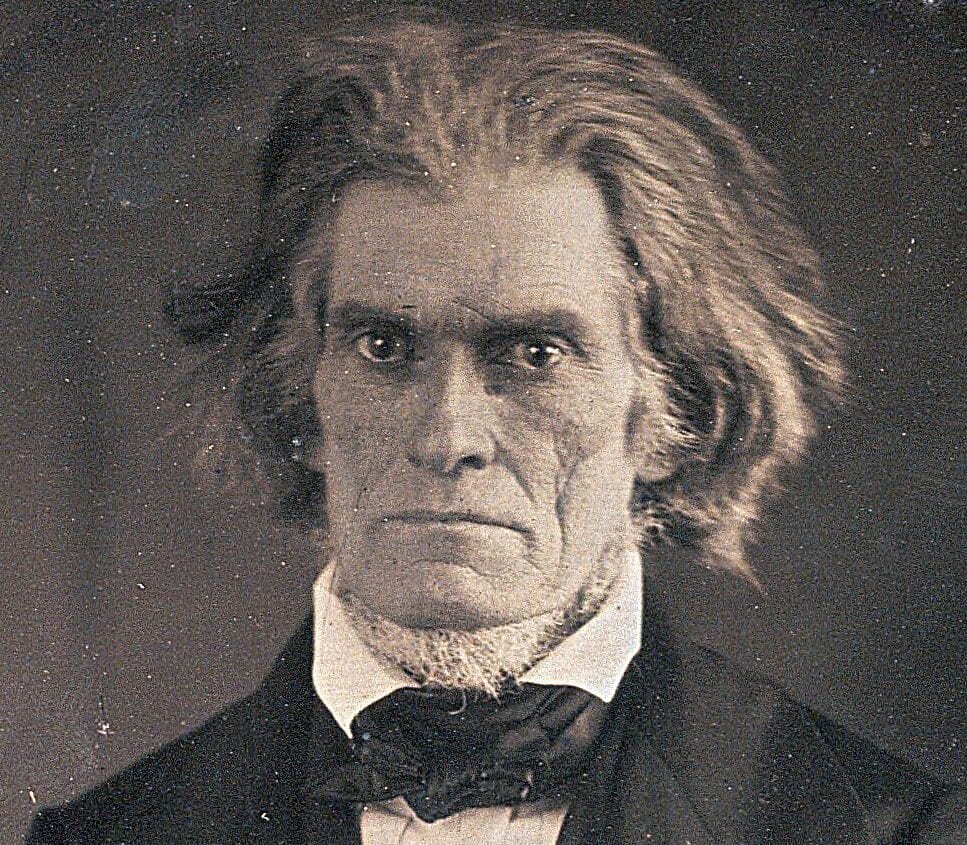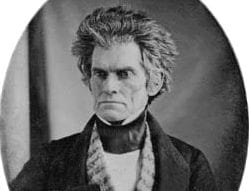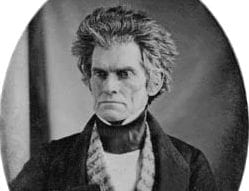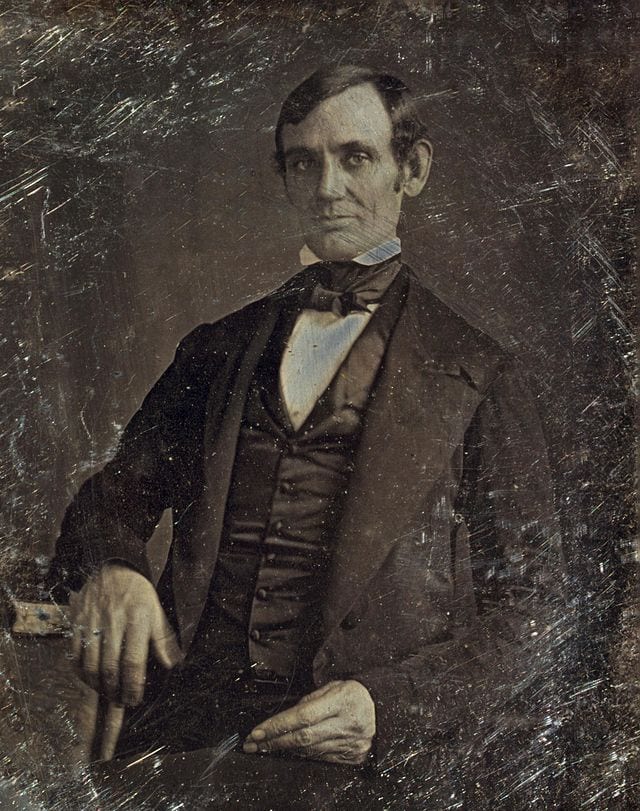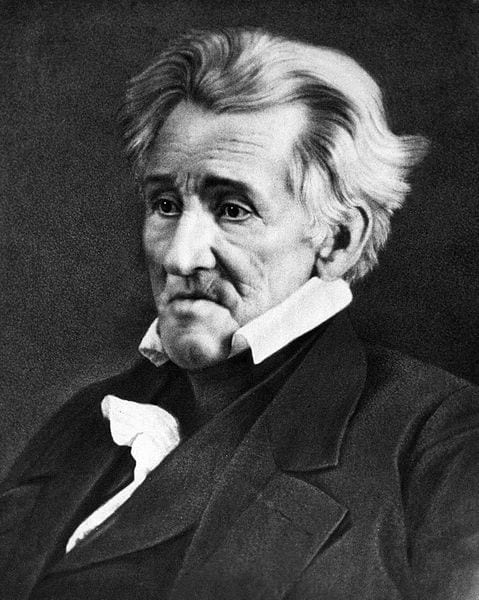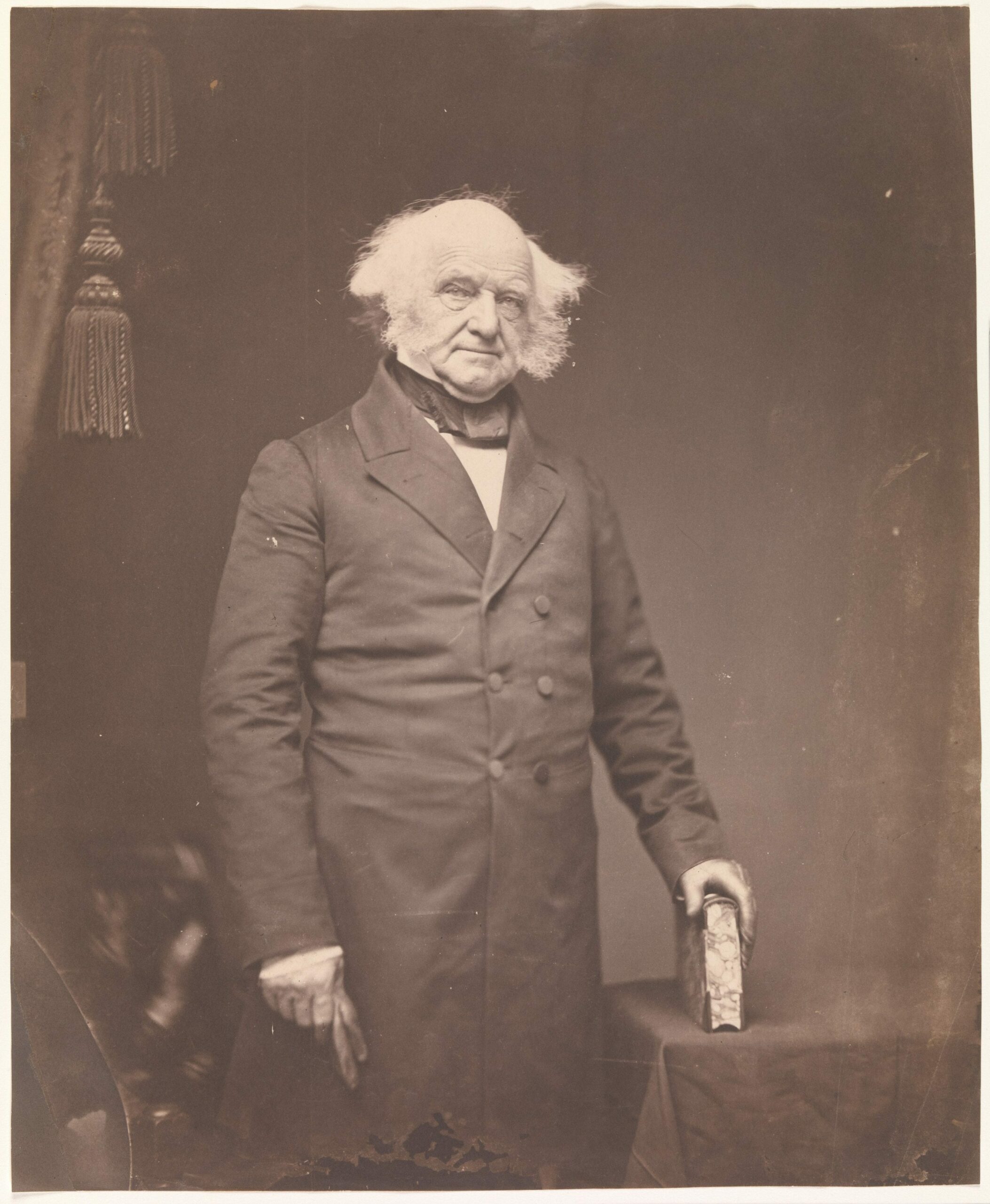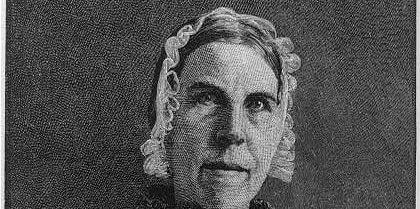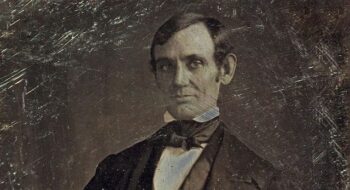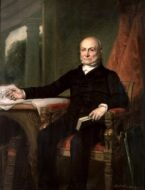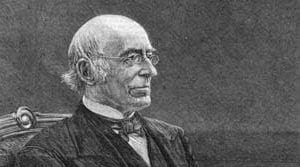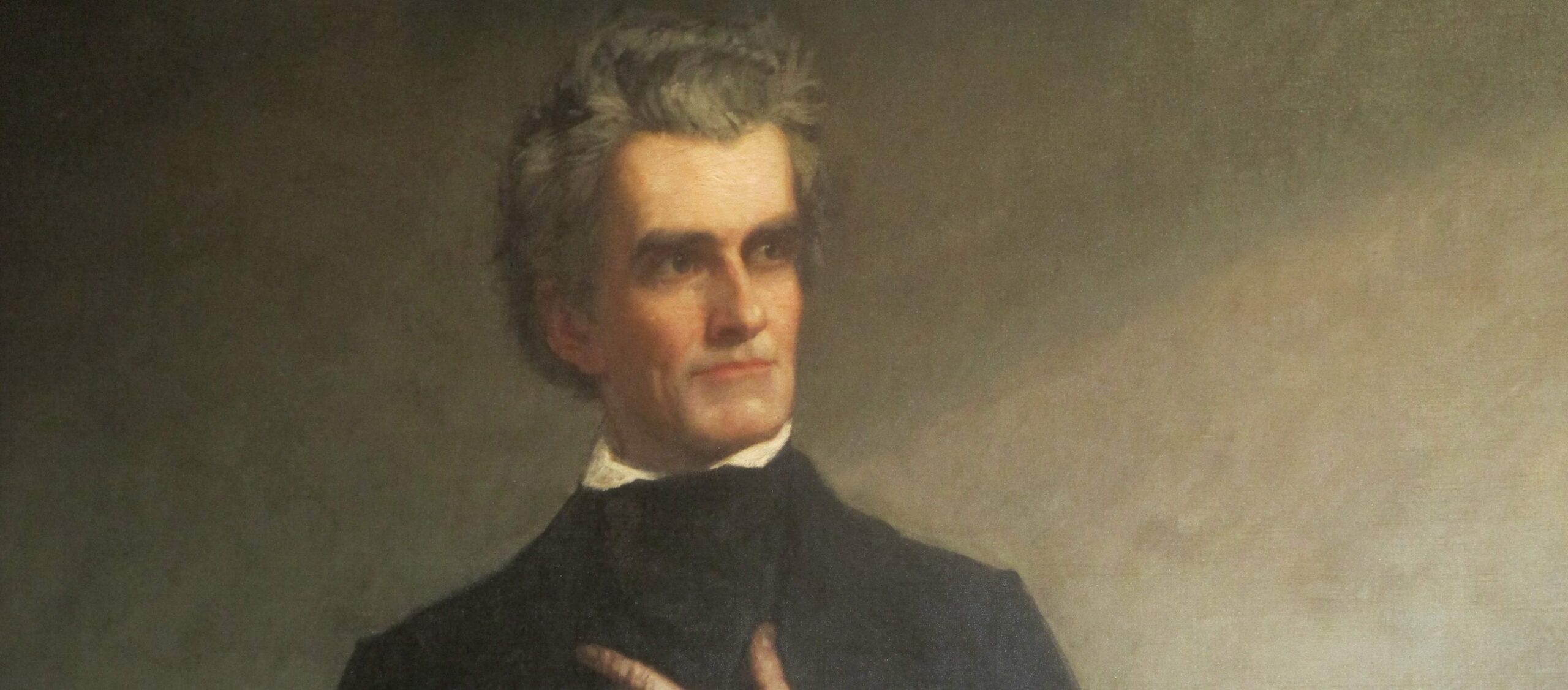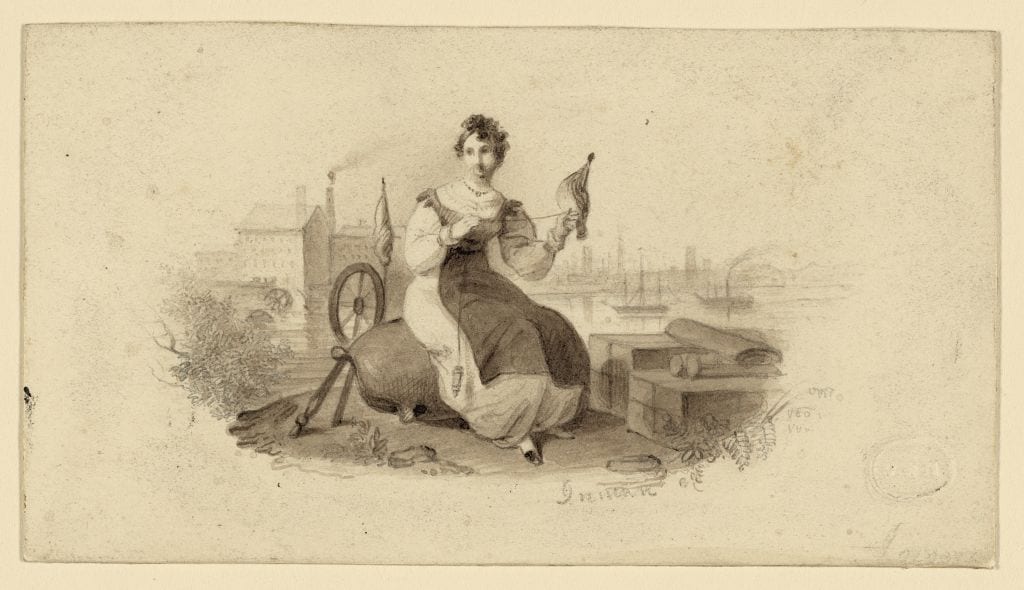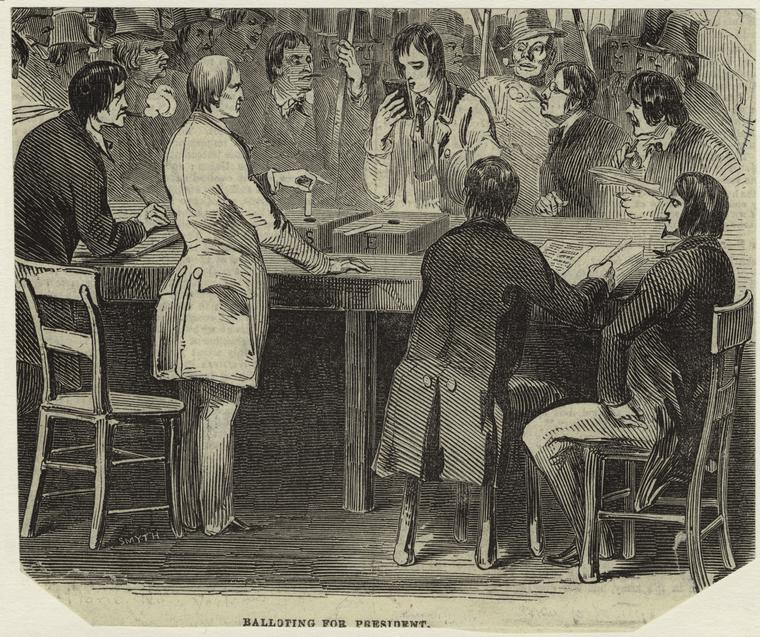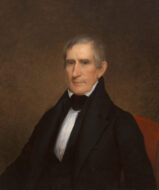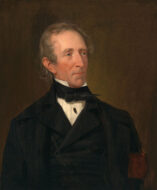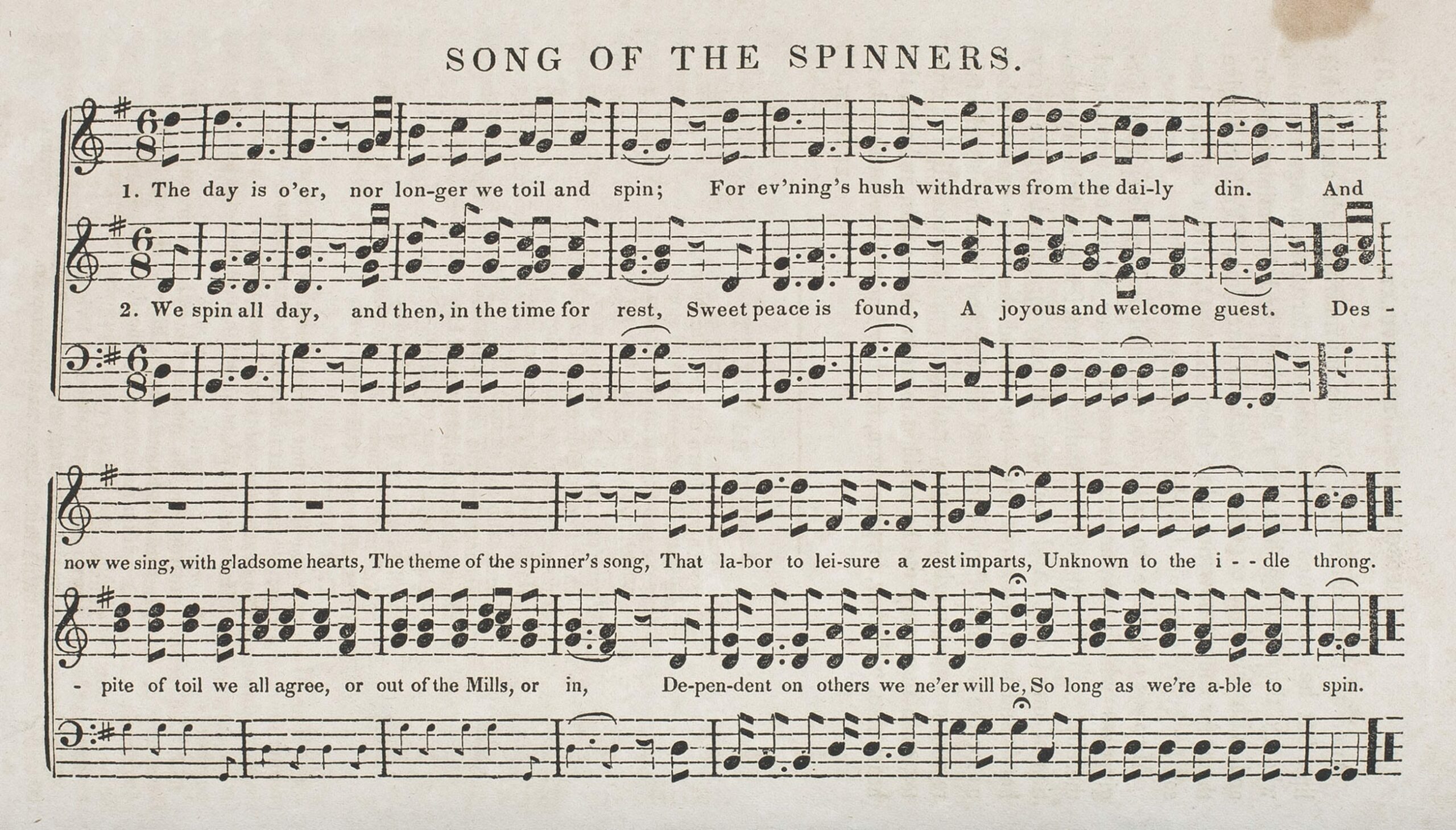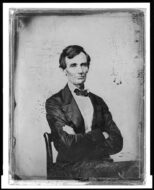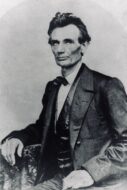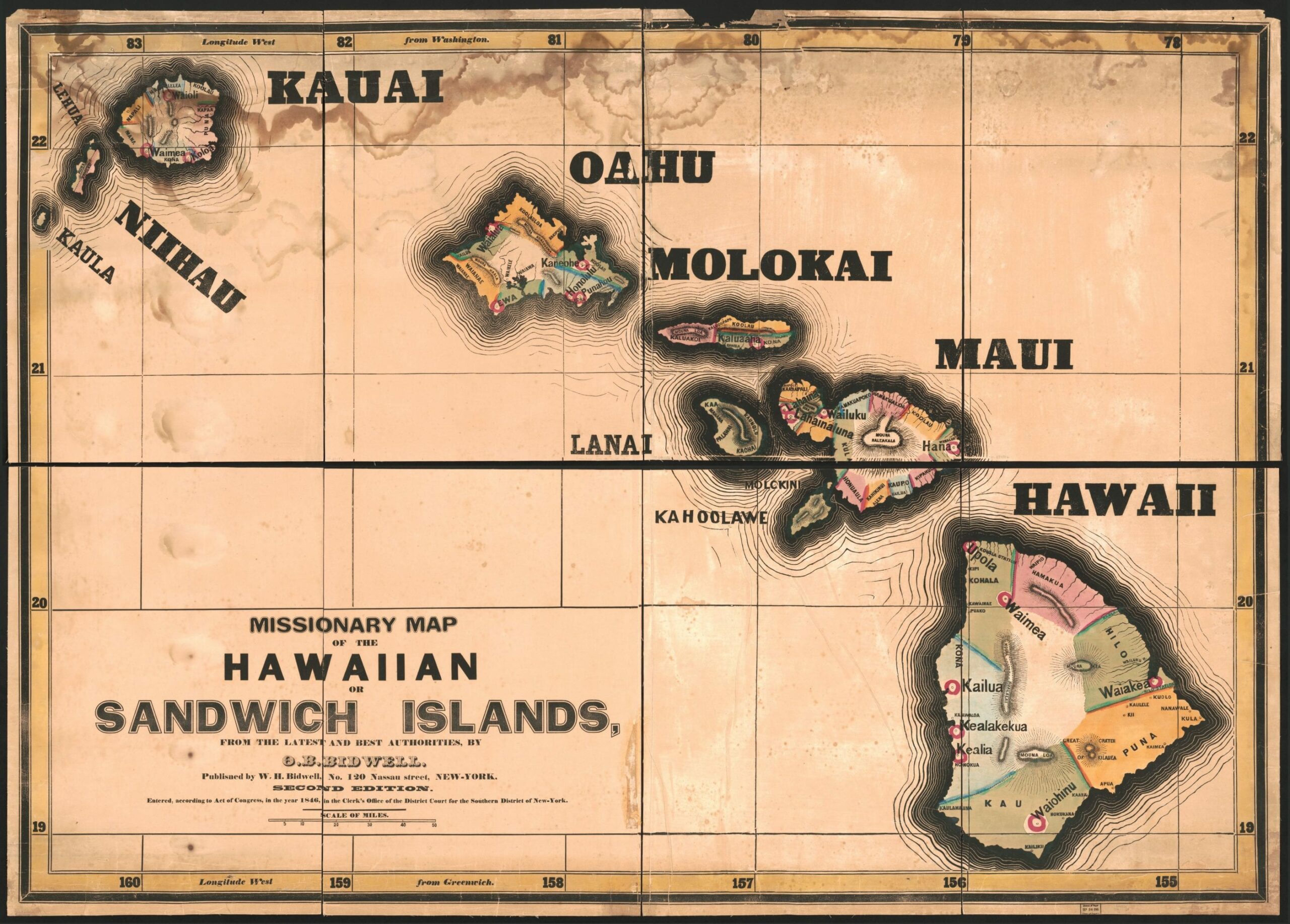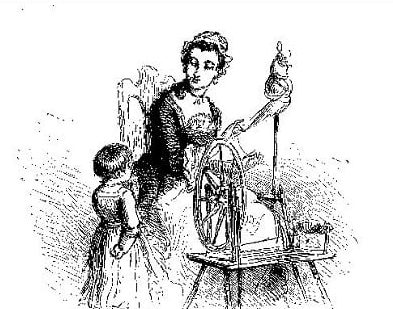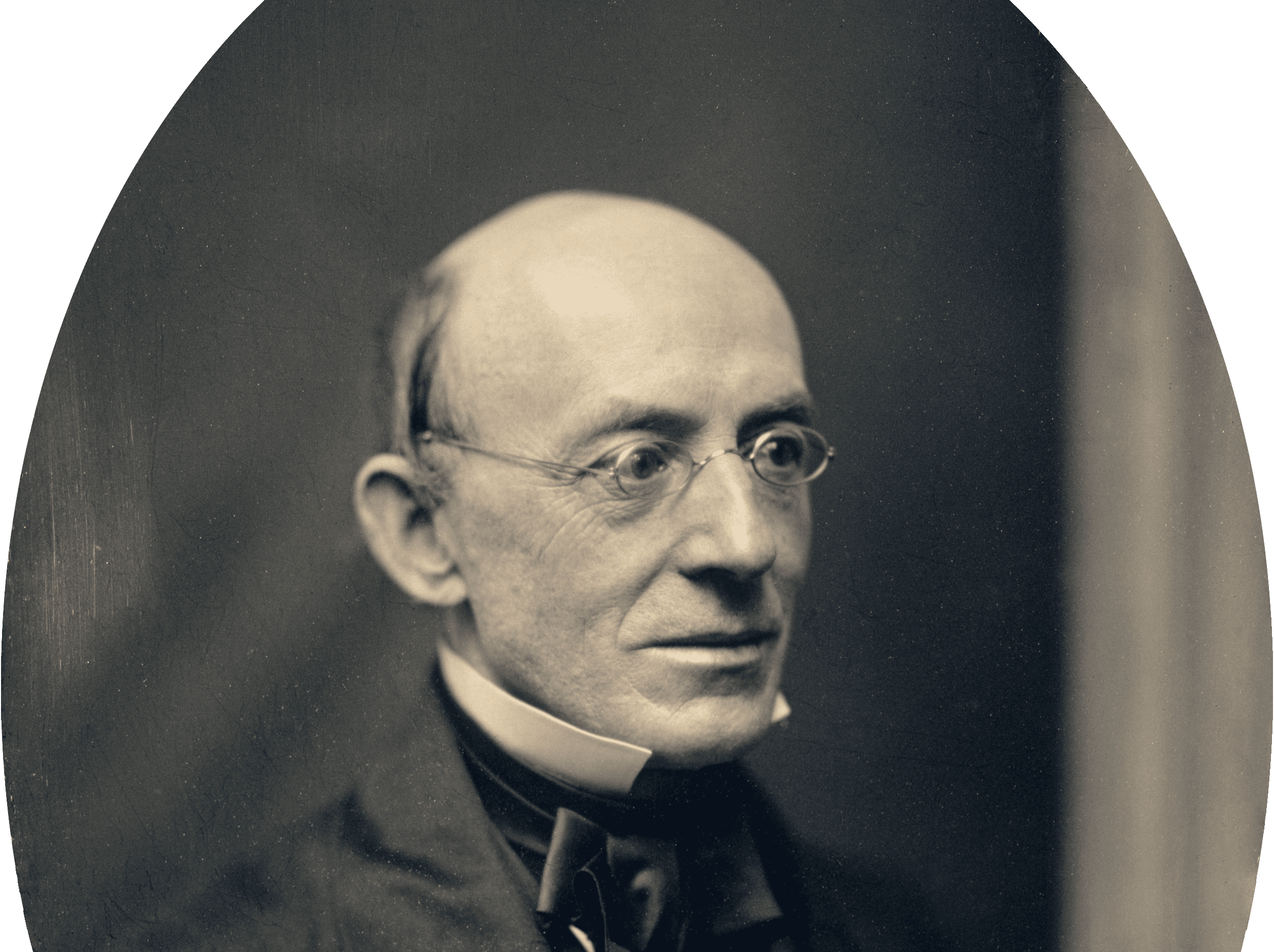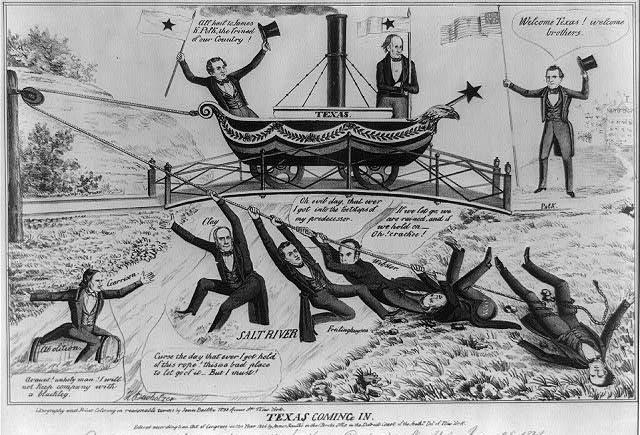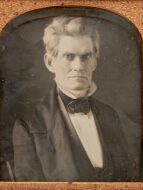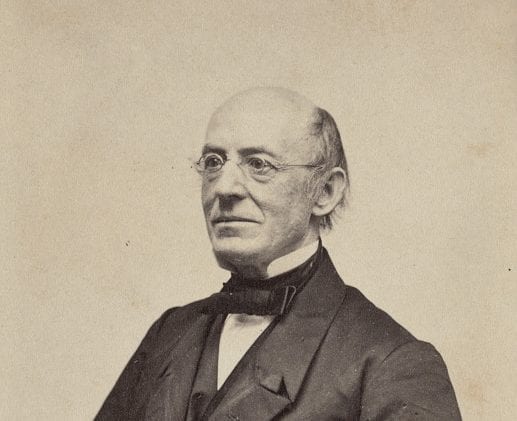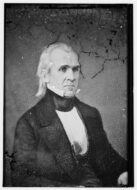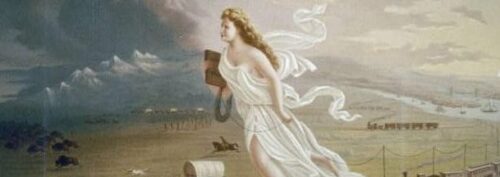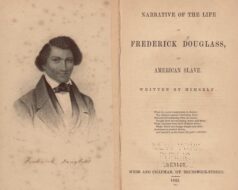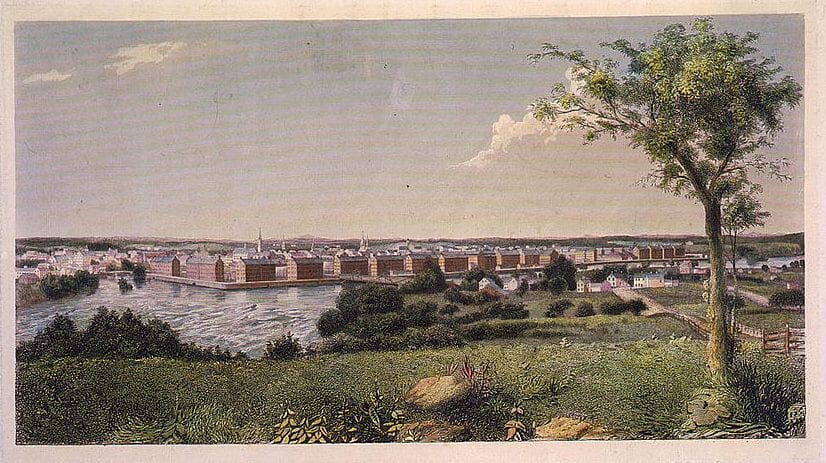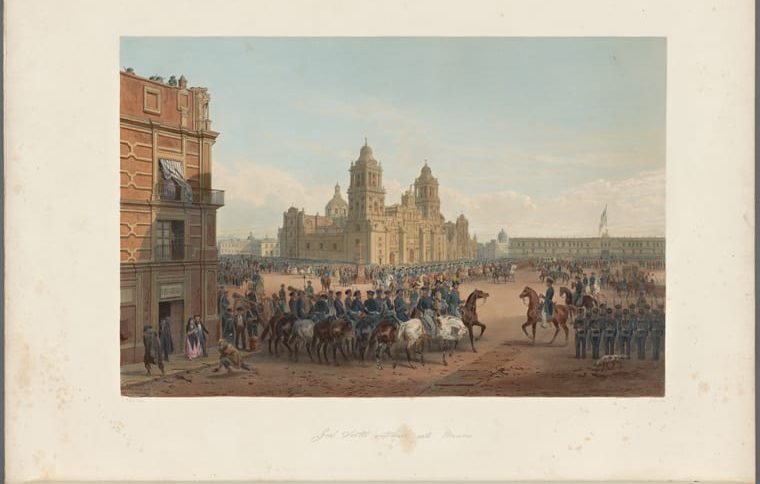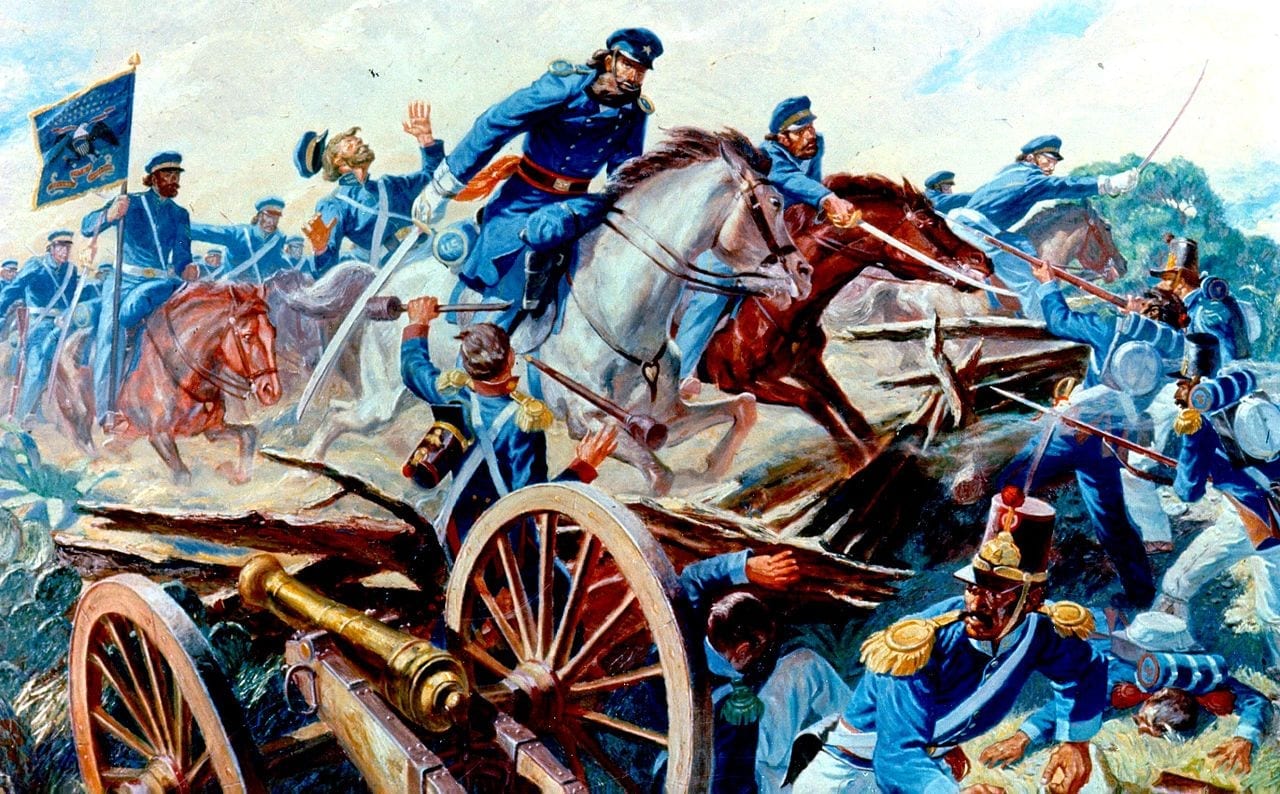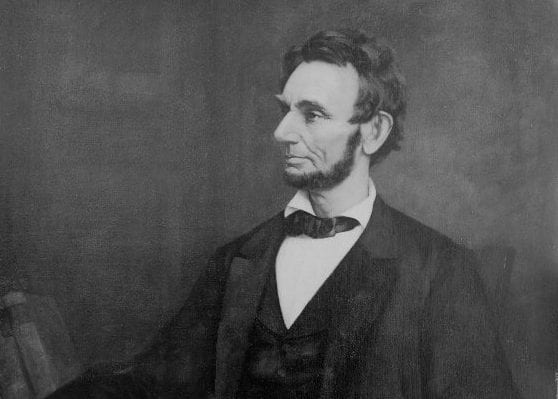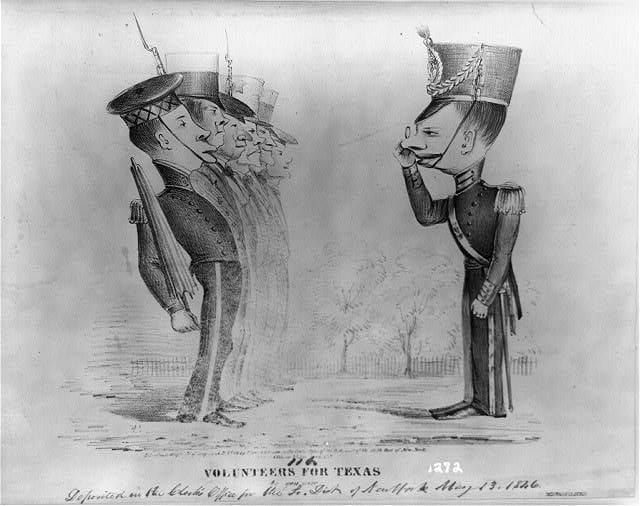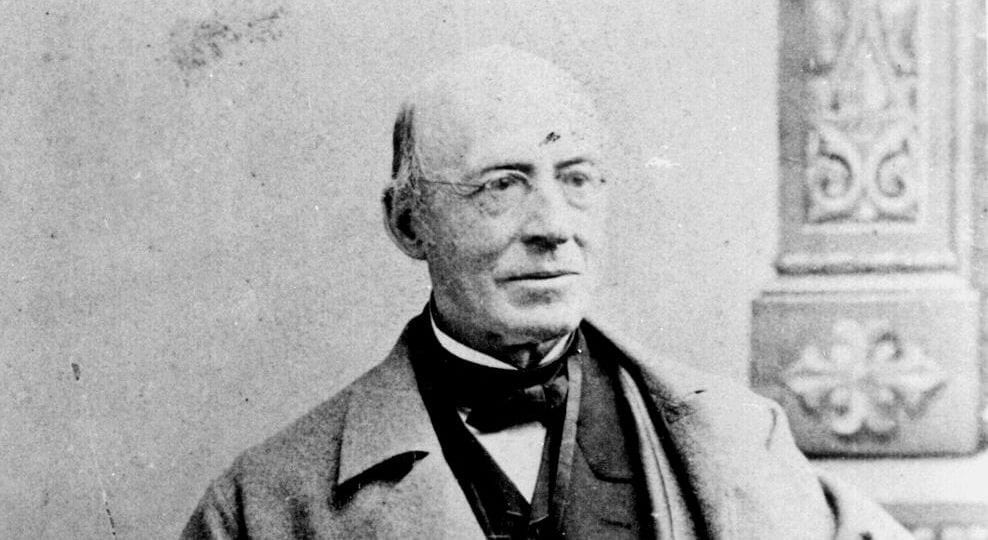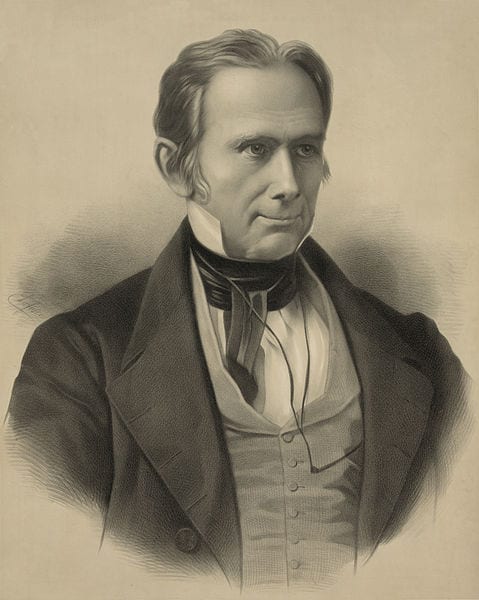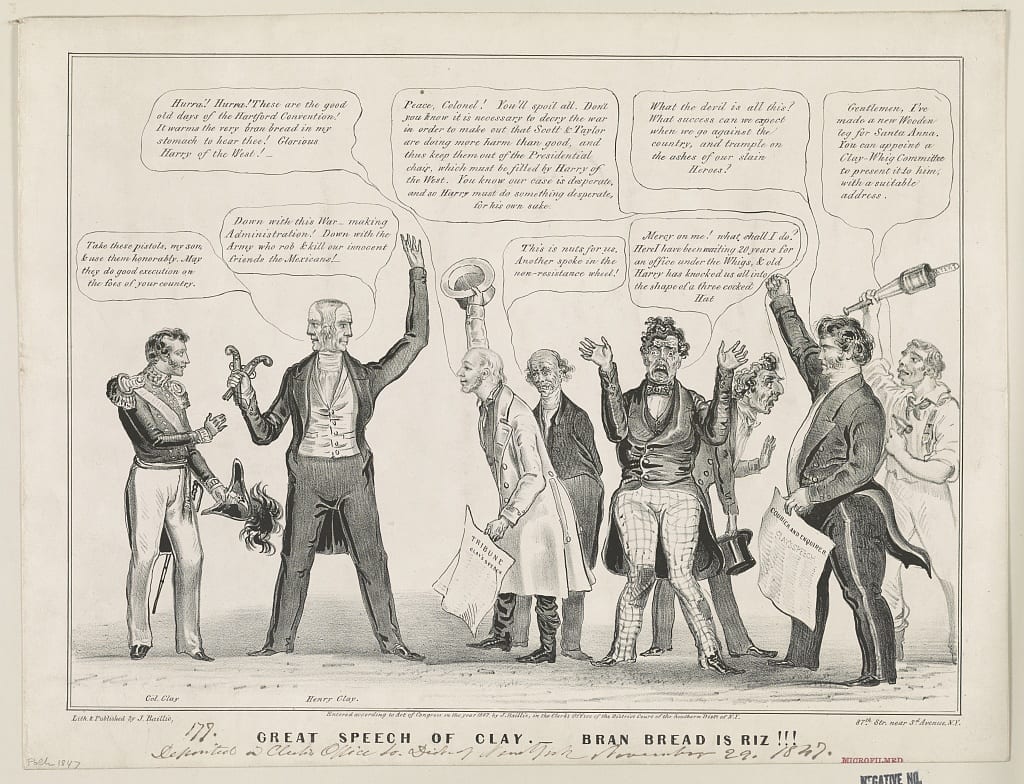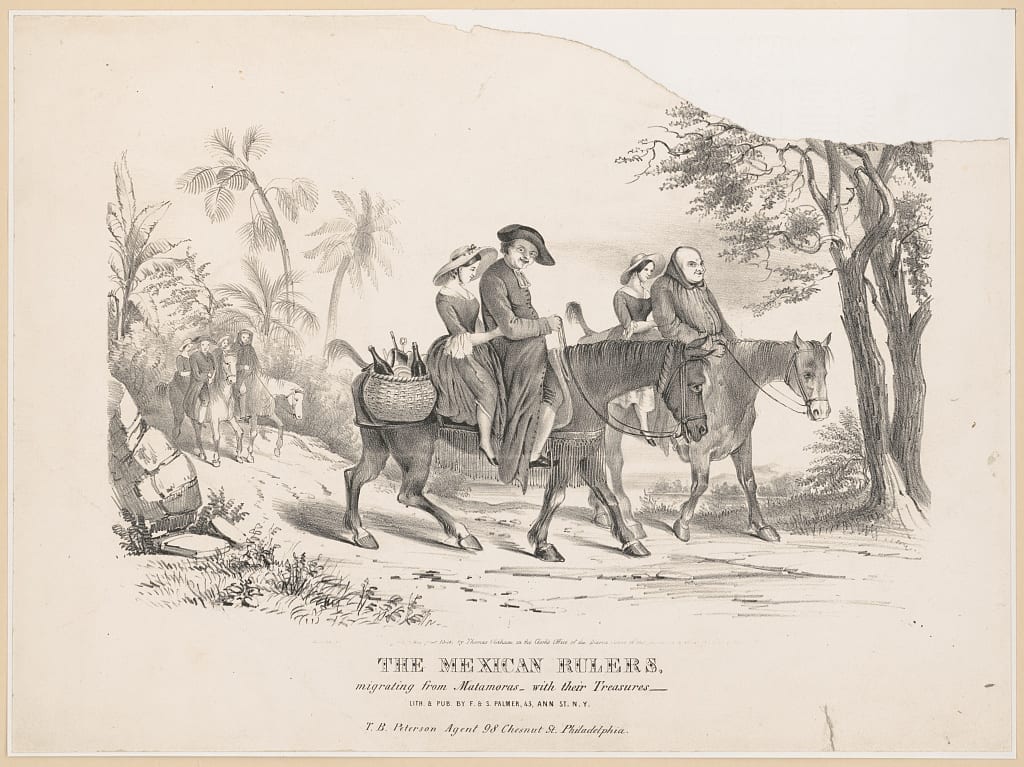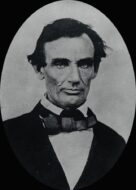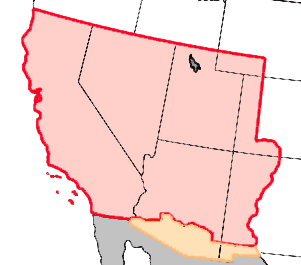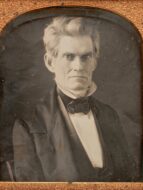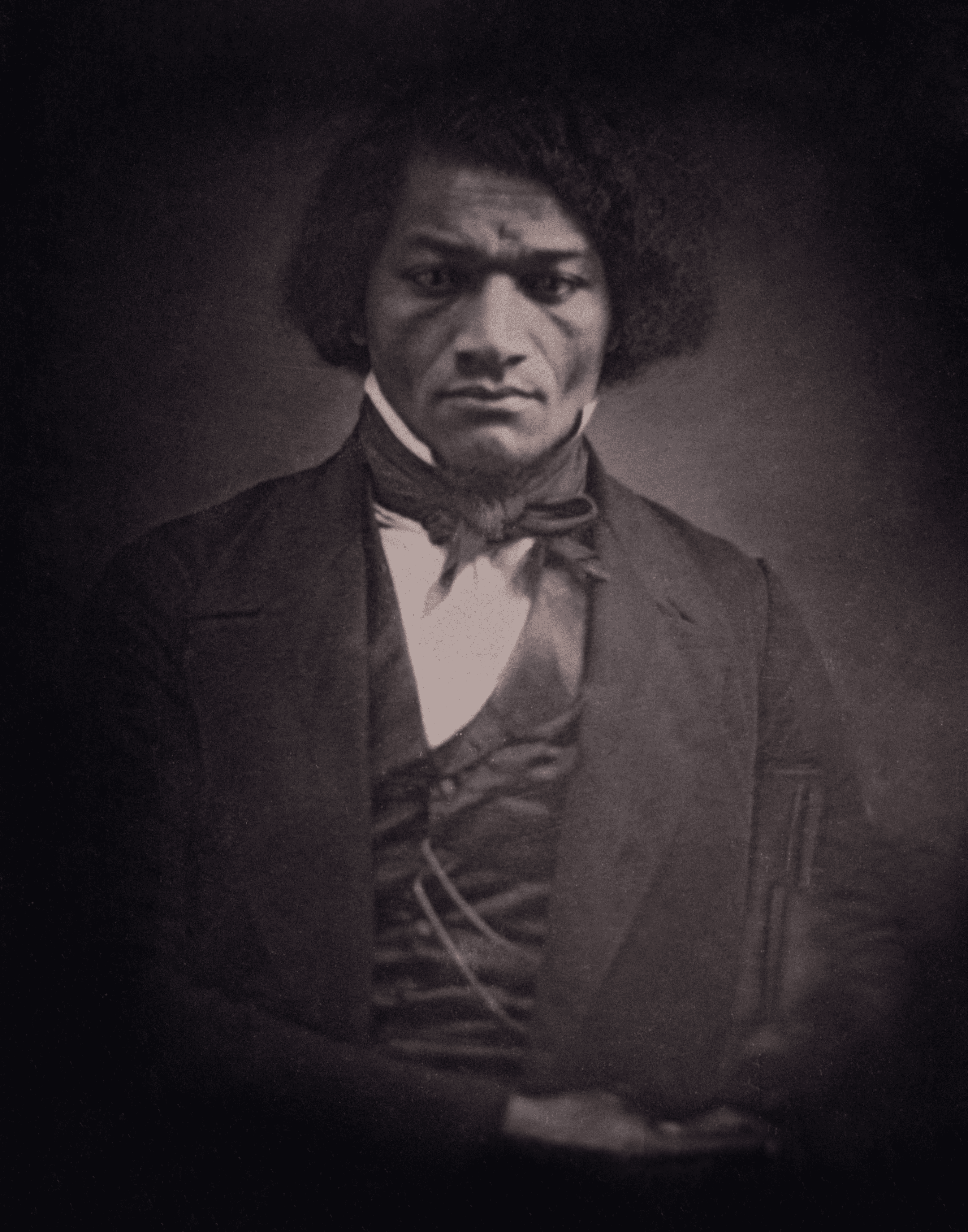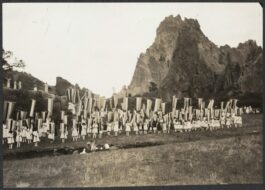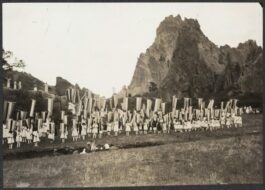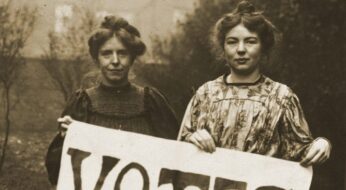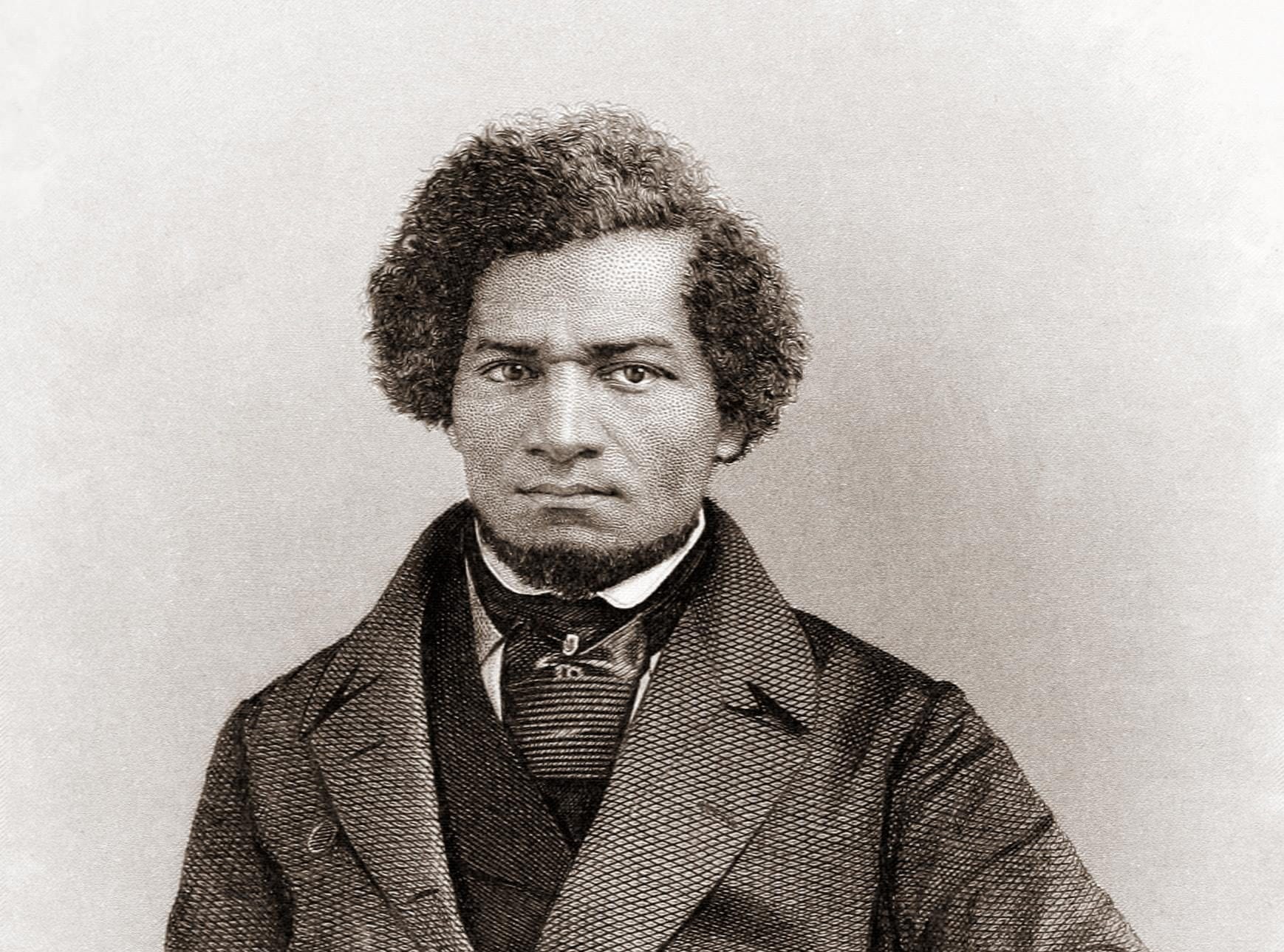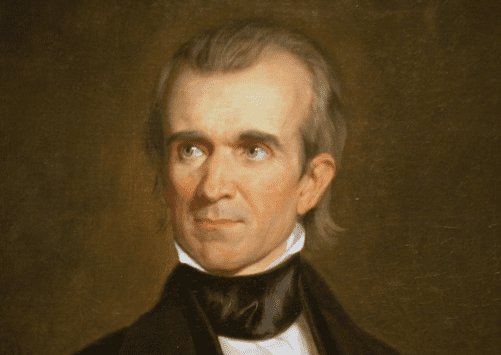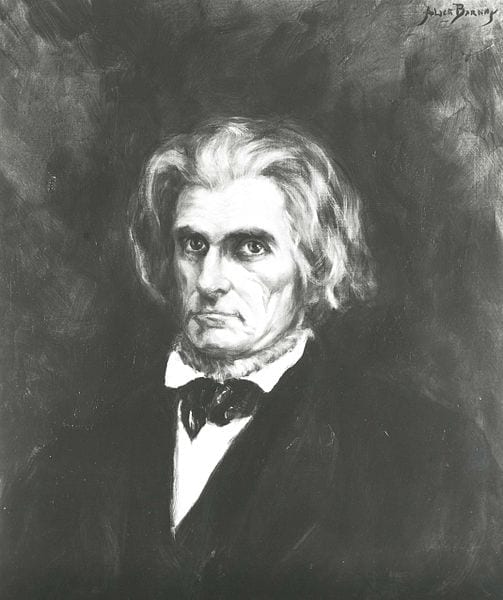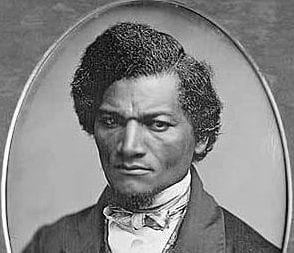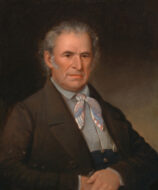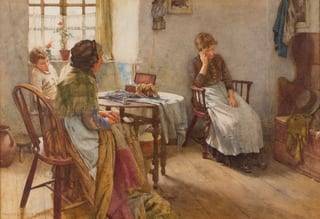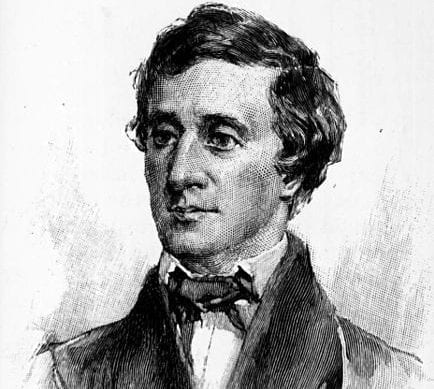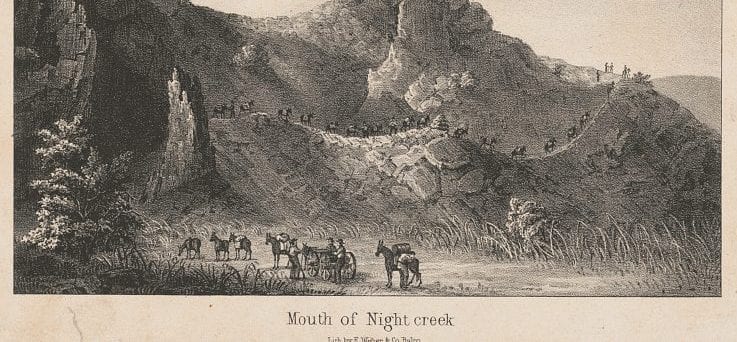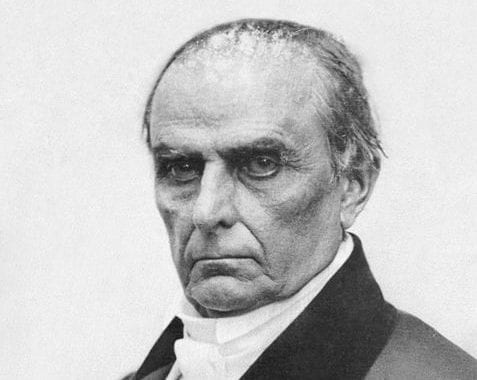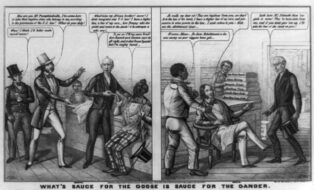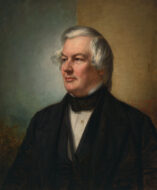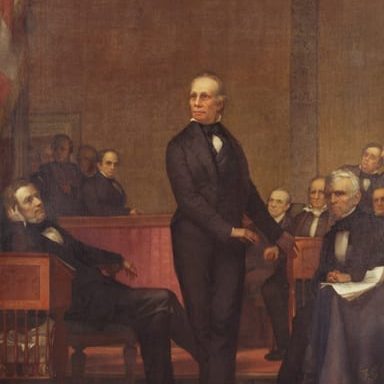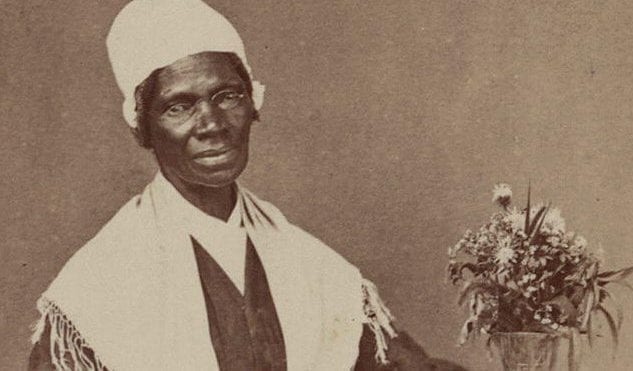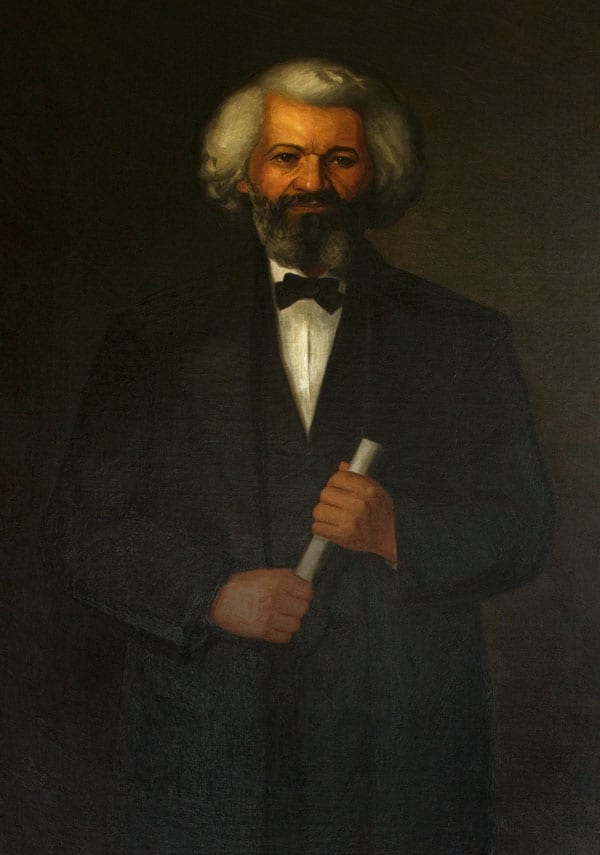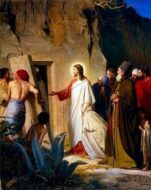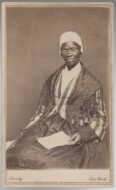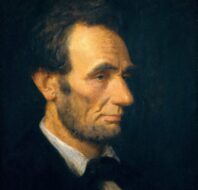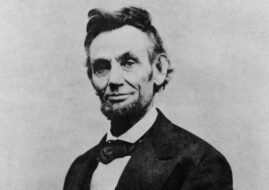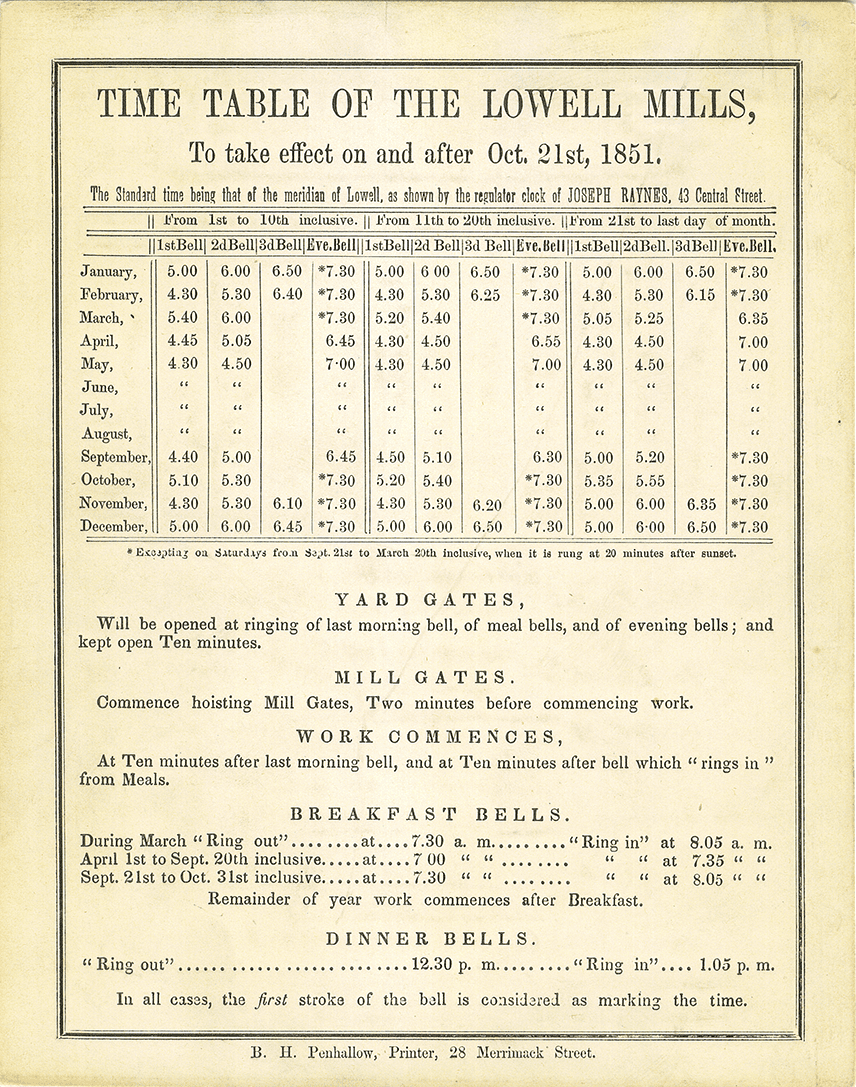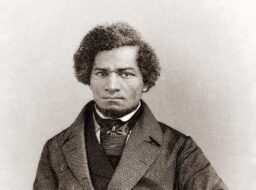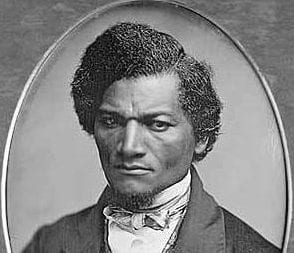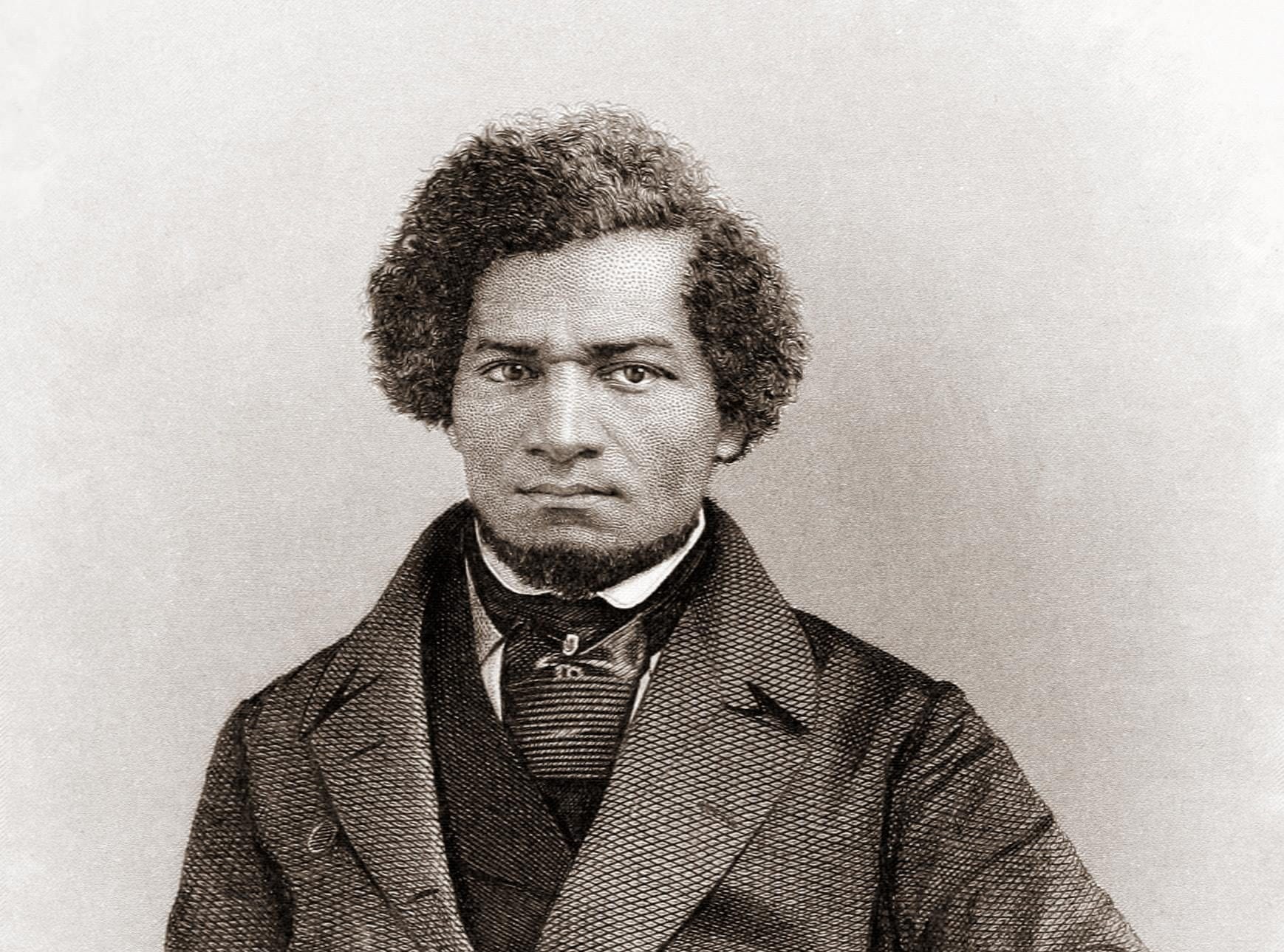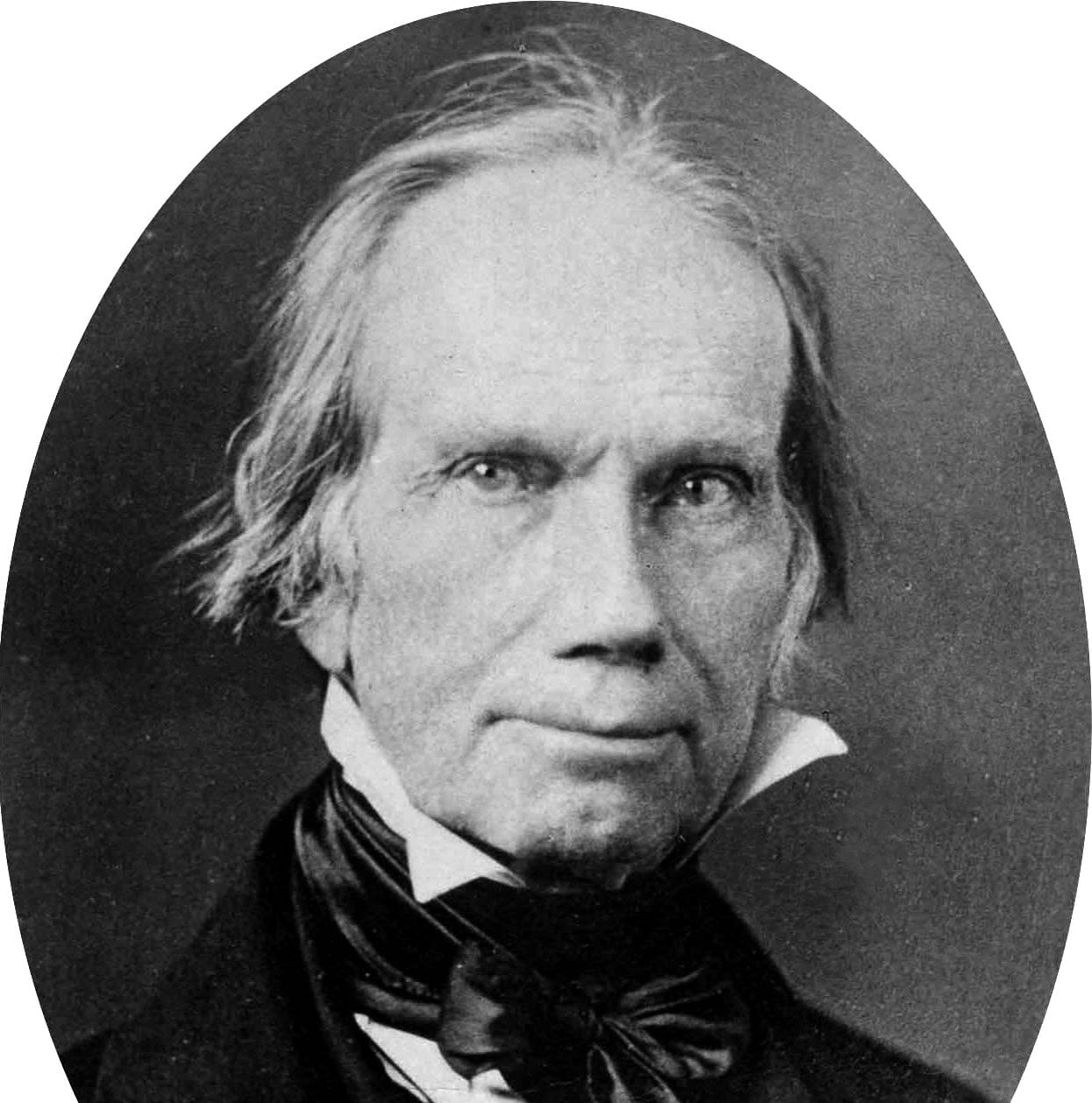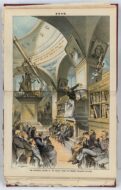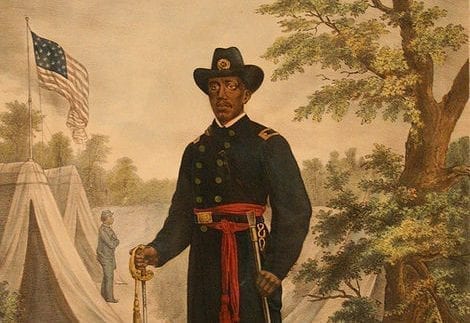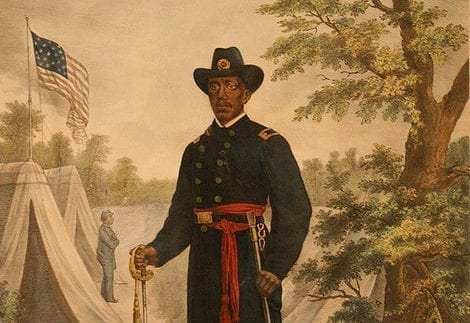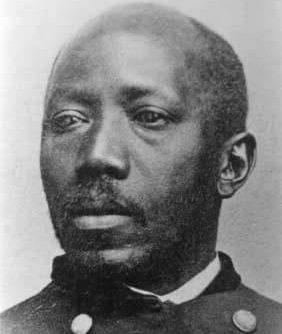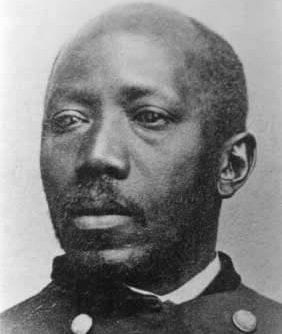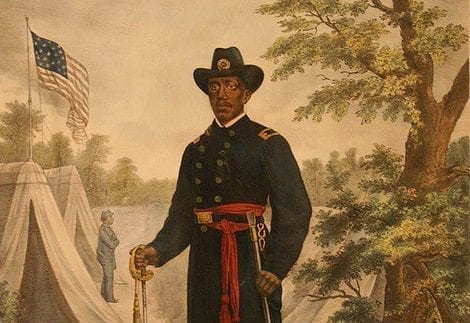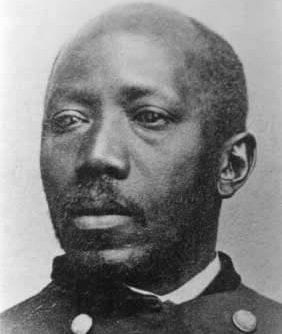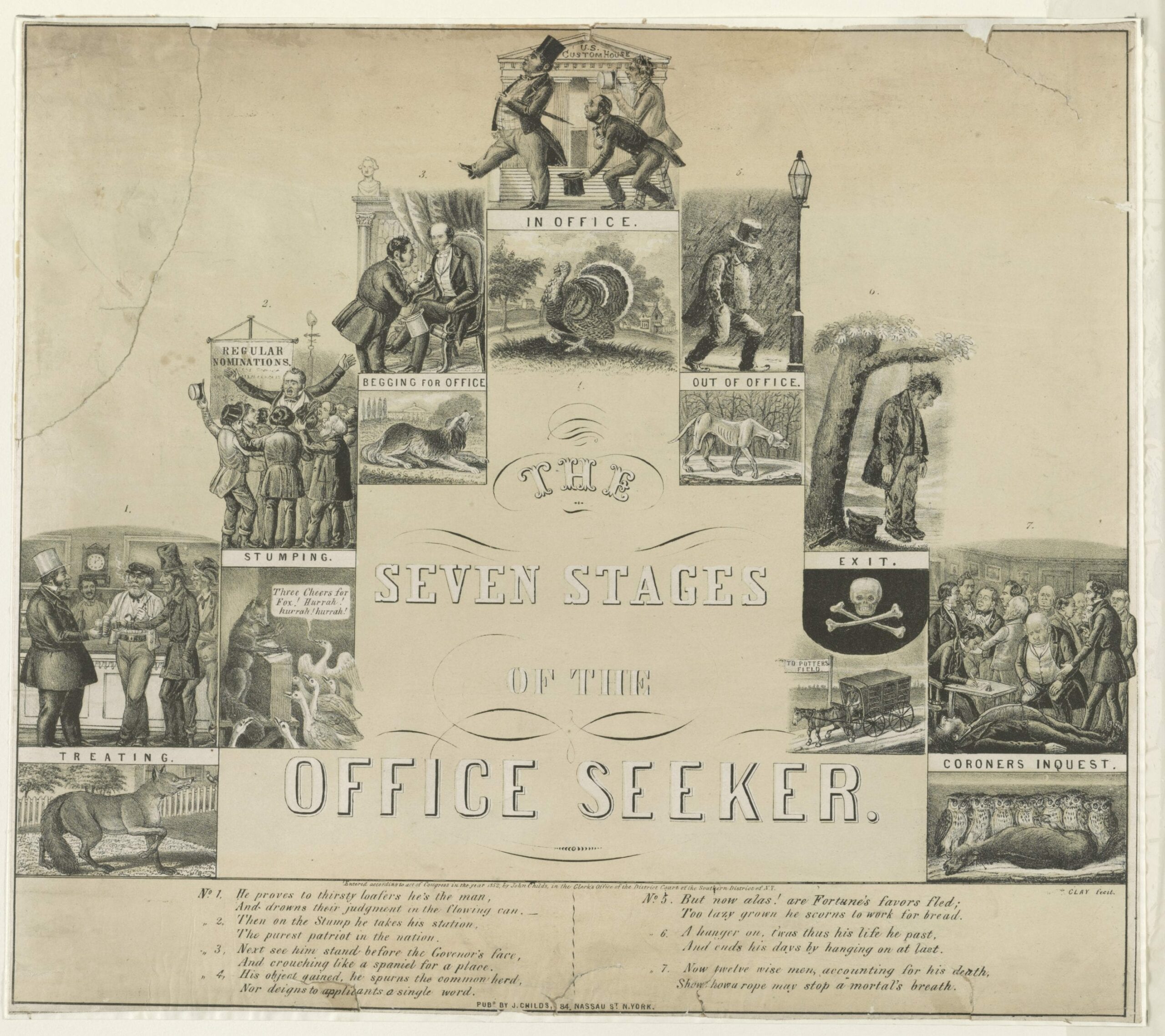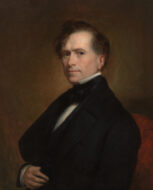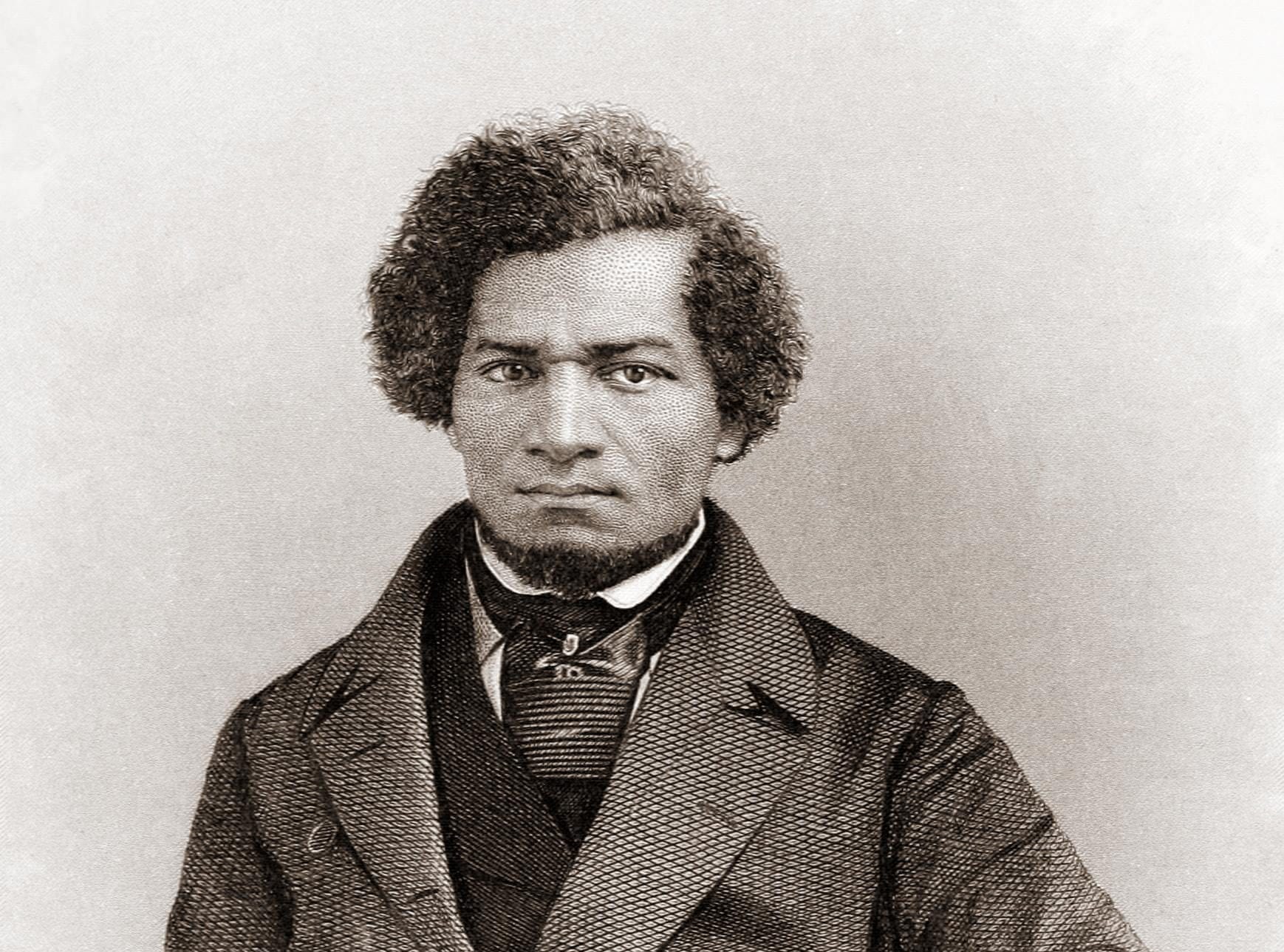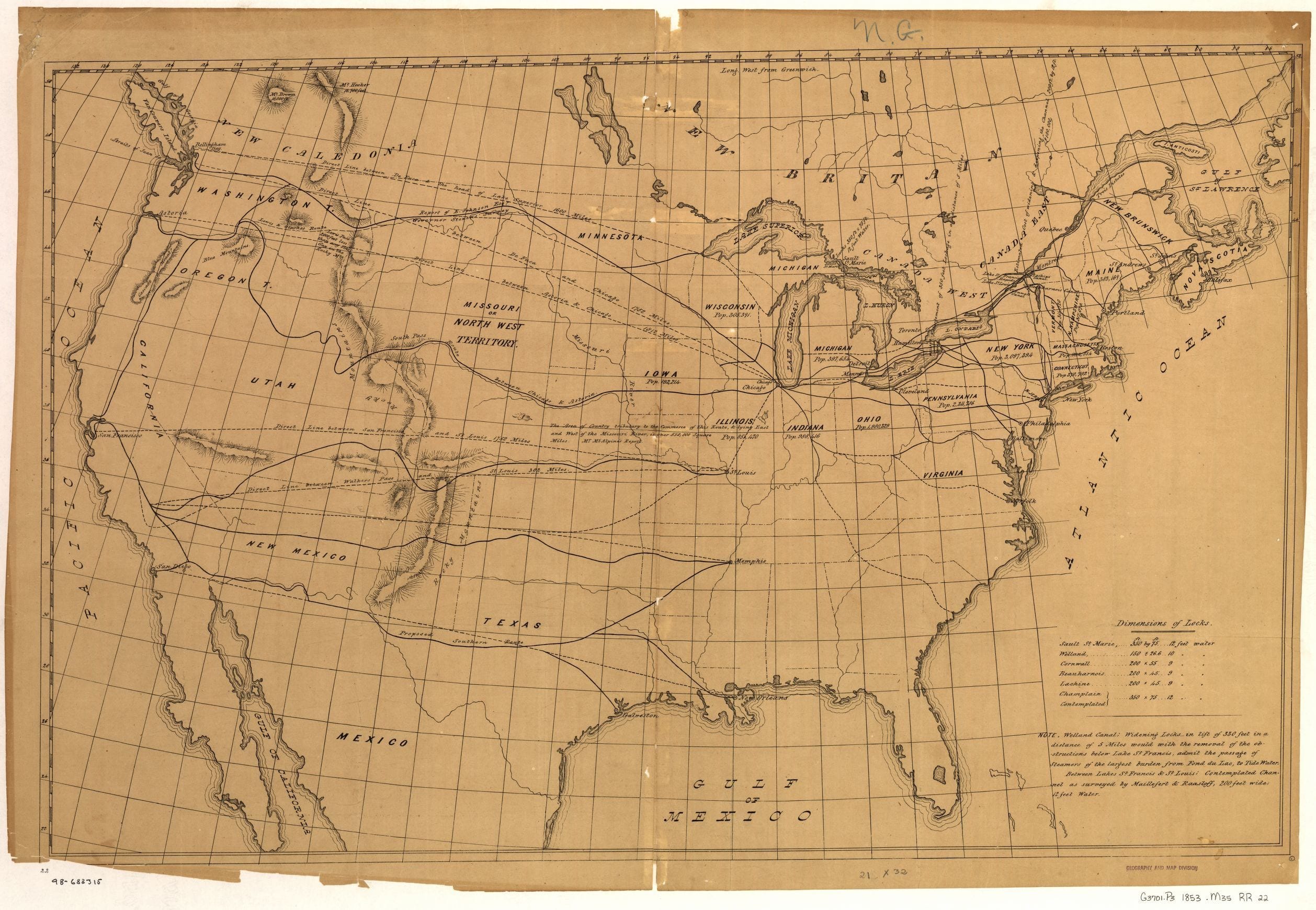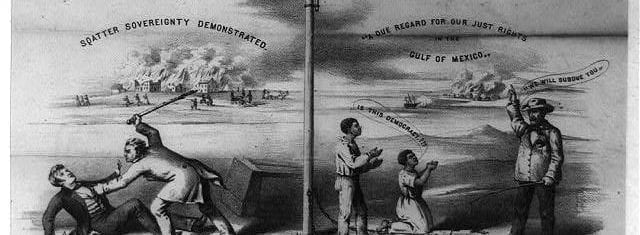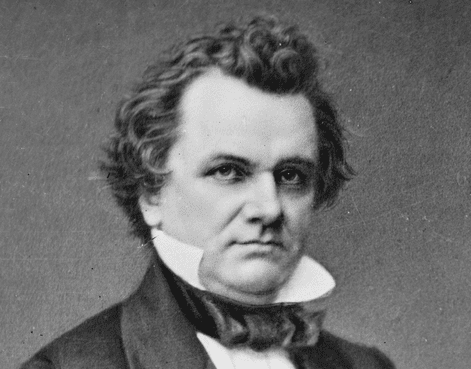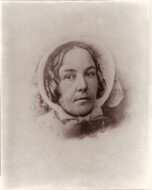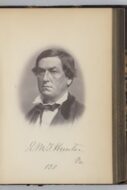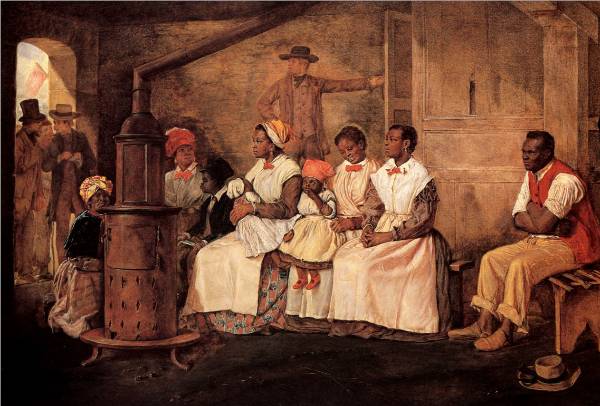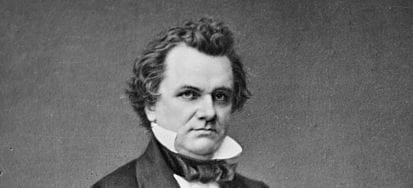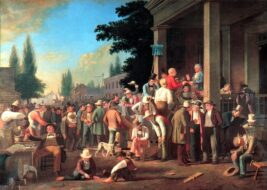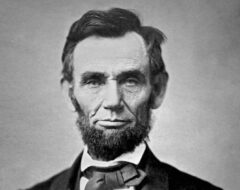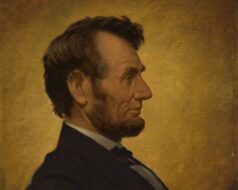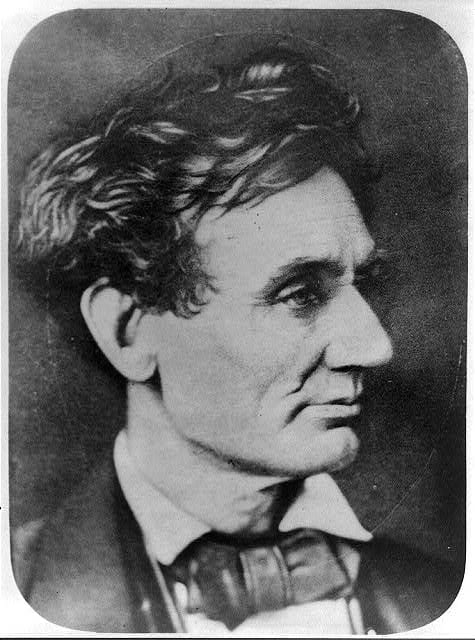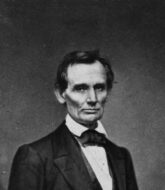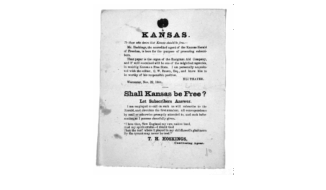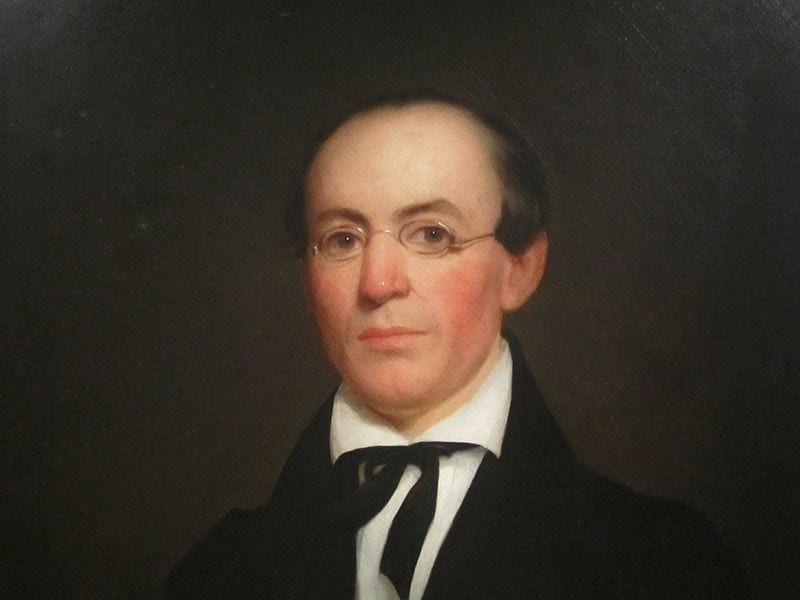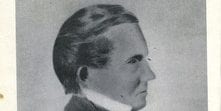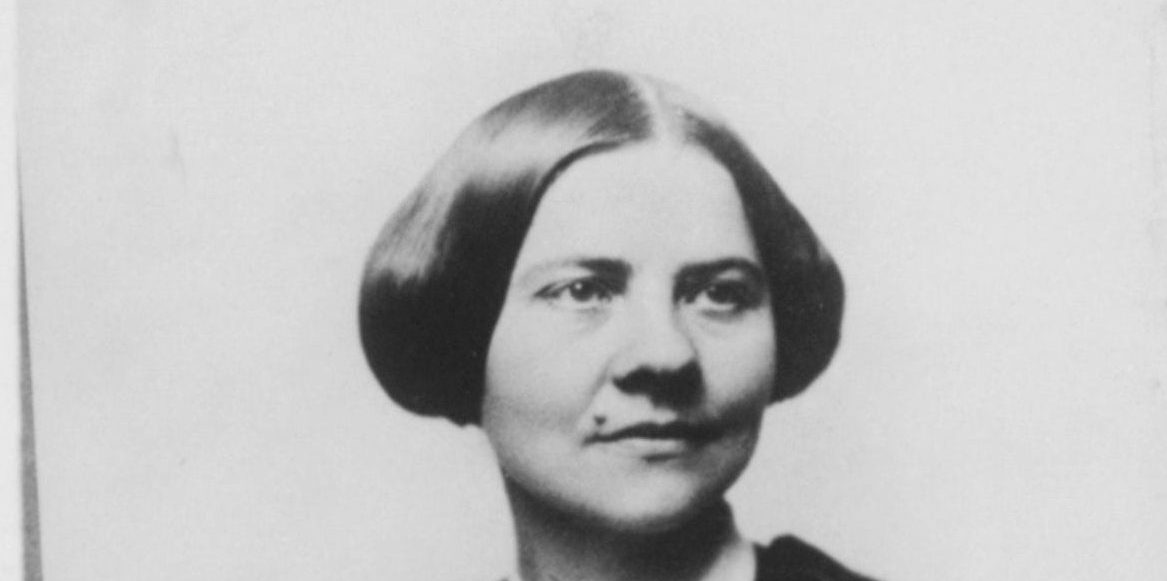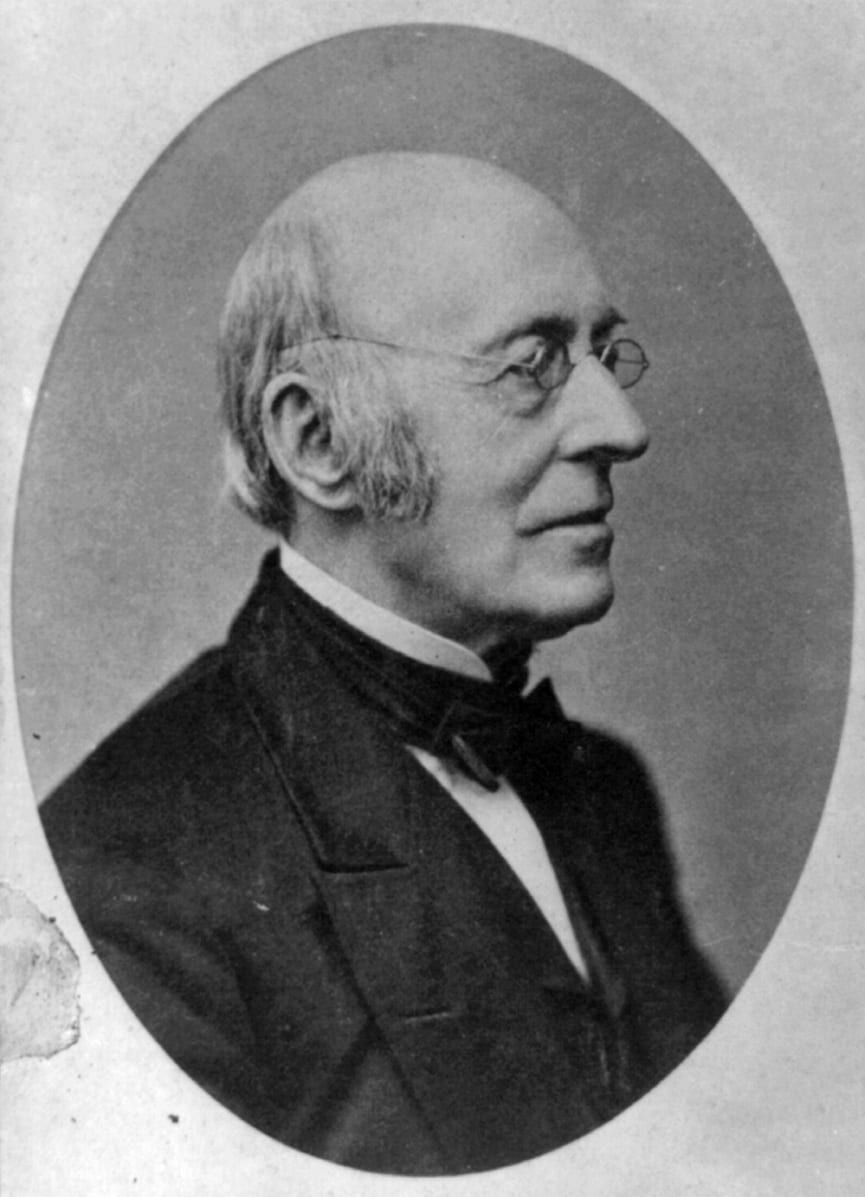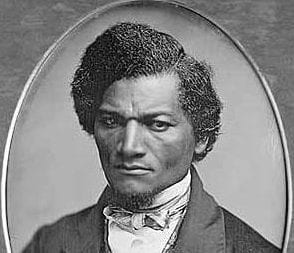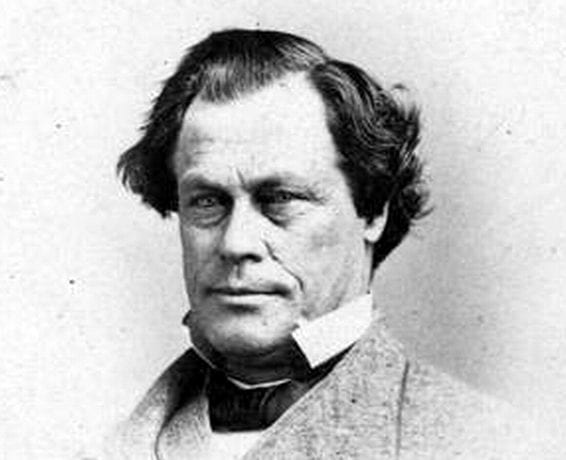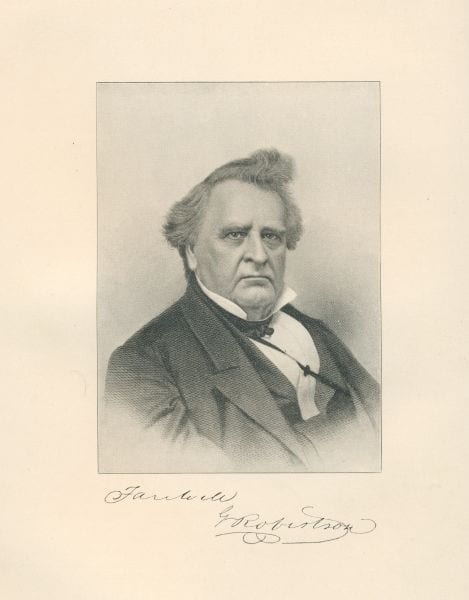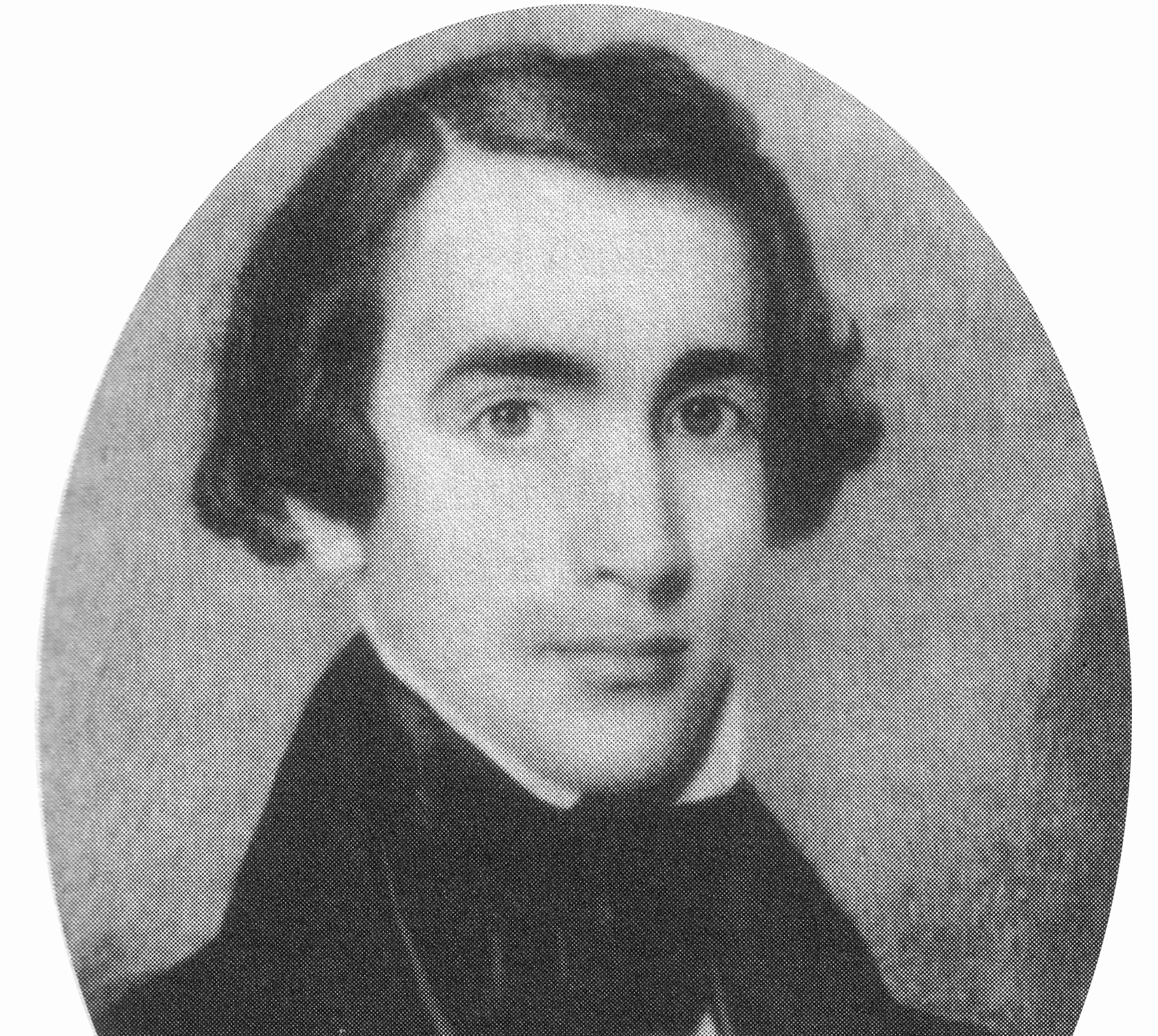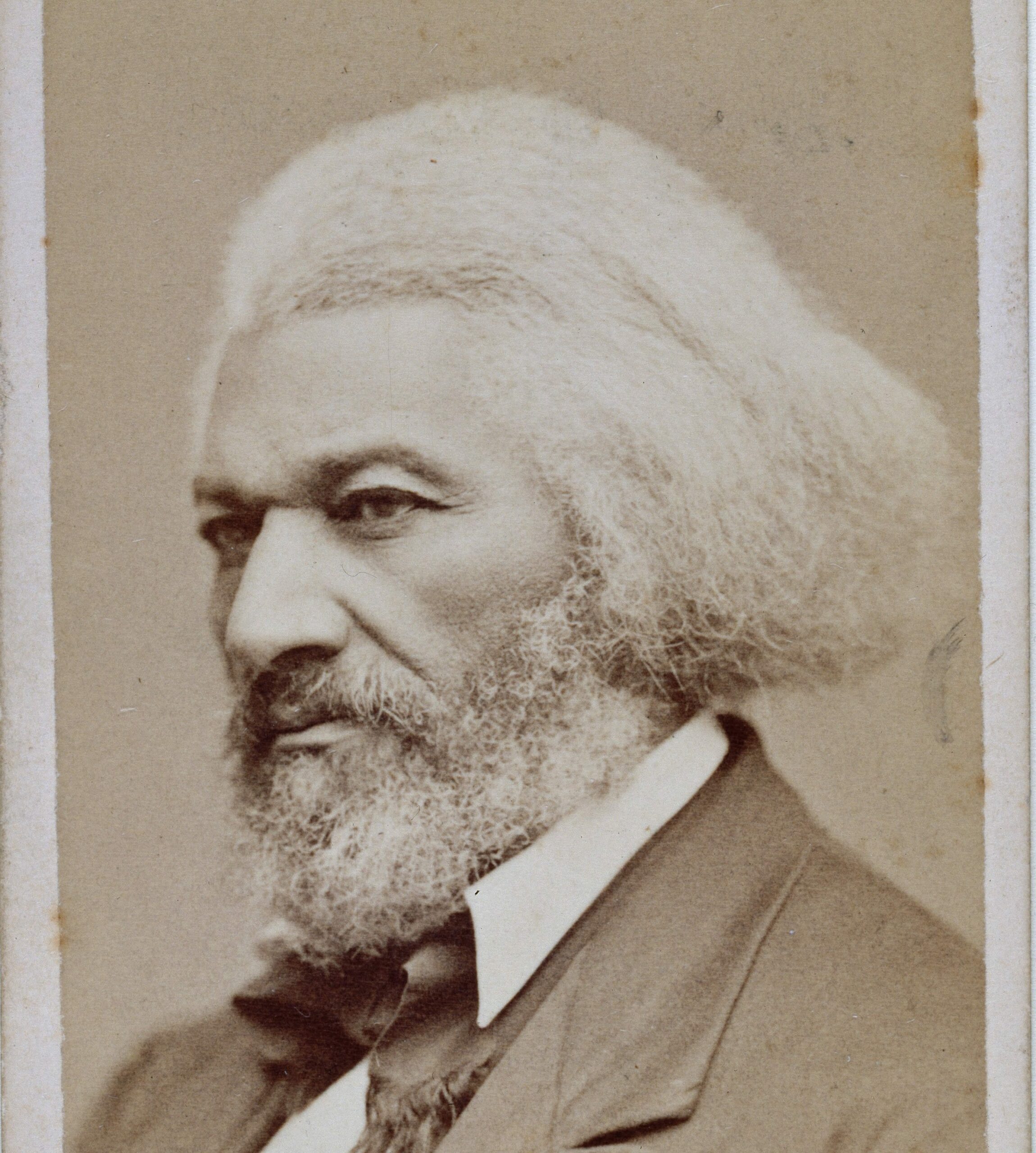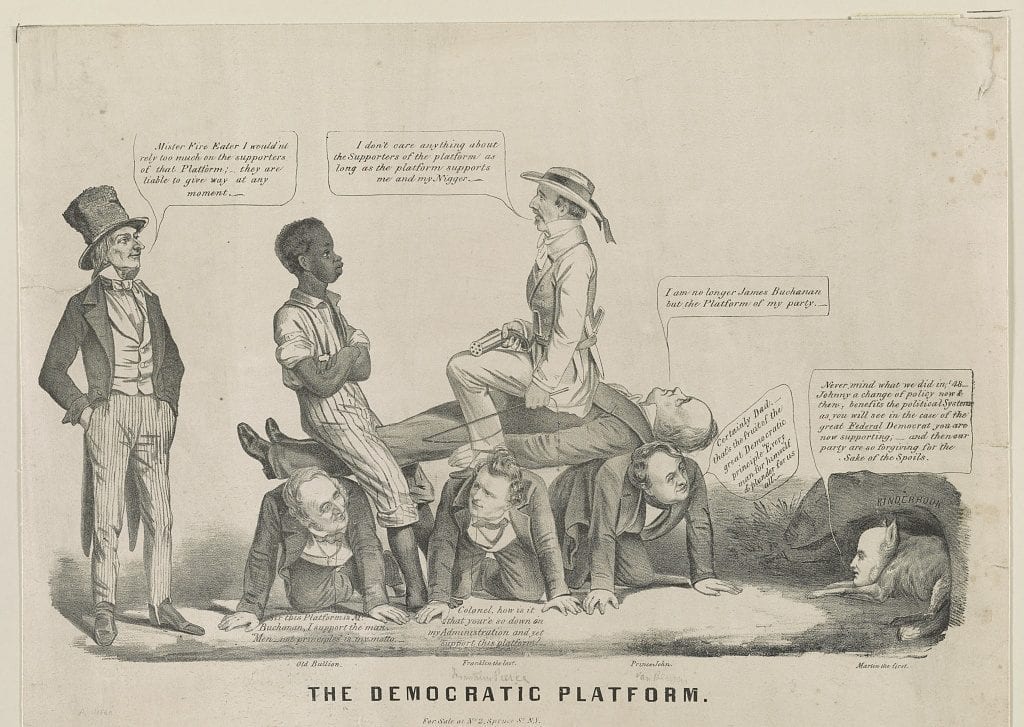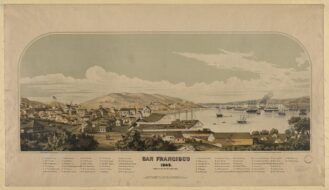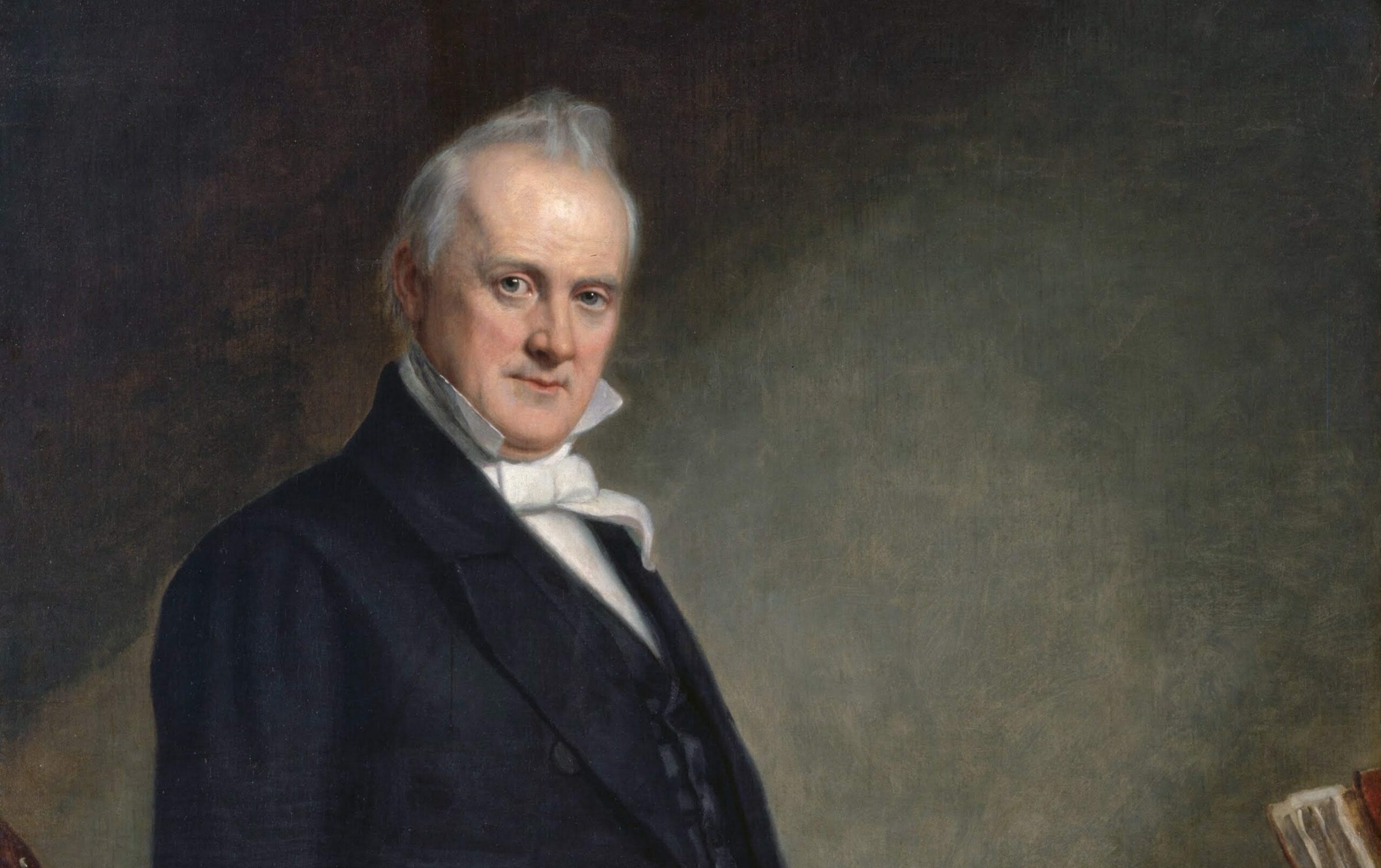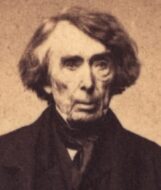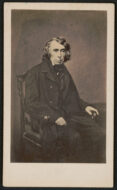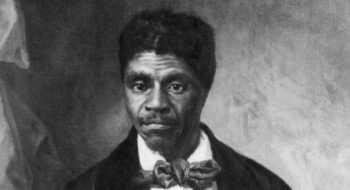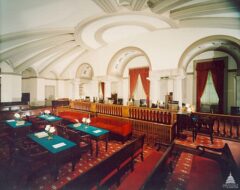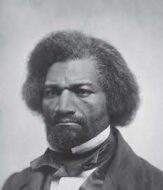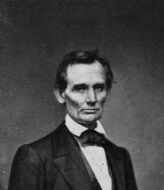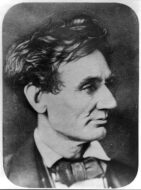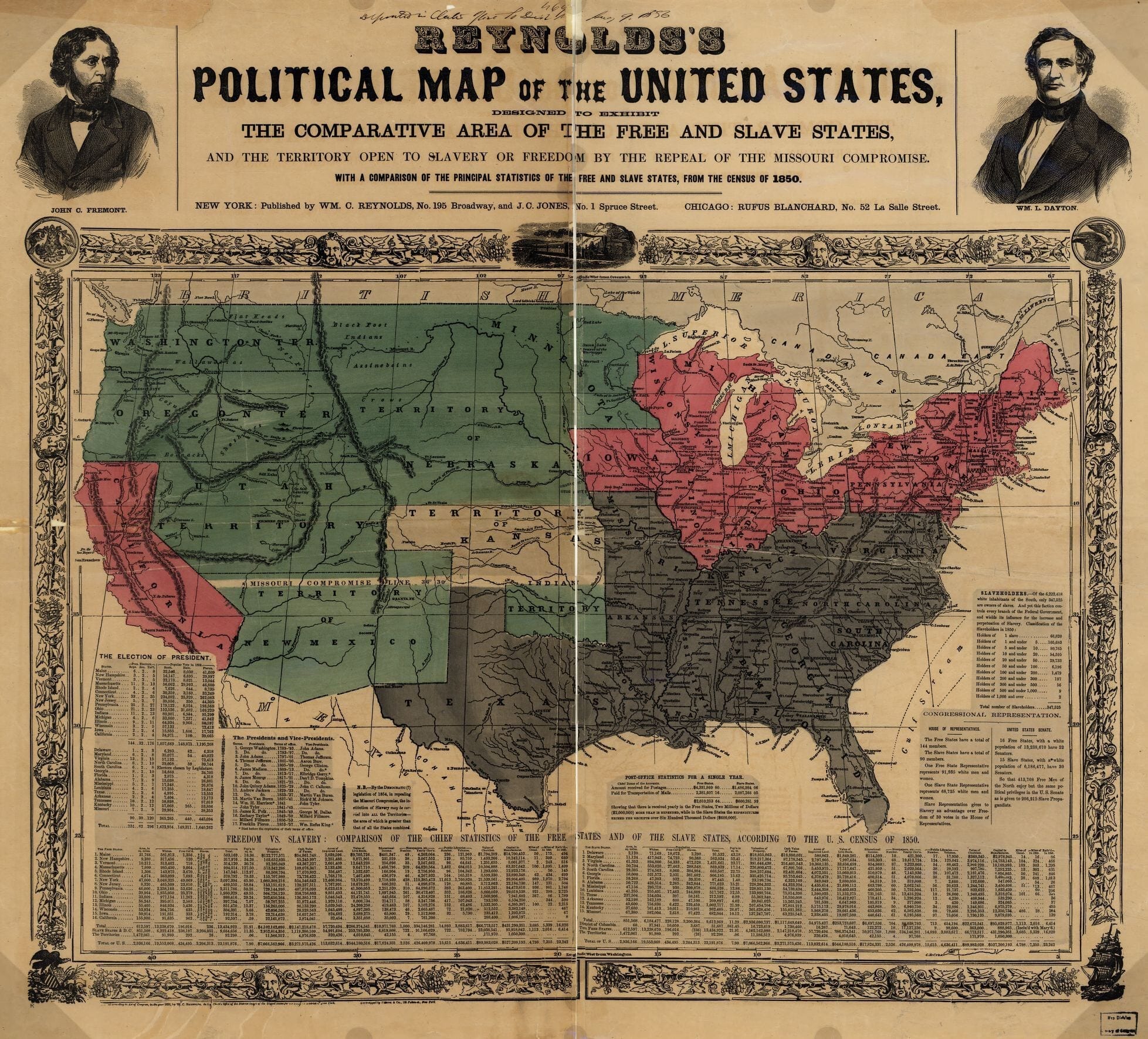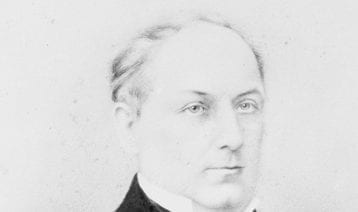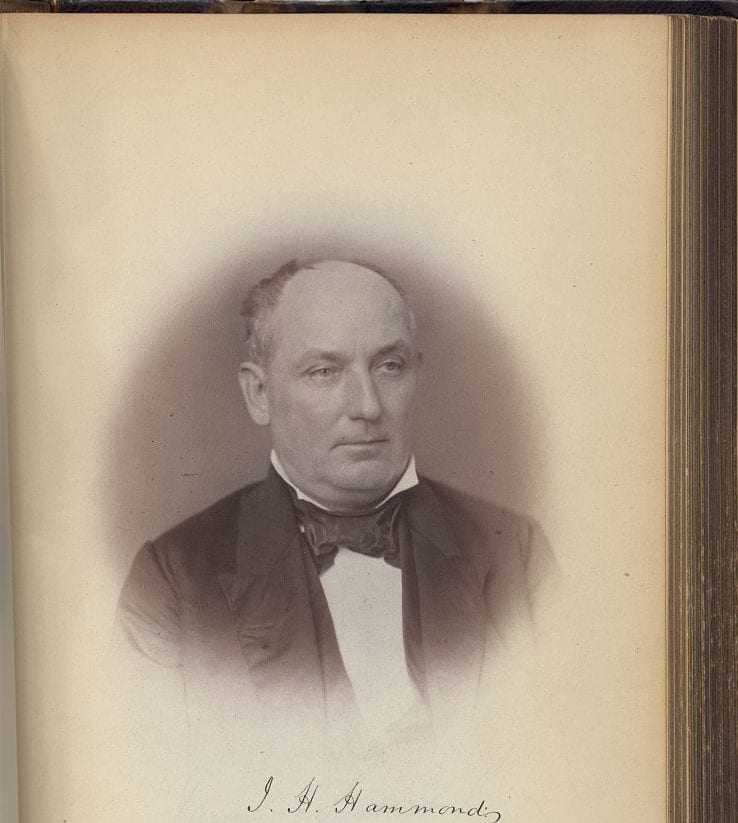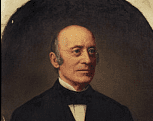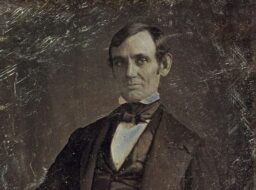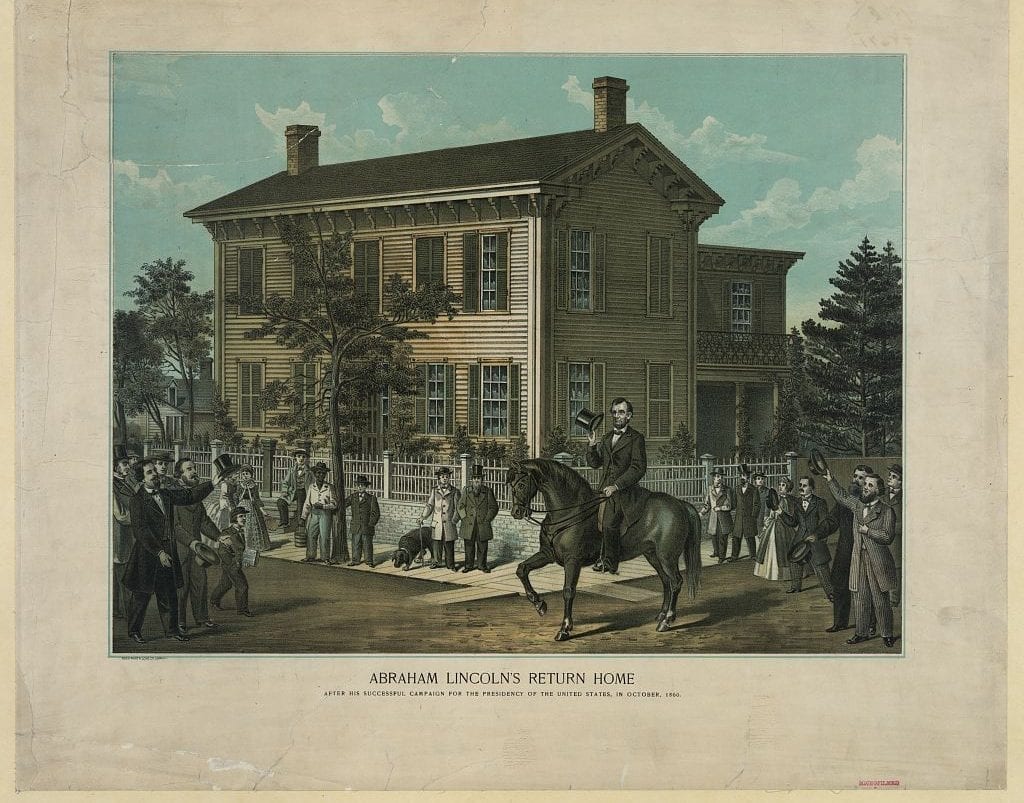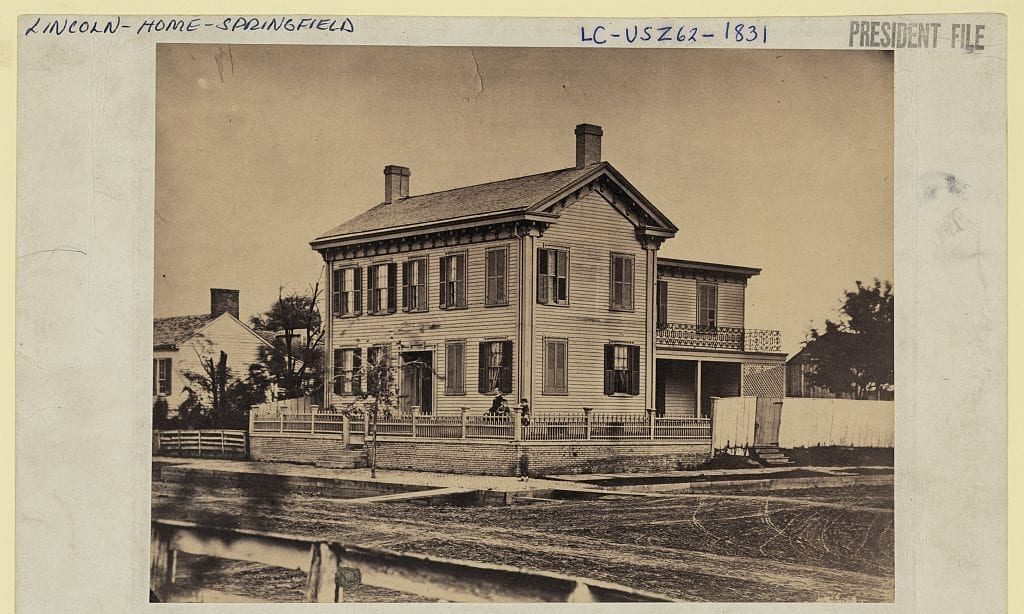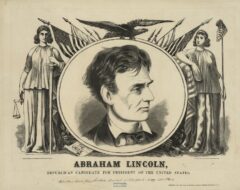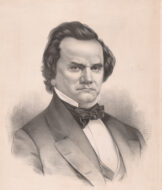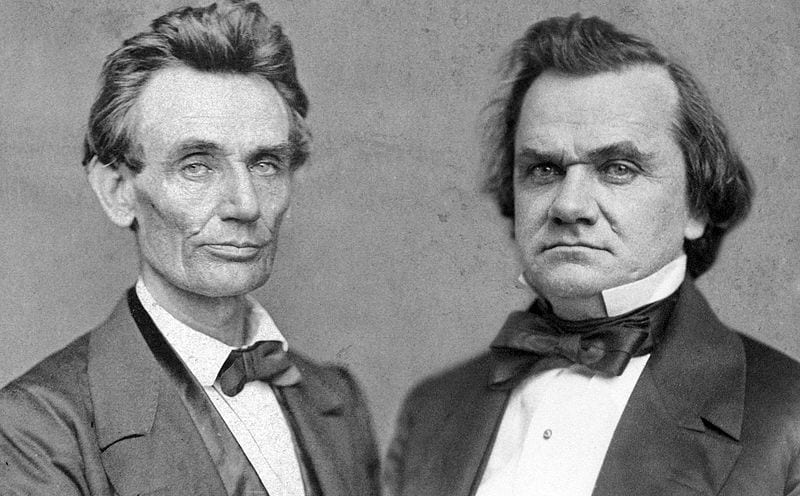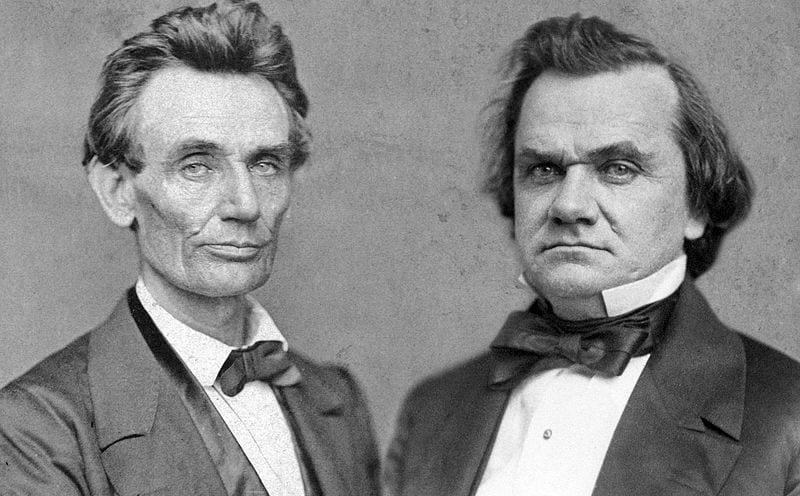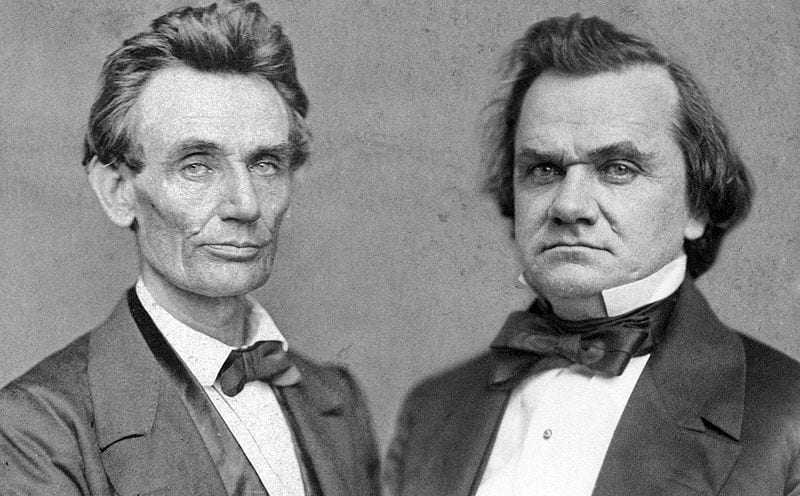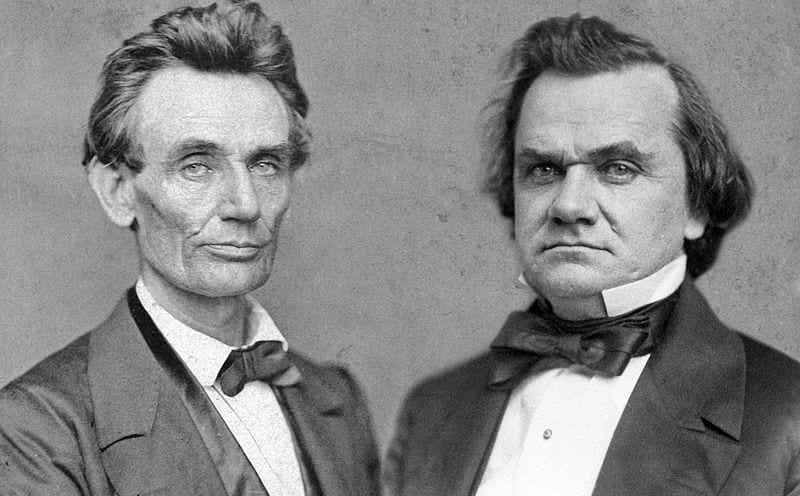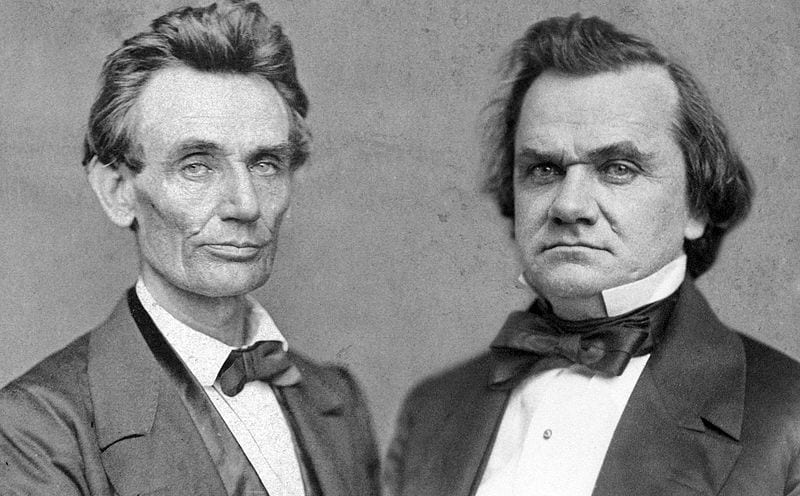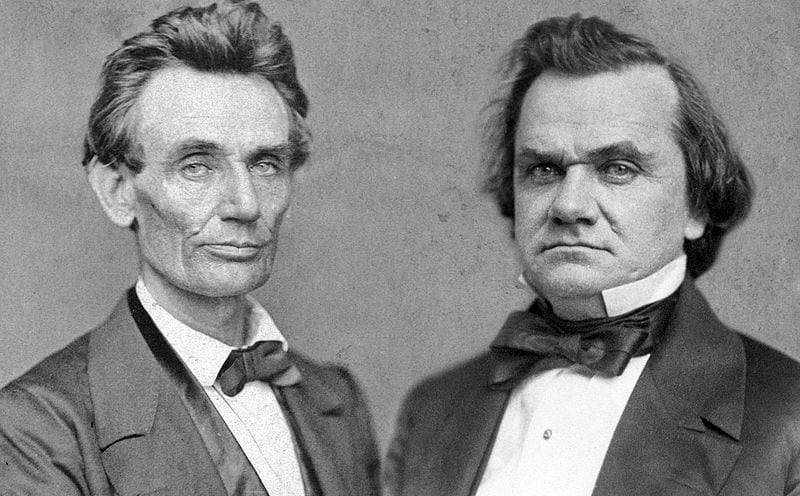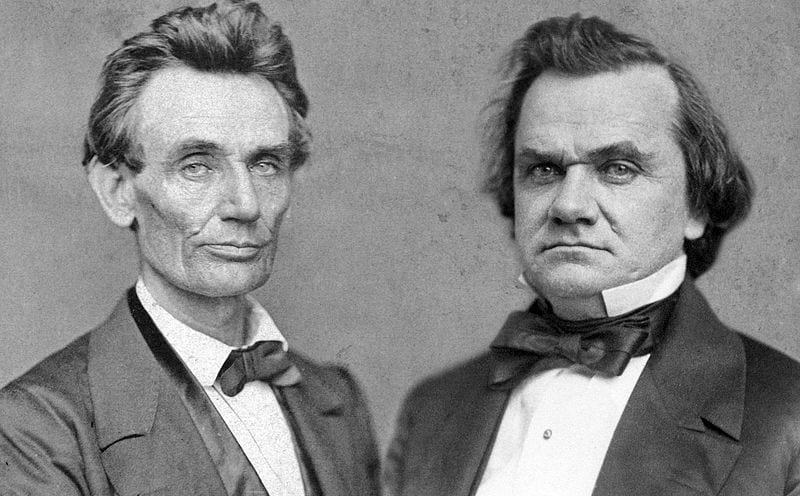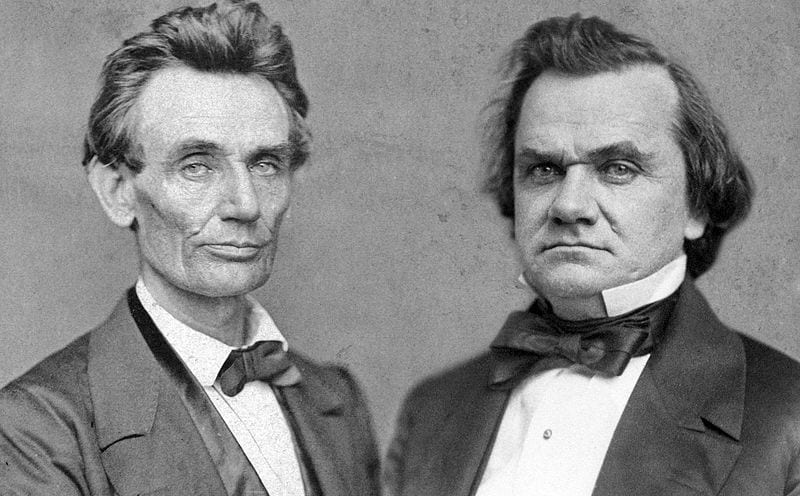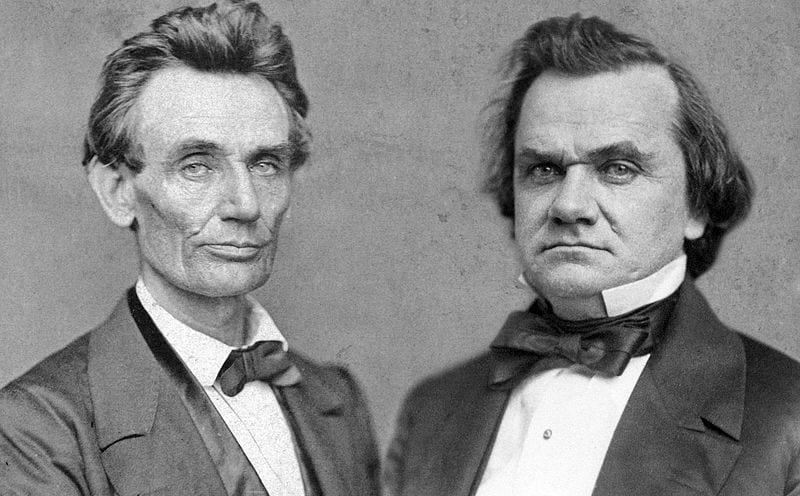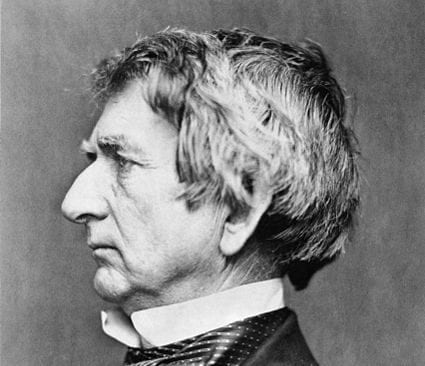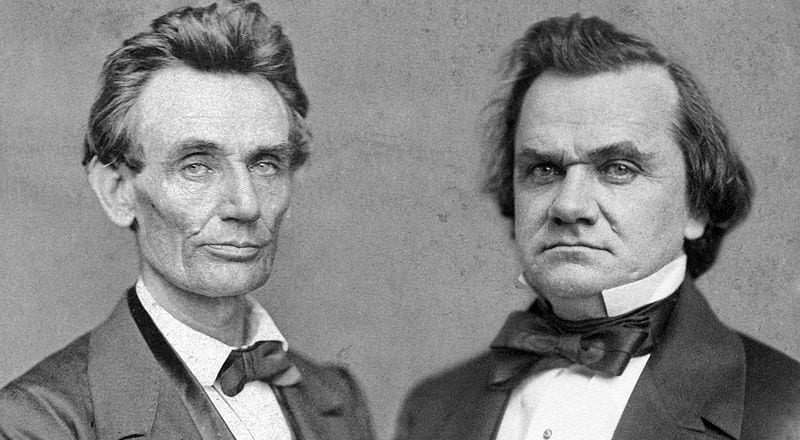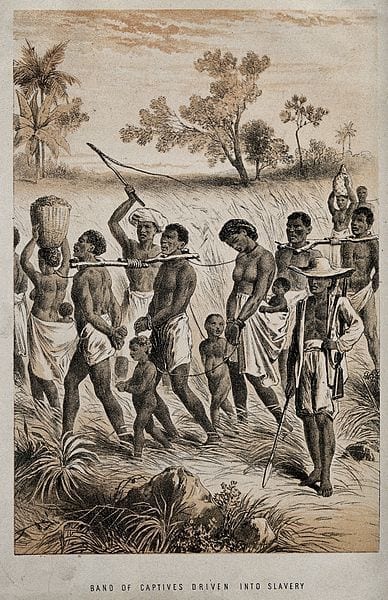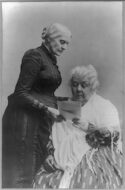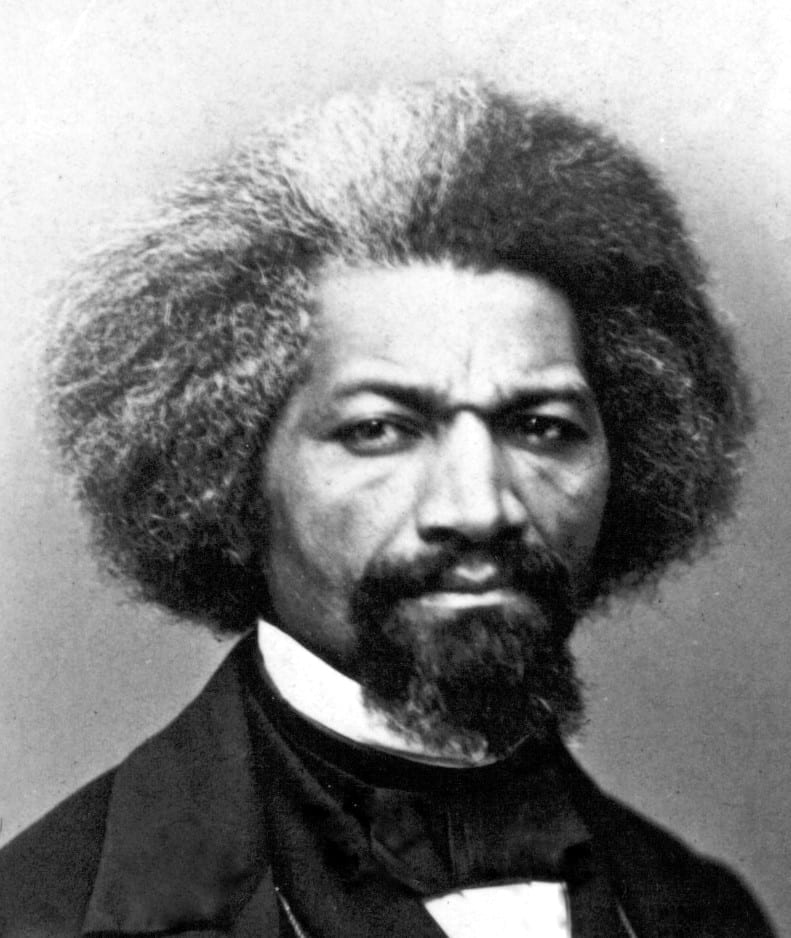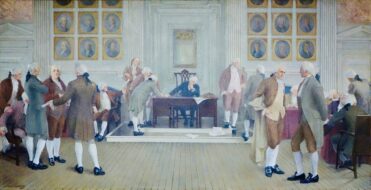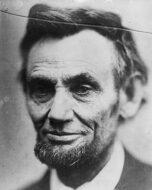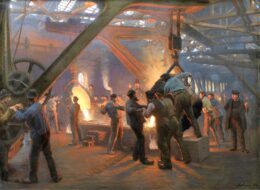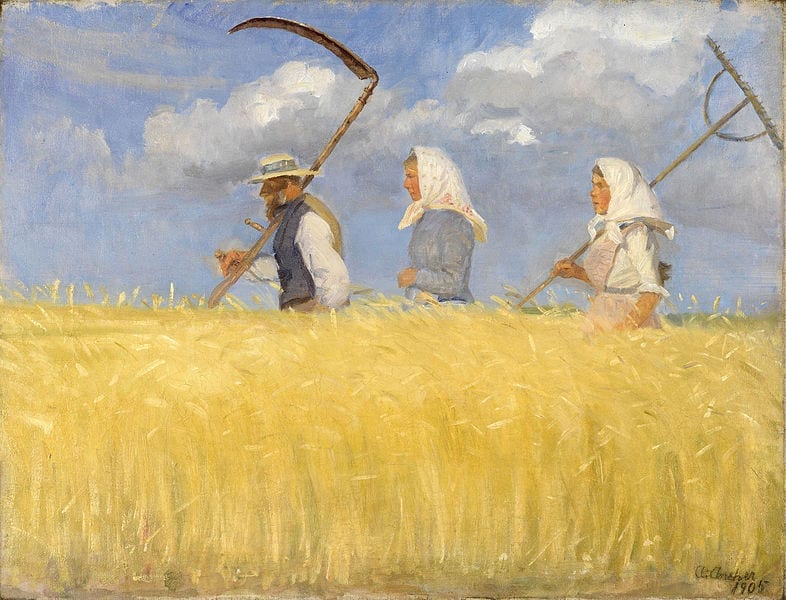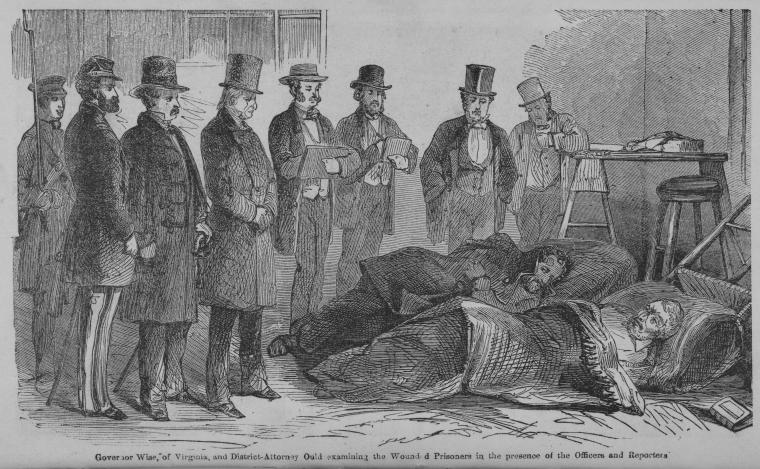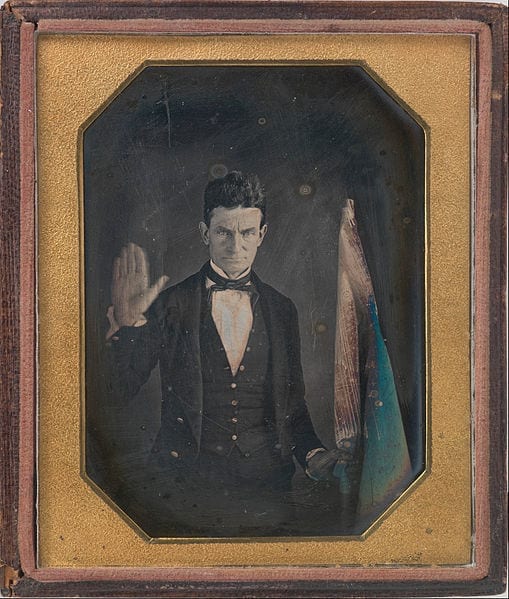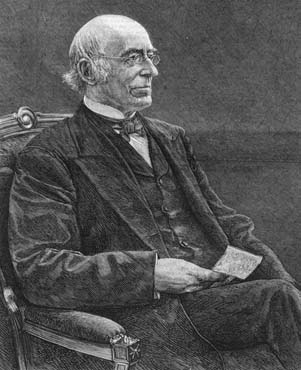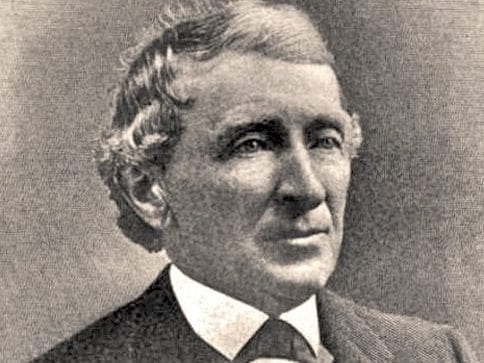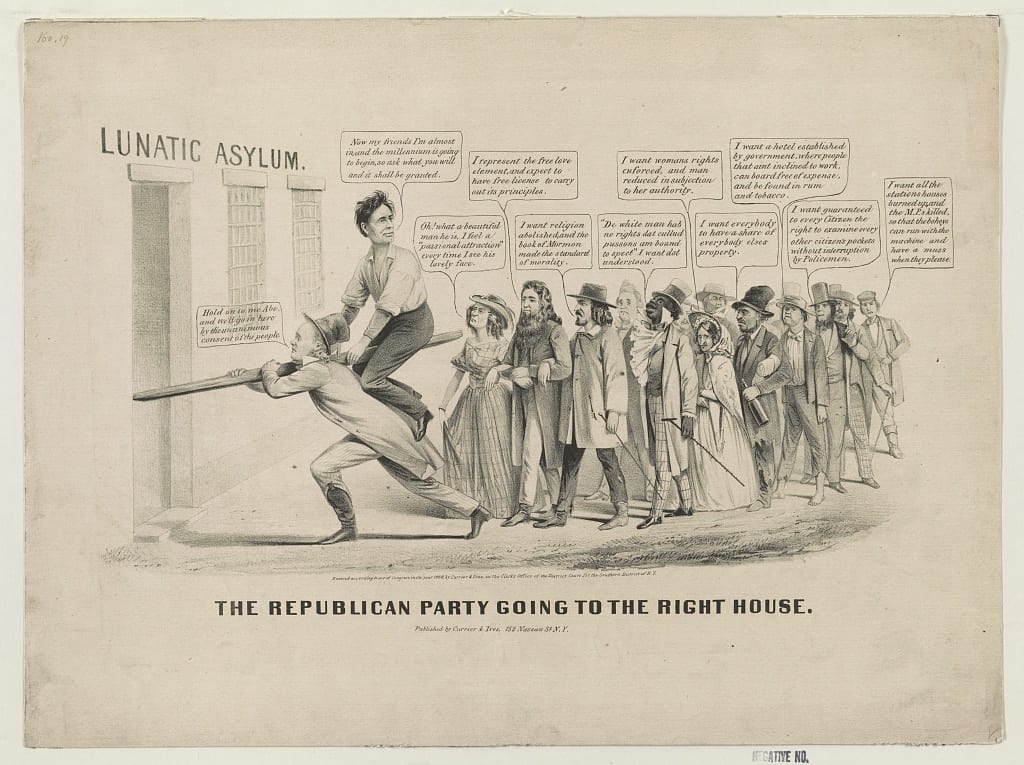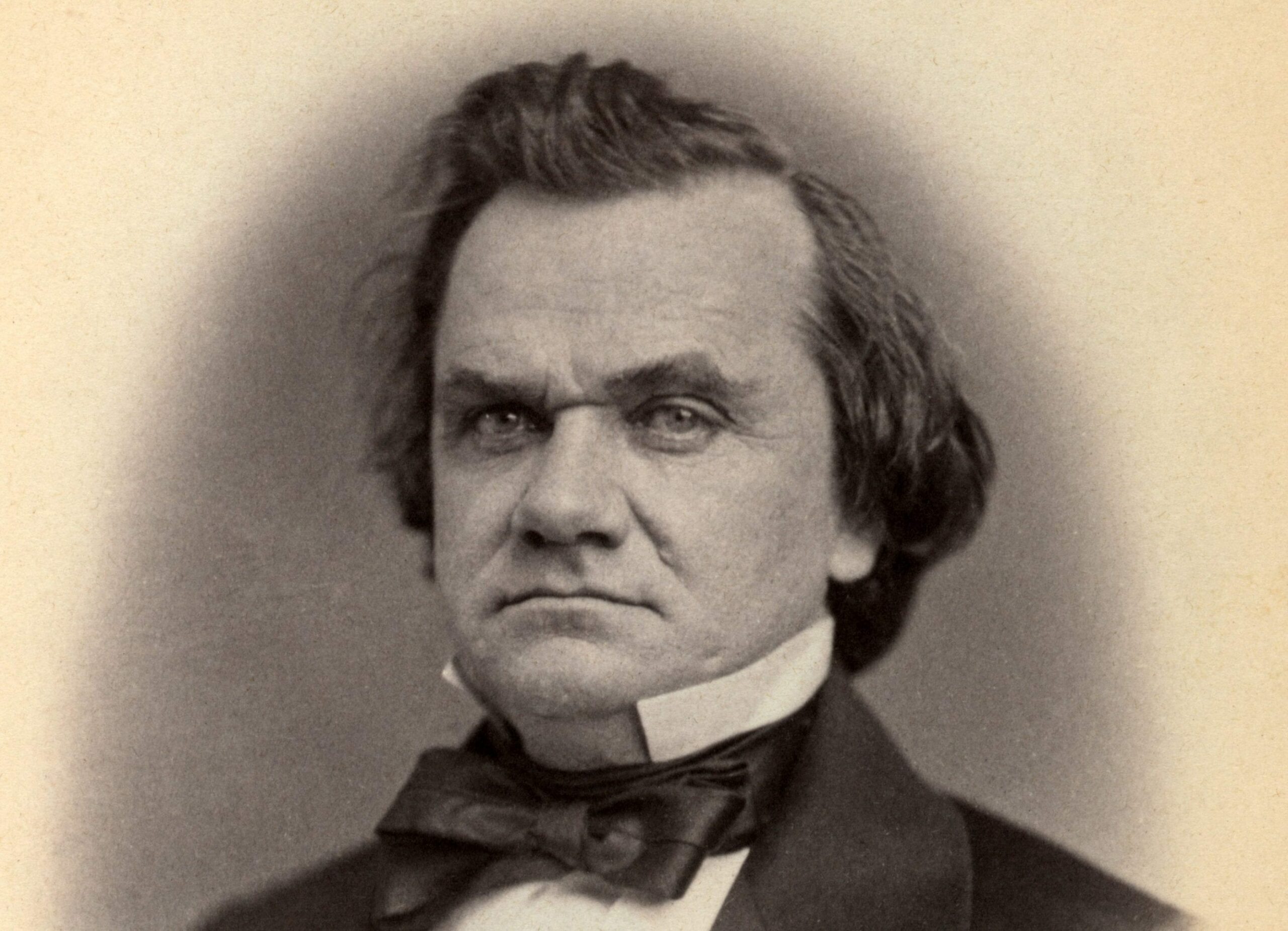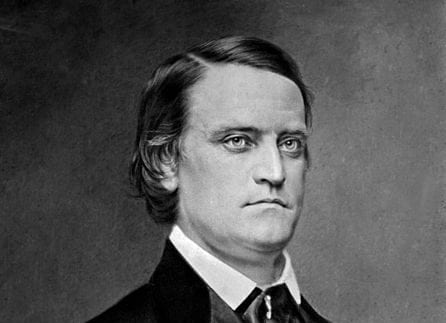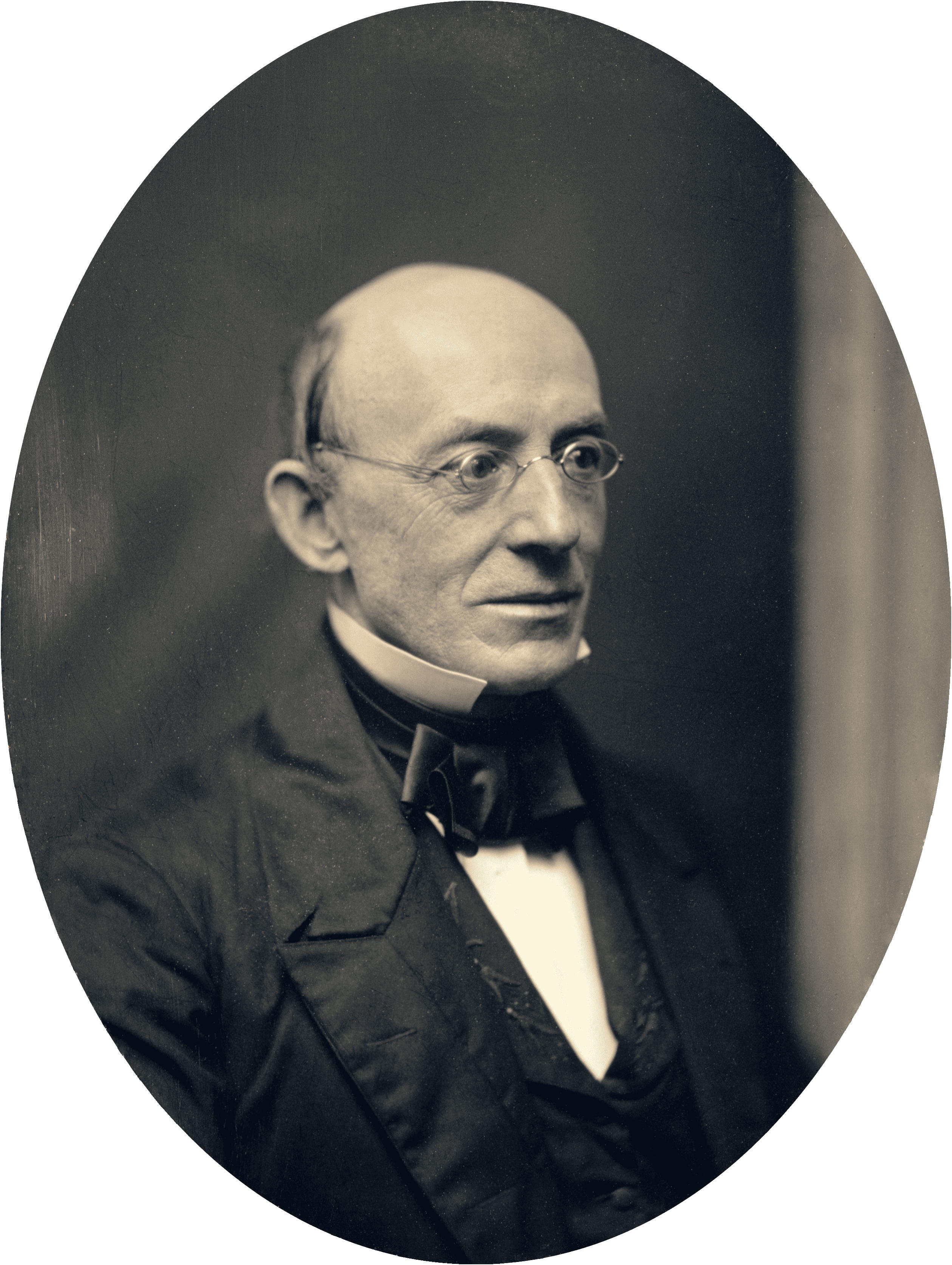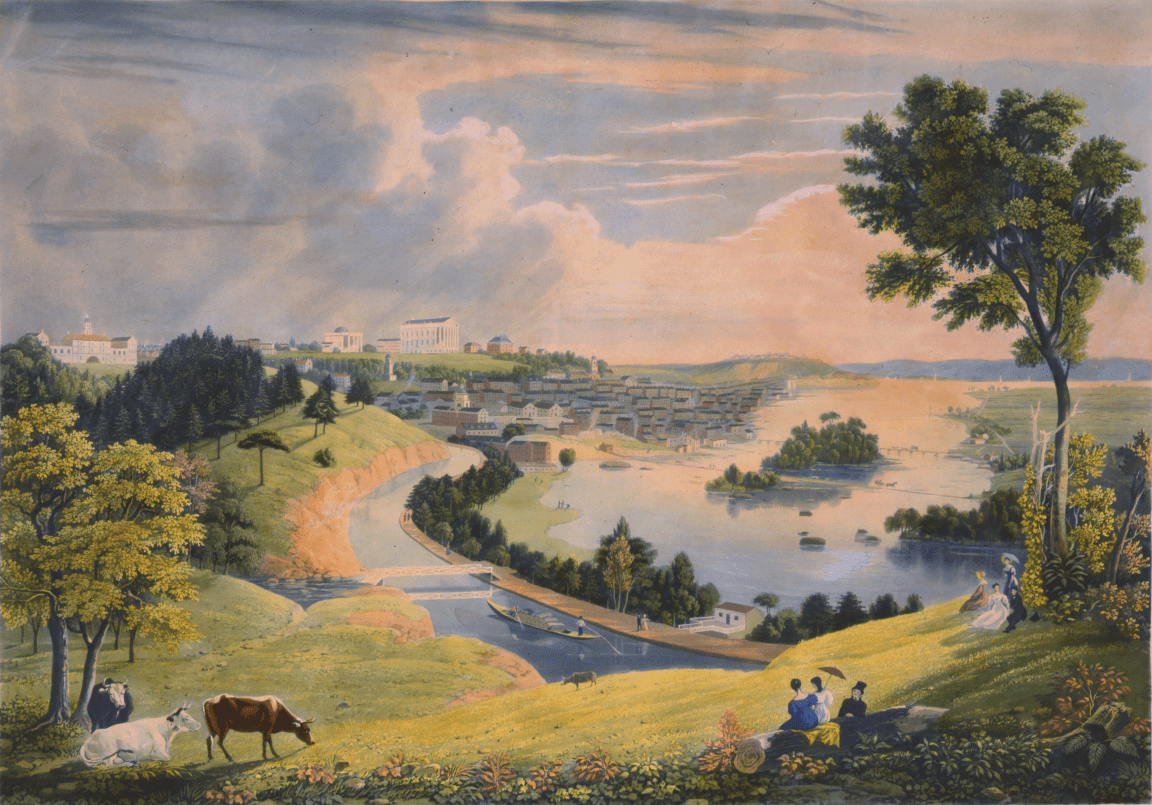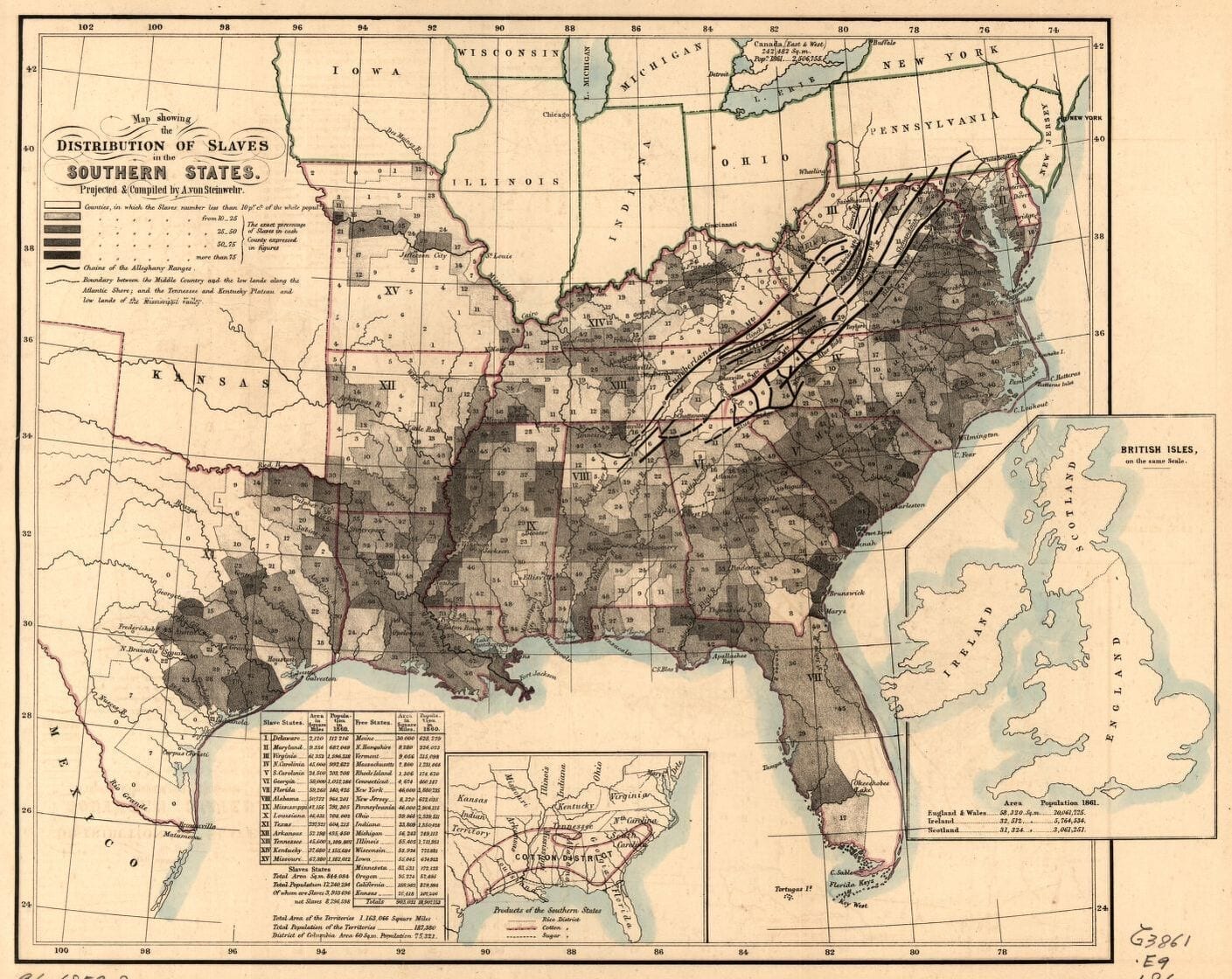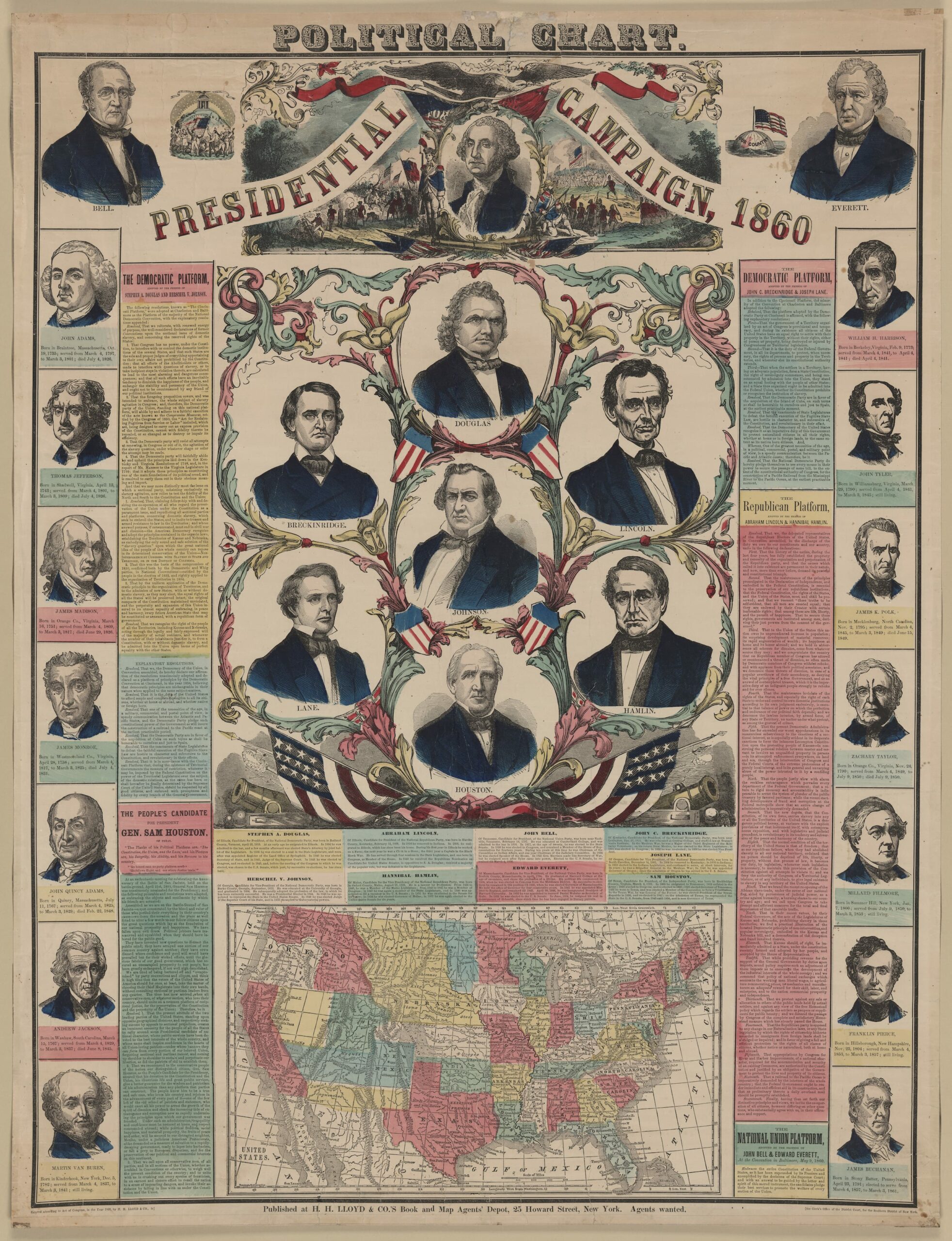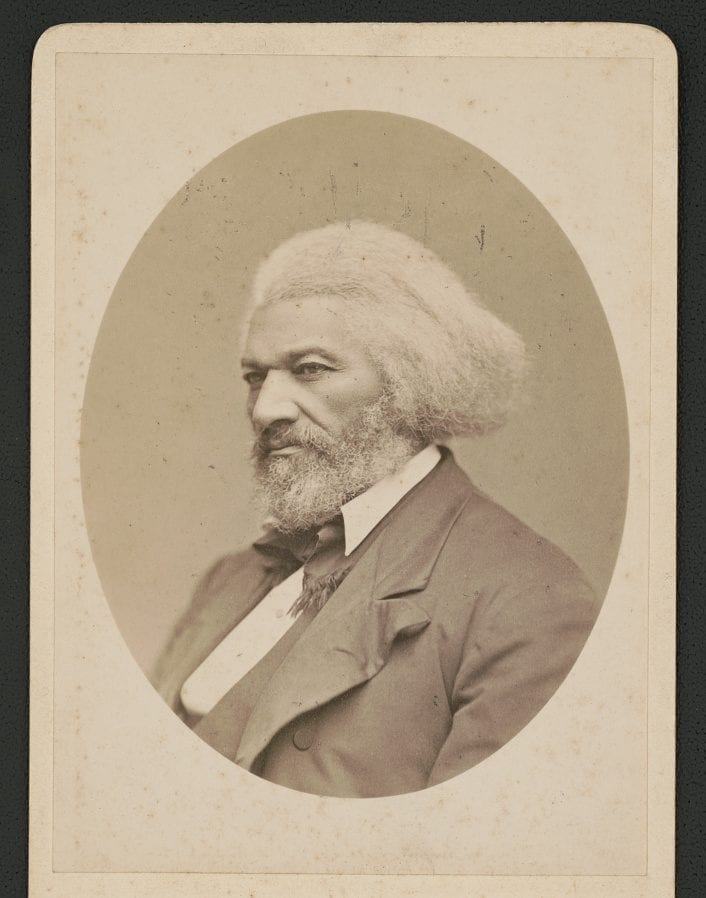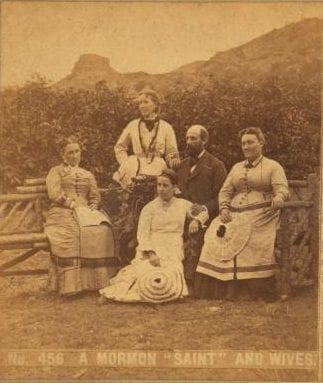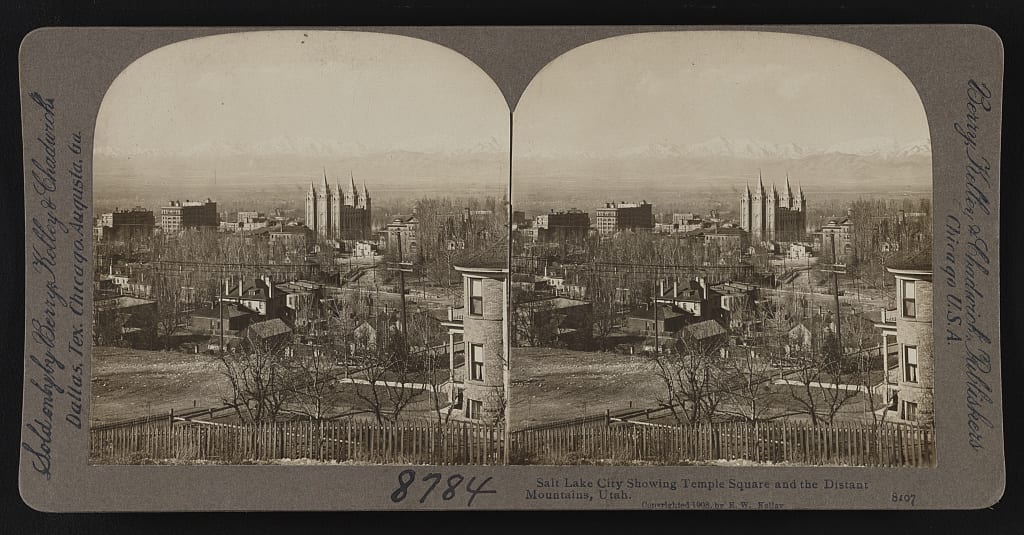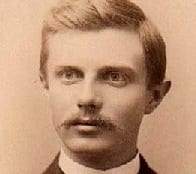
No related resources
Introduction
Born in the Mormon community of Nauvoo, Illinois, Ann Eliza Young (1844–1919) was among the first generation of children raised in polygamy and, as a young adult, became the nineteenth wife of the religious community’s second leader, Brigham Young. After a brief but deeply unhappy period as a plural wife, Young determined to leave Utah and expose what she saw as the hypocritical, anti-woman and anti-child doctrines of the Mormon faith. She toured the nation speaking publicly about her experiences and was quickly induced to publish them as well.
In the introduction to her autobiography, Young wrote that her purpose in writing was neither self-aggrandizement nor simple revenge but rather
to show the pitiable condition of [Mormon] women, held in a system of bondage that is more cruel than African slavery ever was, since it claims to hold body and soul alike; to arouse compassion for its children and youth, born and growing up in an atmosphere of social impurity; and, above all, to awaken an interest in the hearts of the American people that shall at length deepen into indignation.
Young was successful; her account confirmed many Mormon practices that had been previously only suspected and roused the American public and Congress to put additional pressures on the church leadership to abandon its teaching on plural marriage.
Source: Ann Eliza Young, Chapter 3 in Wife No. 19 (1875).
AFTER the Revelation on Celestial Marriage was publicly announced, in 1852, it was stated that Joseph Smith first produced it in 1843; but there were, no doubt, hints of this new doctrine at a much earlier date. It is generally believed, and in fact well known by many of the old Nauvoo Mormons, that he had it in contemplation at a much earlier date; certain indiscretions rendering it necessary that he should find an excuse of some kind for acts that were scarcely consistent with his position as “Vicegerent upon earth,” and set himself right, not only with his followers, but with Mrs. Emma Smith, his wife, who objected very decidedly to some of his prophetic eccentricities. . . .
The first public announcement Joseph Smith made of his belief in the plurality of wives was at Nauvoo, in 1840. In a sermon one Sunday he declared that it was perfectly right in the sight of the Lord for a man to have as many wives as he pleased, if he could evade the laws of the land. Said he:
“People of polygamous nations will be converted to the church, and will desire to gather with the Saints to Zion; and what will they do with their wives? We must have polygamy among us as an established institution, and then they can bring all their wives with them.”
He referred to the Bible to sustain his position, and grew very eloquent on the subject. He seemed determined not only to maintain the doctrine to his own satisfaction, but to convince his people of its truth and its desirability.
As may readily be imagined, it caused the greatest excitement and indignation in the church; and many threatened to abandon the faith. The women most especially were aroused, and they declared they never would accept a doctrine so hateful. It was the first open rebellion against any of the Prophet’s teachings by his most devoted followers, and he was wise enough to see his mistake, and to rectify it. Evidently, as he said to certain followers, it was “too soon for the Lord to reveal Himself upon this subject.”
The following Sabbath he arose and said he wished to retract what he had said the Sabbath before; he was at that time only trying the Saints, to see what they could bear.
The Revelation at first was made known only to a few of Joseph’s most intimate friends, and they were solemnly bound to keep its existence a secret; but in some way it became known very generally that there was such a Revelation, although it was not given to the world until 1852. It is on this ground that Smith’s sons endeavor to palm the Revelation on to Brigham, and deny that their father ever intended to have polygamy become a church institution.[1] The elder Mormons, who were at Nauvoo, among whom are my parents, know better than this, however, and also know the exact time when the “Revelation” was first talked of. If Smith was not a polygamist, his sons must allow that he was a libertine, or an advocate of free-love principles. It makes little difference which; the results are the same.
The wife of the Prophet took no more kindly to this new doctrine of Celestial Marriage than did the rest of the Mormon women, and no woman of them all allowed her objections to become so widely known as Mrs. Smith. She knew her husband’s nature too well to believe in the Divine origin of the system, and she fought it persistently during his lifetime.
At one time he had eleven young ladies living in his family as adopted daughters, to whom he had been sealed without the knowledge of his wife. She had for some time supposed that his object in having them there was purely a charitable one. To be sure, some of them had parents living; yet there was some plausible reason always given for having them under his roof, which none of the Saints dared to question, although many of them, especially those who were growing disaffected, were dissatisfied with his reasons, and suspicious of his motives. Very little was said about it openly, until his wife saw something which aroused her suspicions, and she remonstrated with Joseph for having the girls there; but with no effect. The girls should remain on that point he was decided.
Unlike many of the Mormon women, Mrs. Smith was not one to accept a cross of this kind submissively. She by no means bowed her head, broke her heart, and silenced her lips, and allowed her husband to pursue his licentious course without opposition. When Joseph would not send away the girls, she said very quietly, but with a determination which showed she was making no idle threat, “Either those girls leave this house to-night, or I do.”
“Very well,” replied her husband, in a passion at having his authority questioned; “you may go, then, for I intend them to stay.”
Without another word she left the house. No sooner had she gone than he began to consider the consequences of her departure directly it should be known, and she would keep neither it nor the cause which provoked her to the step a secret. The publicity of the affair was more than he dared meet. He was not yet ready to encounter the storm it would raise. Great as was his influence over his people, he did not dare risk his popularity by such a bold movement as this. Consequently he followed his wife, and prevailed upon her to return, by promising to dismiss the girls, which he did the next morning. This was her second triumph over his practice of the divine ordinance.
Emma Smith was, as may be supposed from the above-narrated incidents, an energetic, strong-minded woman, possessing a great influence over Joseph, whose superior she was, both mentally and socially, when he married her. She was fond and proud of her husband during the first years of his success; but when there was any disagreement between them, she generally got the better of him, being less passionate in temper, and more quietly decided in manner. She forced her husband to respect her and her opinions, although he was notoriously unfaithful to her during all their married life. . . .
It had always been a practice of Joseph, whenever he met with any difficulty, to receive a “Revelation,” which immediately put everything straight. On the present occasion he was equal to the emergency and received that celebrated “Revelation” which then and since has constituted the sole authority in the Mormon Church for the practice of polygamy. It was at first only communicated to a chosen few, and it was not until long after polygamy had been practiced more or less openly in Utah that Brigham Young delivered it to the world in 1852. It was then published in the Seer and also in the Millennial Star[2] under the title of
Celestial Marriage
A Revelation on the Patriarchal Order of Matrimony, or Plurality of Wives
Given to Joseph Smith, the Seer, in Nauvoo, July 12th, 1843
Of all the extraordinary “revelations” given by Joseph Smith during his eventful career, this is, perhaps, the most remarkable. . . . The Book of Mormon, the Book of Doctrine and Covenants, and countless “revelations” had denounced polygamy, and stated how offensive the conduct of some of the patriarchs in this respect had been to “the Lord.” Yet here Joseph is made to ask that same “Lord” how he “justified” the very principle that Joseph had all along proclaimed that “the Lord” held to be “an abomination”! The Prophet’s sons of course point to this fact, and say that it was impossible for their father to be guilty of such an unparalleled contradiction.
. . . “The Lord,” however, whom Joseph served, seems to have been as inconsistent in this as in many other matters. But in case of difficulty, Joseph was specially commissioned “to restore all things.” Celestial Marriage was more exactly defined; and that the whole concern should run more smoothly, the keys of the kingdom on earth and in heaven were handed over to the Prophet.
. . . After all this preamble,—the keys committed to Joseph, the relation of husbands and wives under the new dispensation defined, “Celestial Marriage” instituted, and a great many other matters discussed, we come to what was, no doubt, prominent in the Prophet’s mind all the while he was dictating the Revelation to Elder Clayton,—namely, how to manage “the Elect Lady,” Mrs. Emma Smith. Accordingly, she is made the subject of a special address. She is told to “receive all that have been given to my servant Joseph.” She is forbidden to leave the Prophet, as she had threatened to do if he carried out his “celestial” system, and certain other very useful hints are given for her guidance if she would remain in peace. One particular passage is said to refer to a matrimonial scene in which a threat was held out that the life of the Elect Lady should be terminated by poison. She is here commanded to “stay herself, and partake not” of that which Joseph had offered her. It is, however, only right to add that the Mormon exponents of the Revelation say that this passage refers to an offer which Joseph had made to sacrifice his own personal feelings, and to accede to a divorce between Emma and himself. In these few lines more is disclosed of the Prophet’s domestic life and difficulties than he probably was aware of. I give these paragraphs in full, that the reader may judge for himself.
20th. “Verily I say unto you, a commandment I give unto mine handmaid Emma Smith, your wife, whom I have given unto you, that she stay herself, and partake not of that which I commanded you to offer unto her; for I did it, saith the Lord, to prove you all, as I did Abraham; and that I might require an offering at your hand, by covenant and sacrifice; and let mine handmaid Emma Smith receive all those that have been given unto my servant Joseph, and who are virtuous and pure before me; and those who are not pure, and have said they were pure, shall be destroyed, saith the Lord God; for I am the Lord thy God, and ye shall obey my voice; and I give unto my servant Joseph, that he shall be made ruler over many things, for he hath been faithful over a few things, and from henceforth I will strengthen him.”
21st. “And I command mine handmaid Emma Smith to abide and cleave unto my servant Joseph, and to none else. But if she will not abide this commandment, she shall be destroyed, saith the Lord; for I am the Lord thy God, and will destroy her if she abide not in my law; but if she will not abide this commandment, then shall my servant Joseph do all things for her, even as he has said; and I will bless him and multiply him, and give unto him an hundred fold in this world, of fathers and mothers, brothers and sisters, houses and lands, wives and children, and crowns of eternal lives in the eternal worlds. And again, verily I say let mine handmaid forgive my servant Joseph his trespasses, and then shall she be forgiven her trespasses, wherein she has trespassed against me; and I, the Lord thy God, will bless her, and multiply her, and make her heart to rejoice.”
. . . When Joseph released all other wives from their marriage contracts, of course Emma was also released. It is said she thought of making another choice, and would have done so, but the Revelation came in time to prevent it. Joseph offered to make the sacrifice, but the Lord told Emma to “abide and cleave to my servant Joseph,” who had been cunning enough to insert these clauses in his “Revelation,” so as to hold her more closely. It is said that she was shown the first copy of it, and burned it; if so, there must have been another in existence, for the one that Brigham Young gave in 1852 as Joseph’s revelation was identical with that given a few of the chosen Saints in 1843.
I have entered somewhat more into detail regarding the early history of Mormonism than I intended in the beginning; but I have considered it necessary to do so, in order to show to my readers more fully the doctrines I have been taught from my infancy, and to give them some idea of the Mormon stand-point. . .
- 1. Emma Smith and her sons refused to travel to Utah with the rest of the Mormons; they remained in Nauvoo and established a separate branch of the Latter Day Saints (now known as the Community of Christ) which did not practice polygamy.
- 2. The Seer and the Millennial Star were publications of the Mormon Church.

Conversation-based seminars for collegial PD, one-day and multi-day seminars, graduate credit seminars (MA degree), online and in-person.
